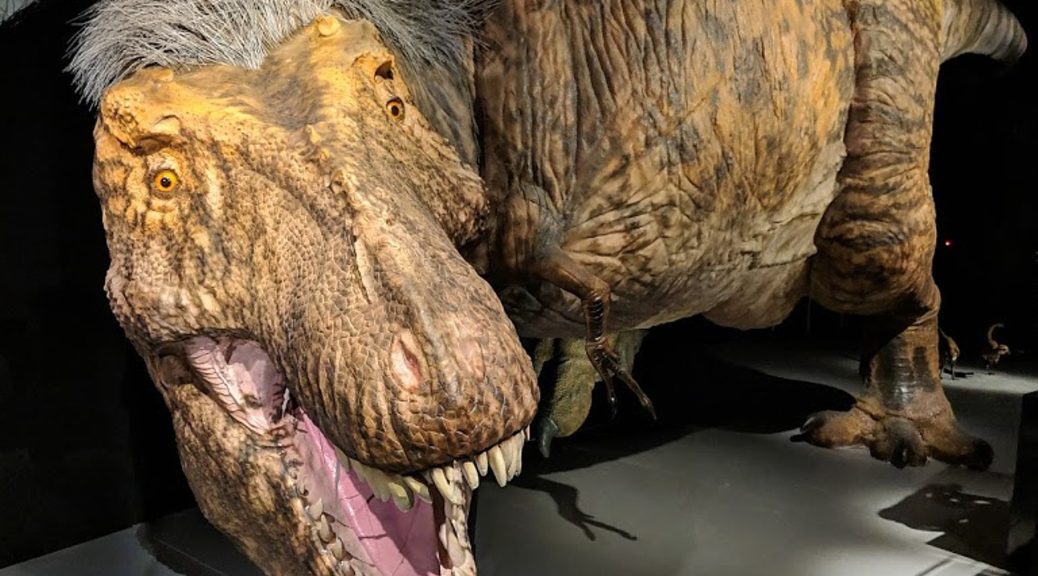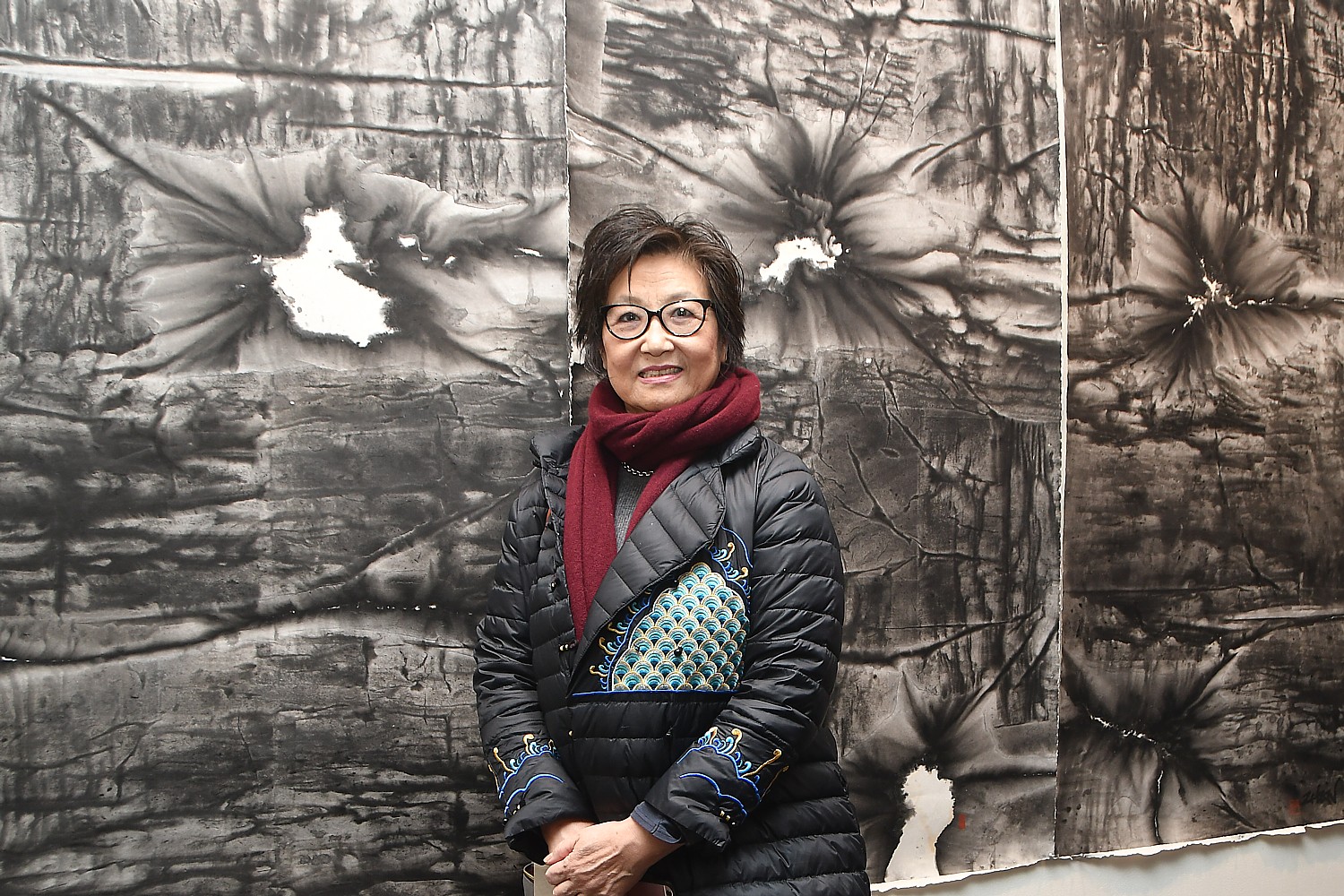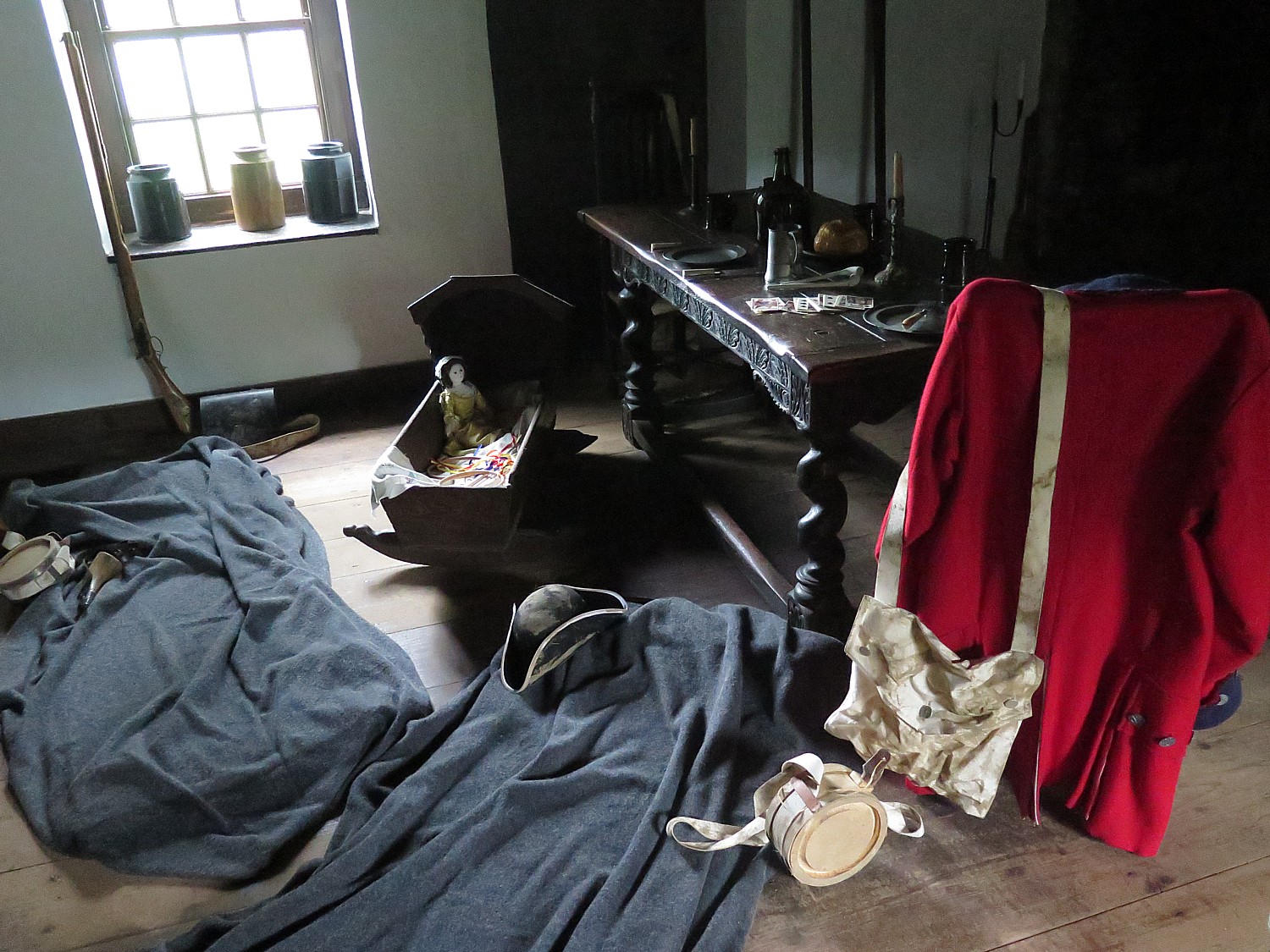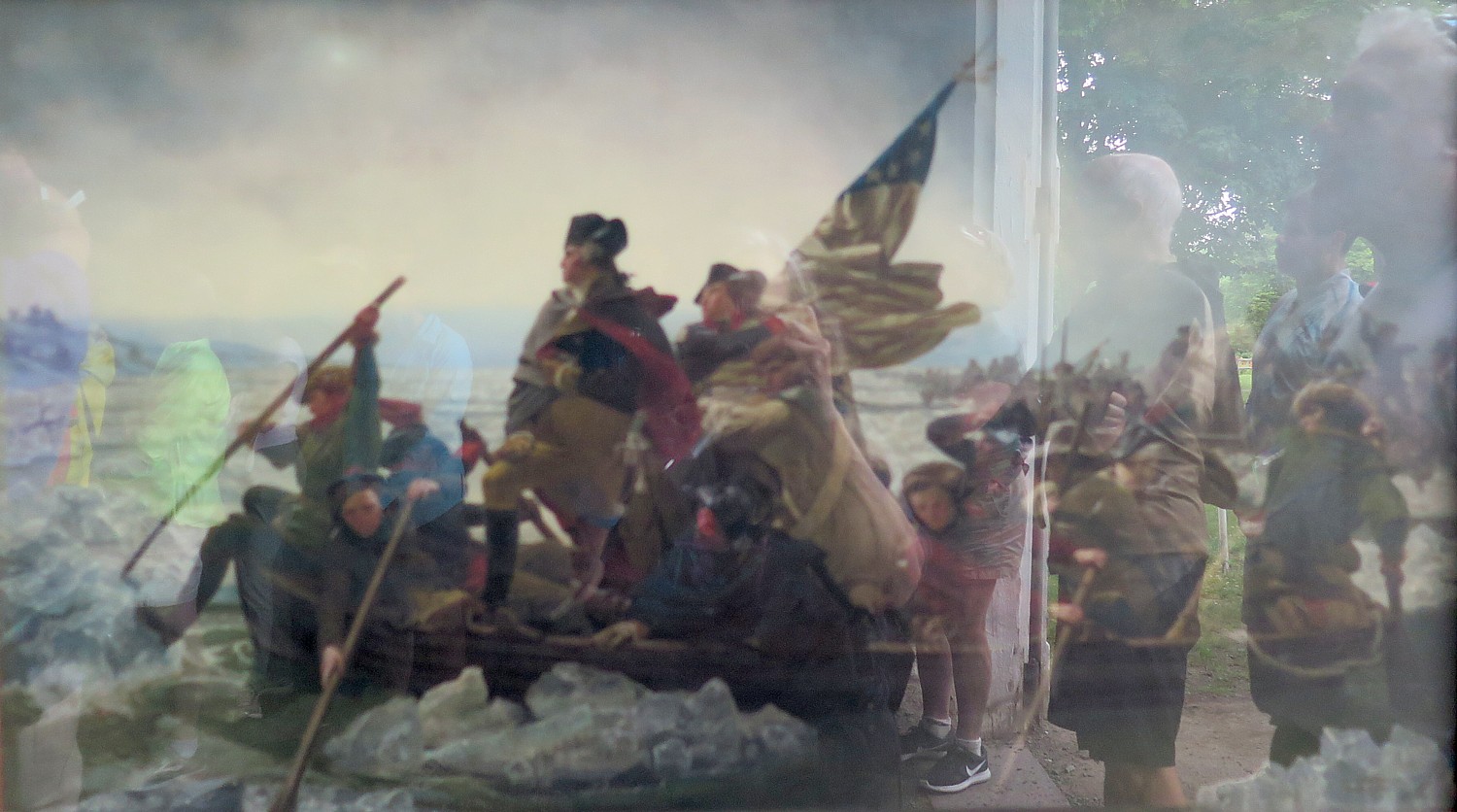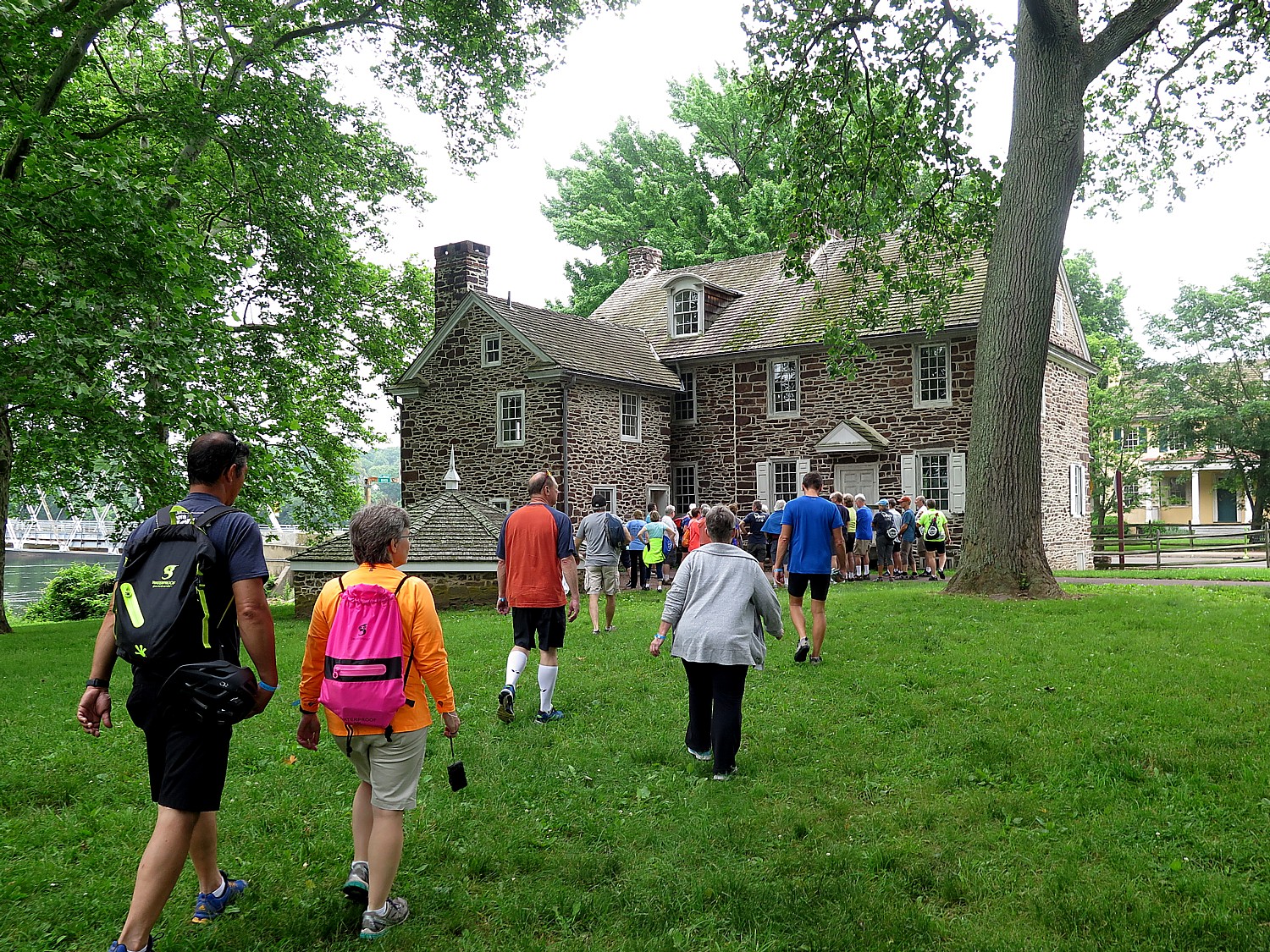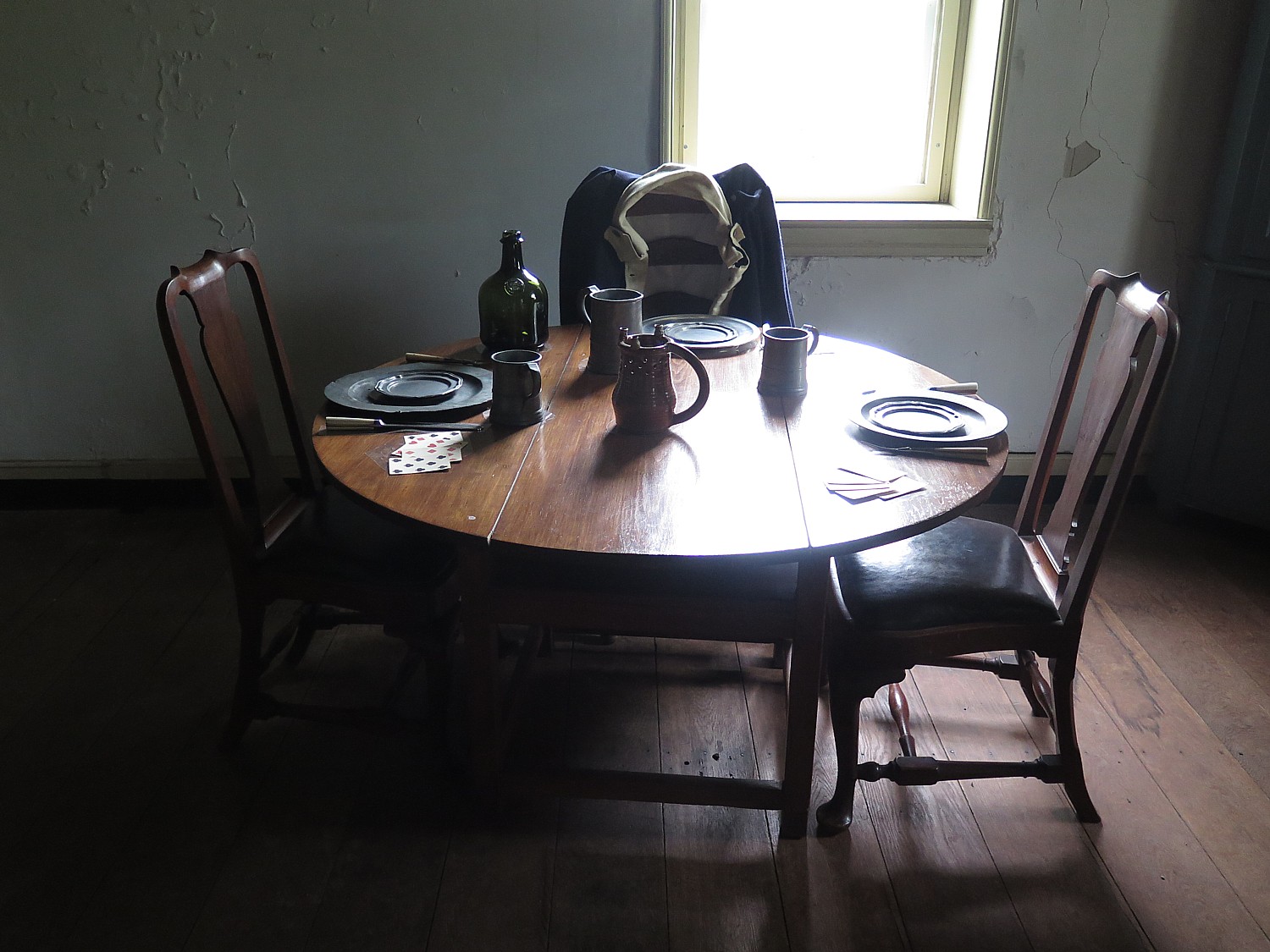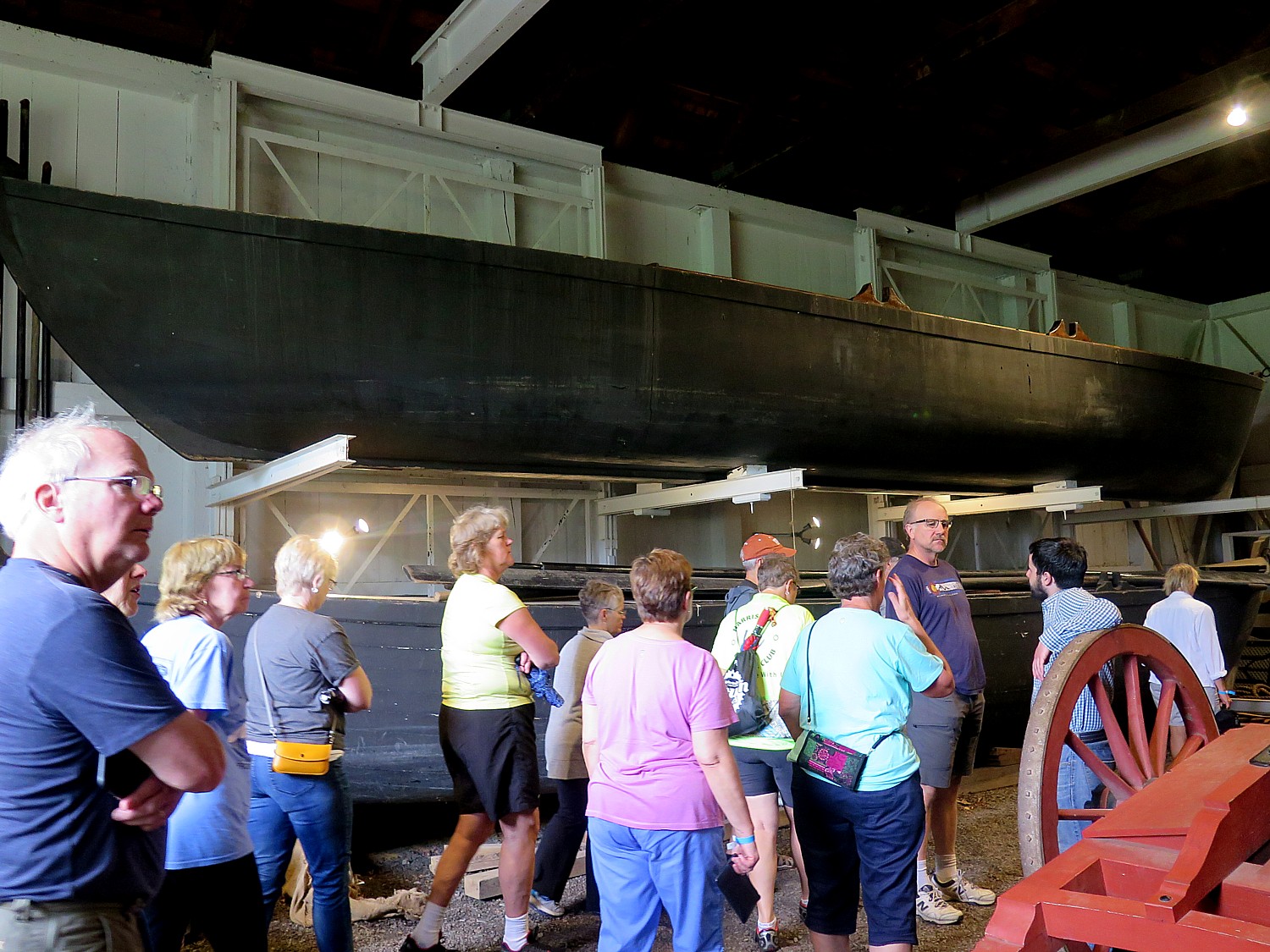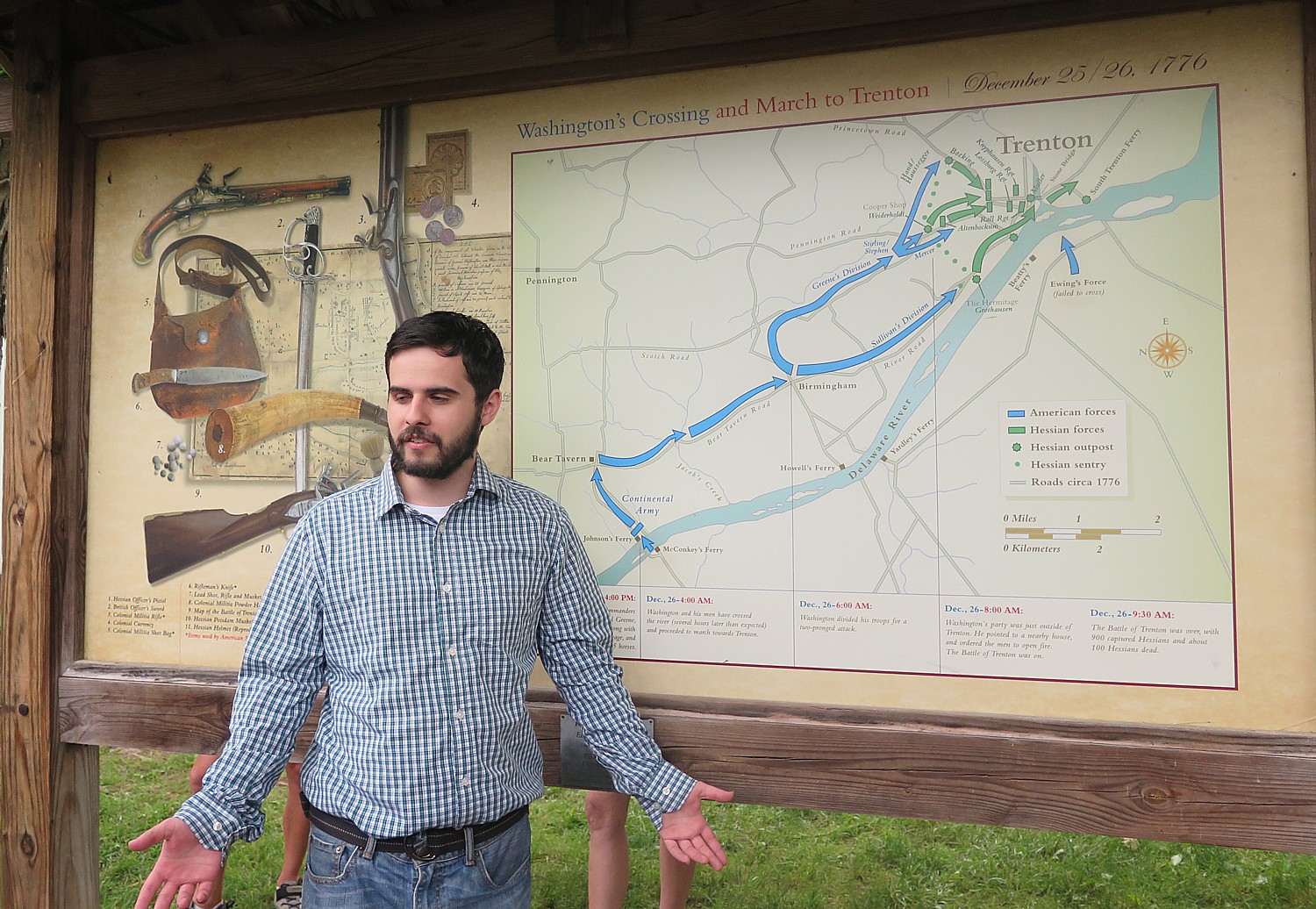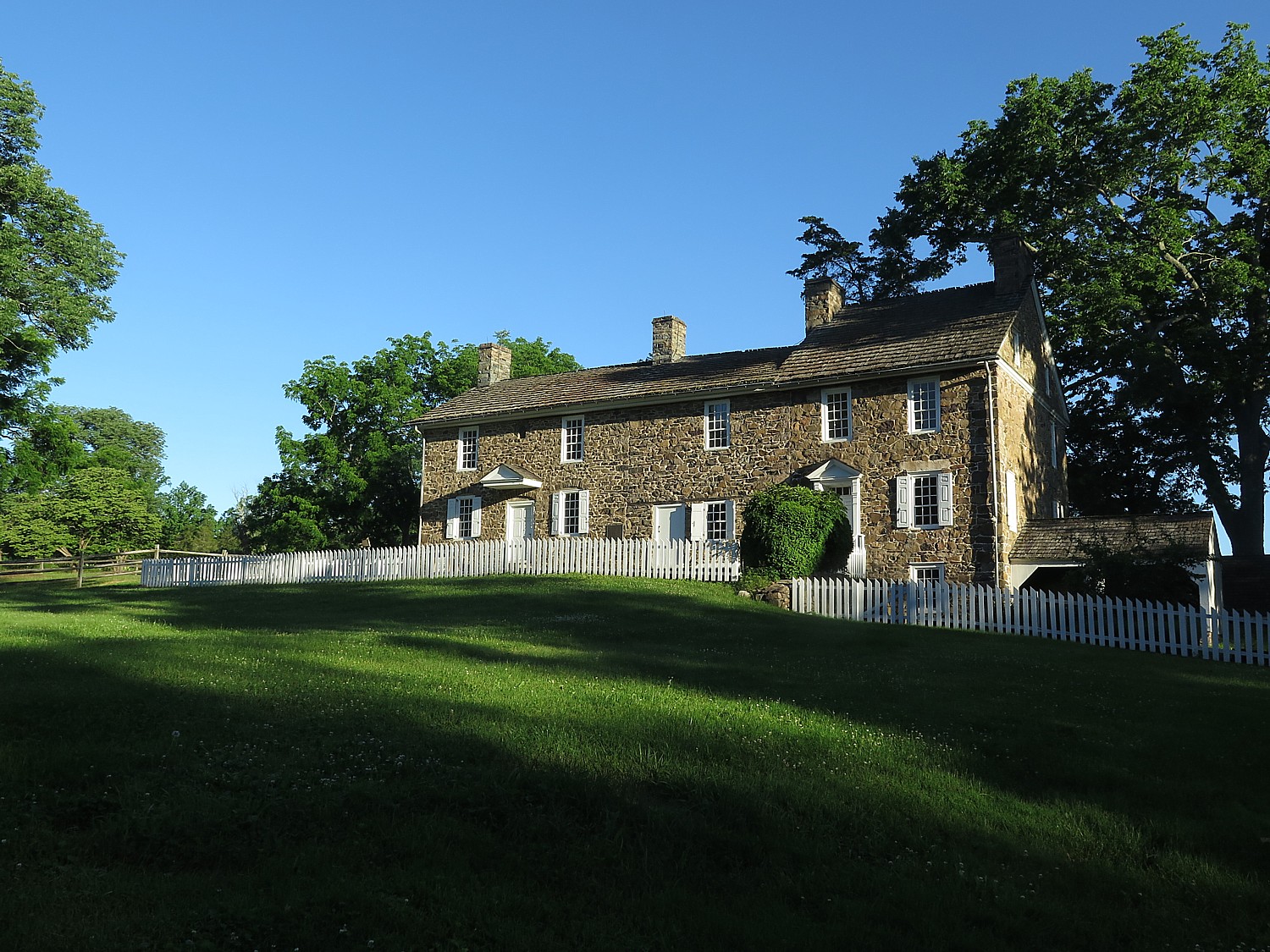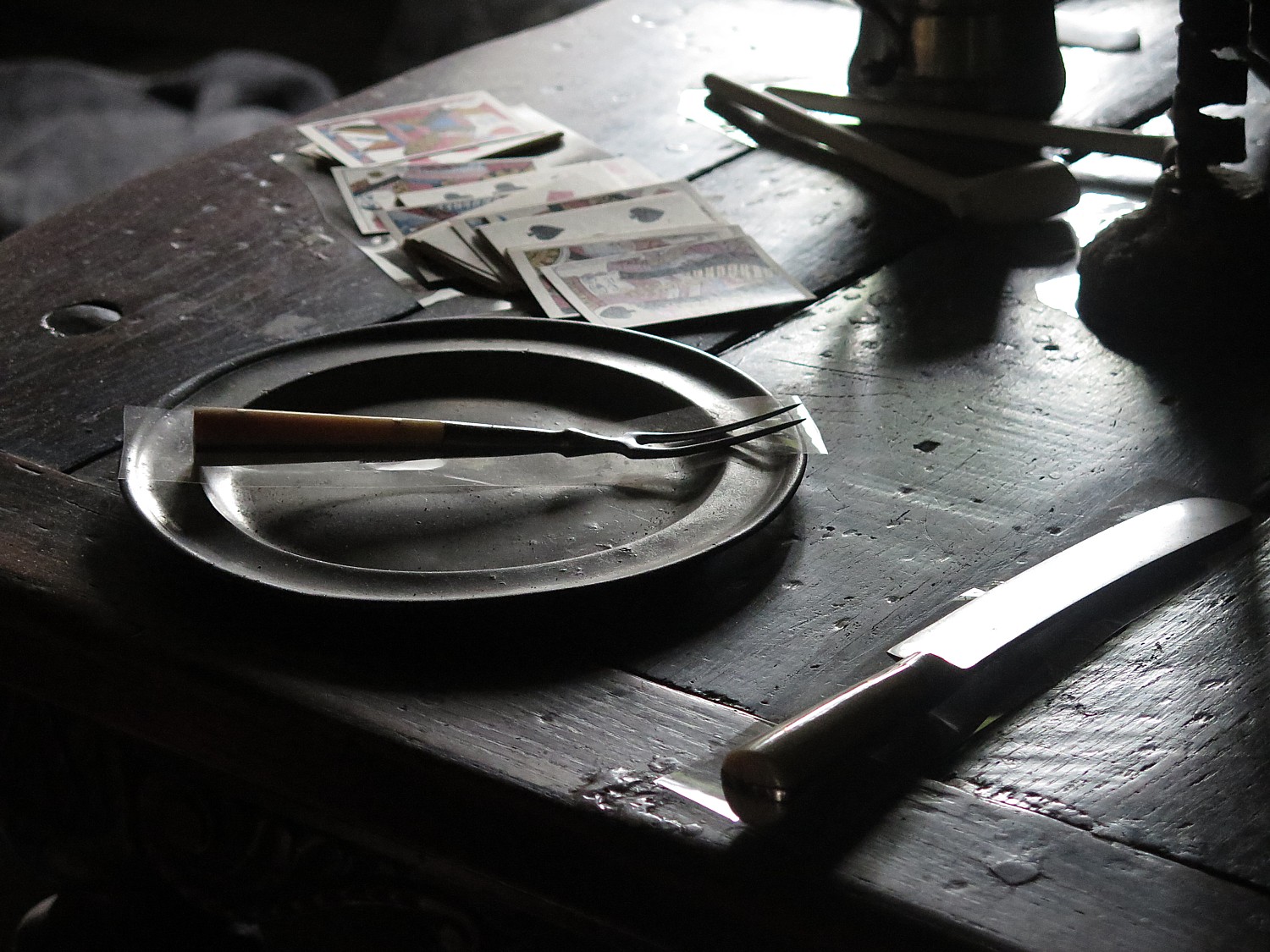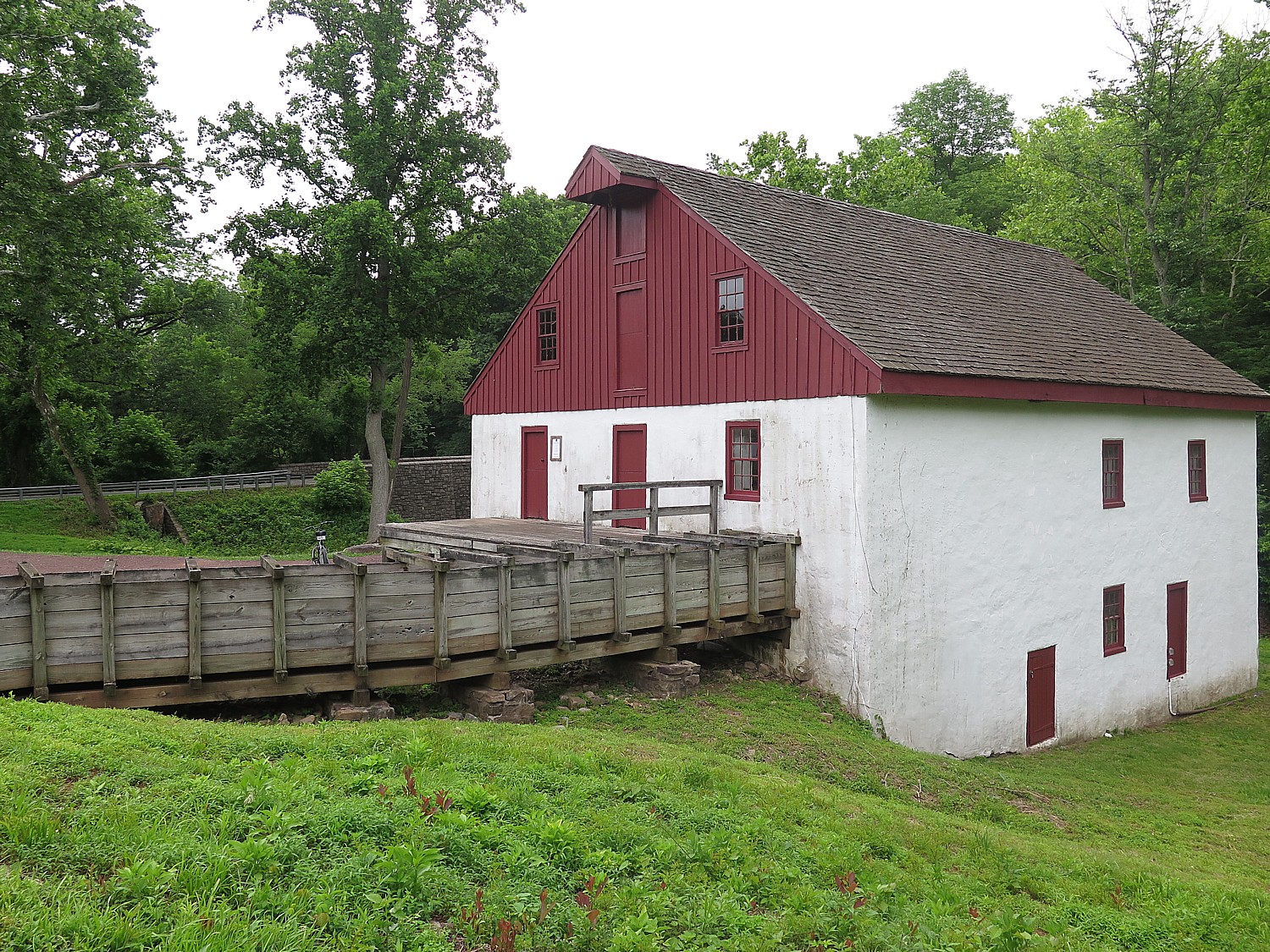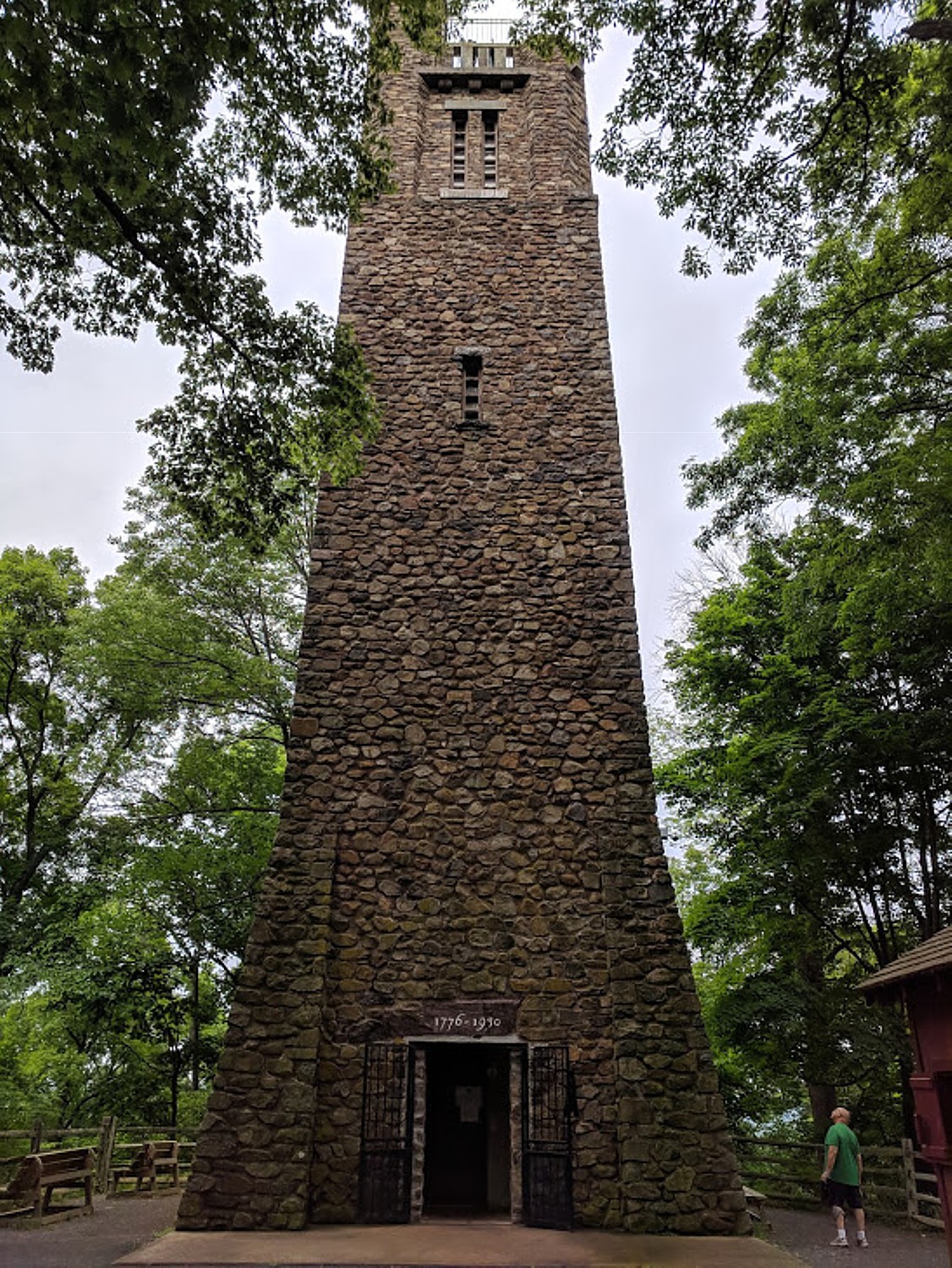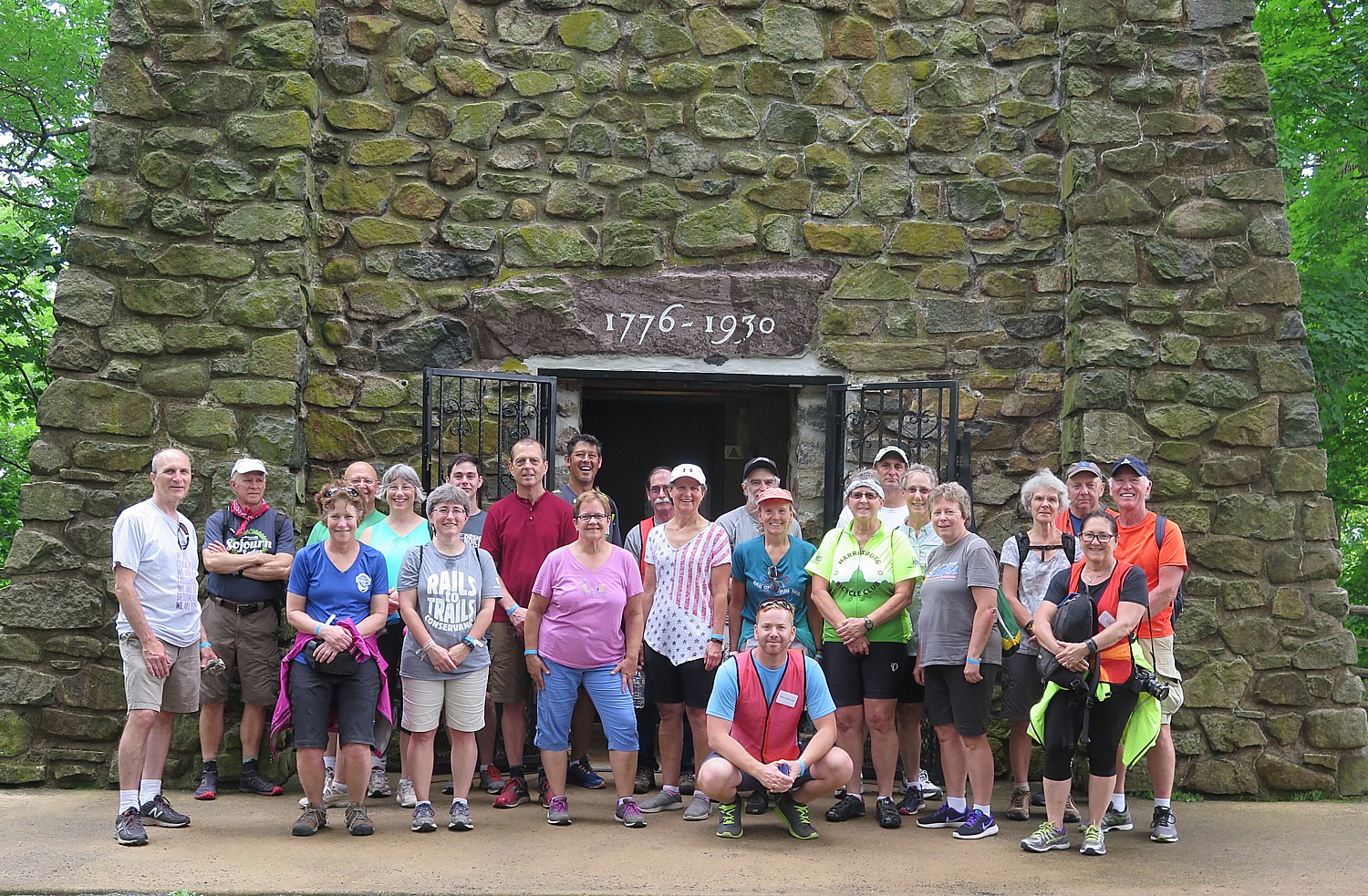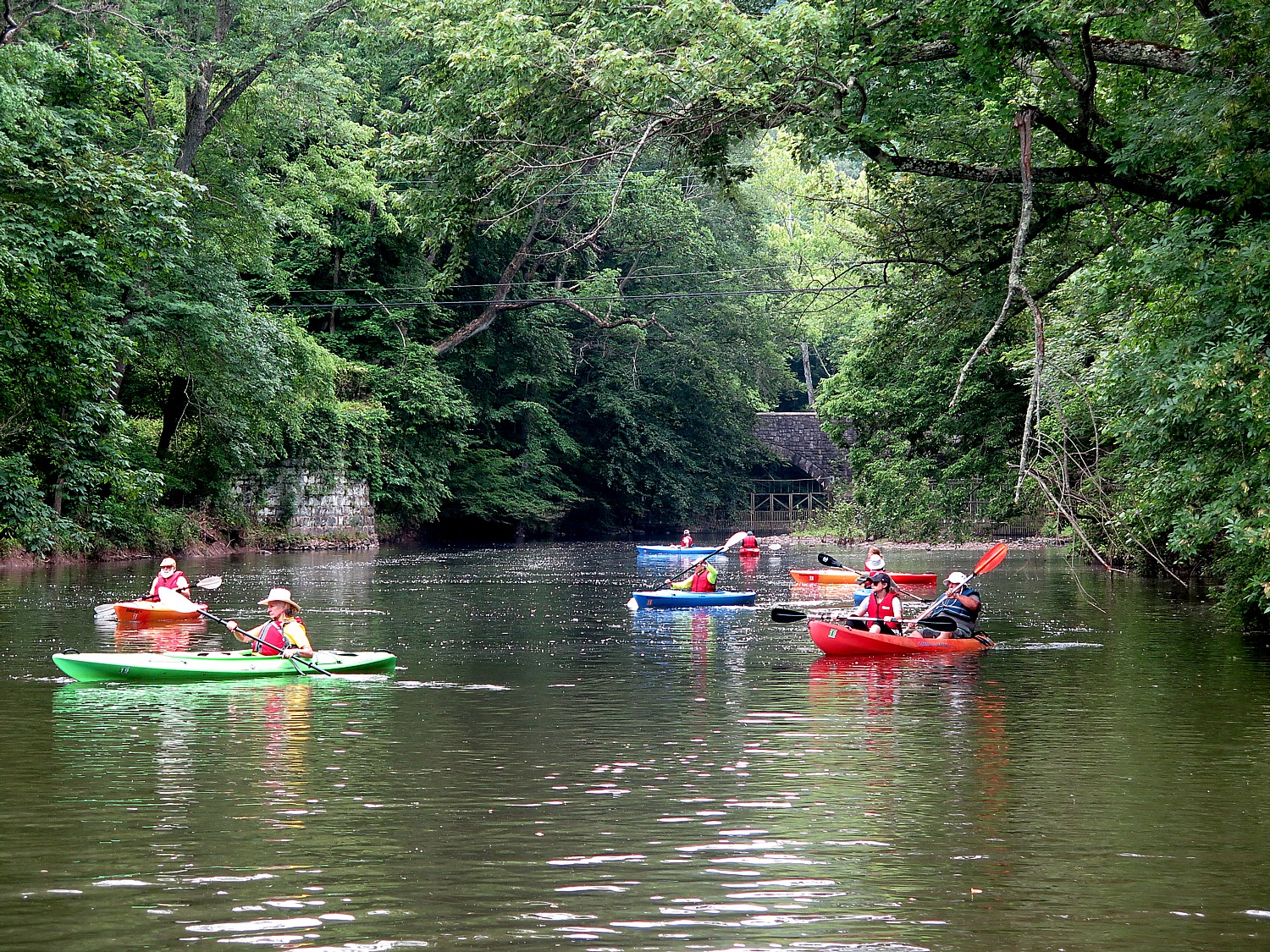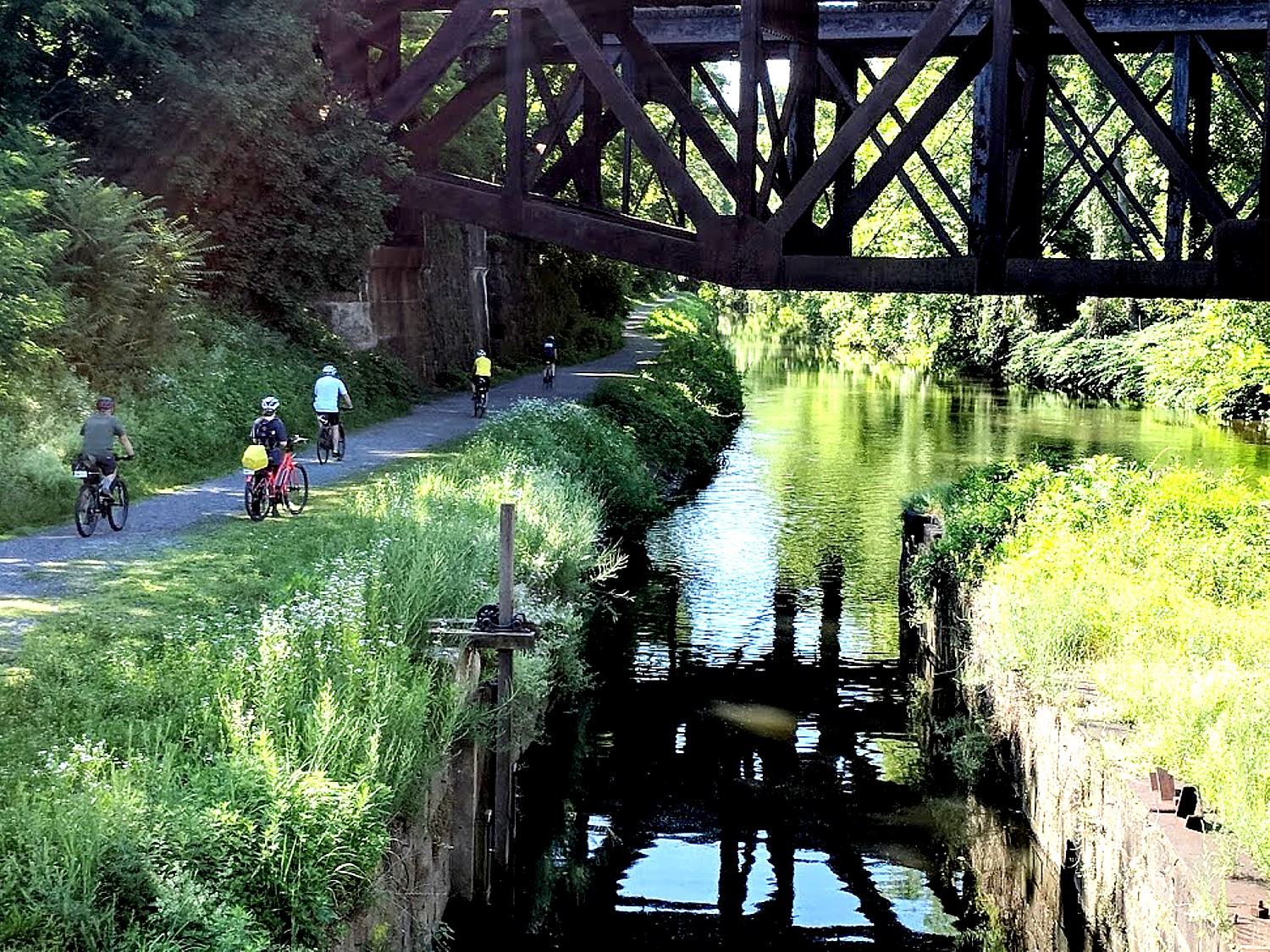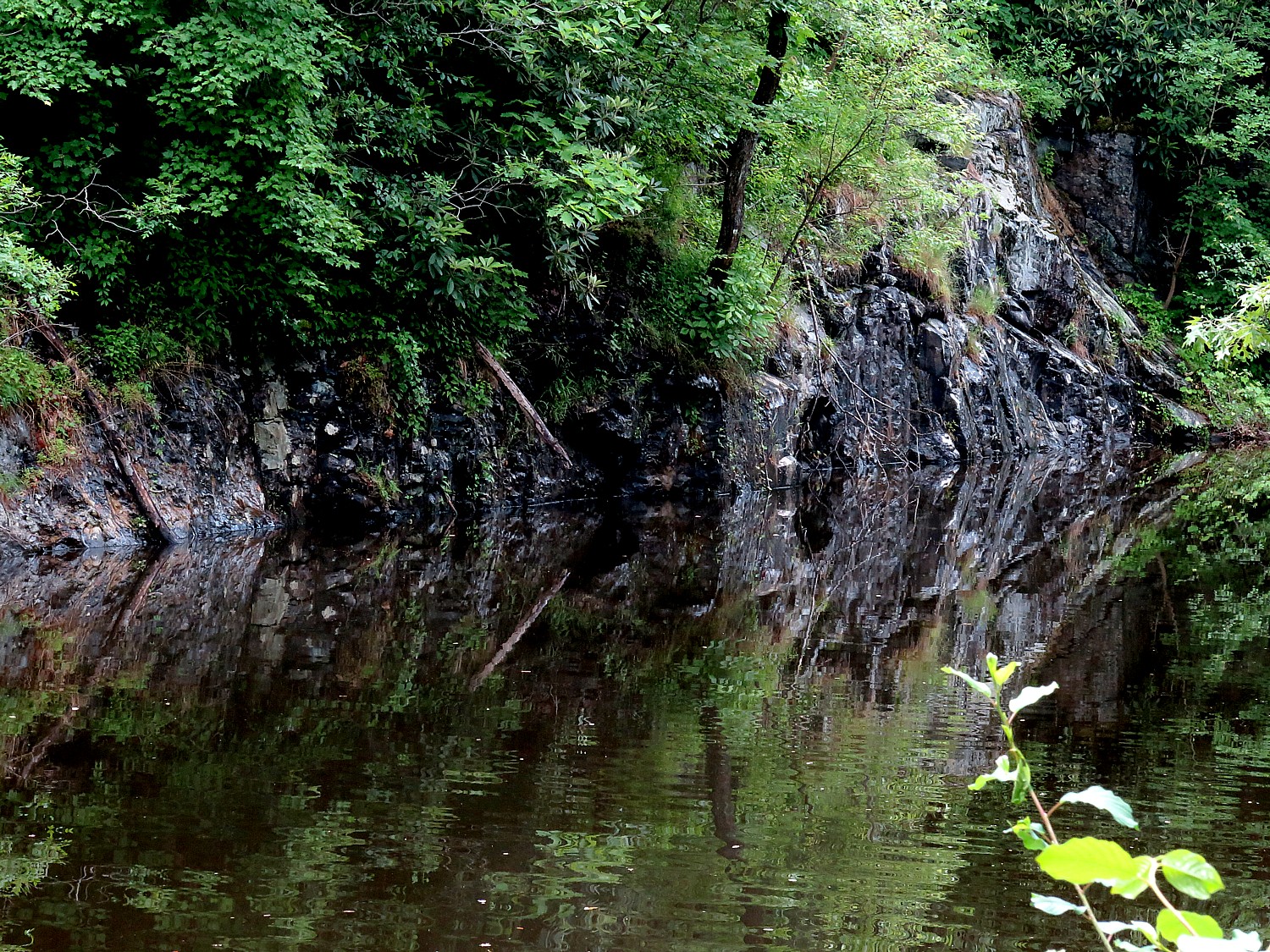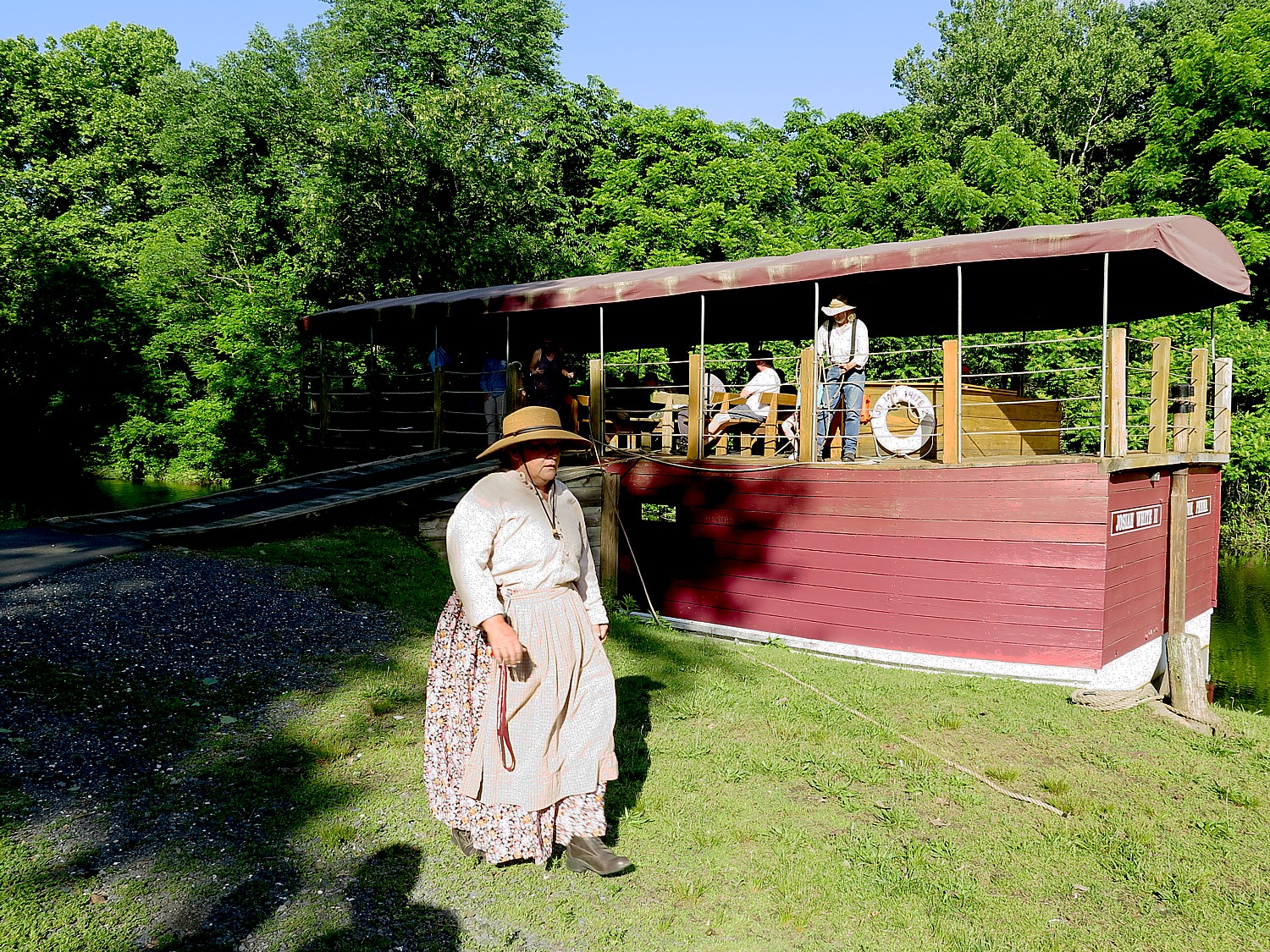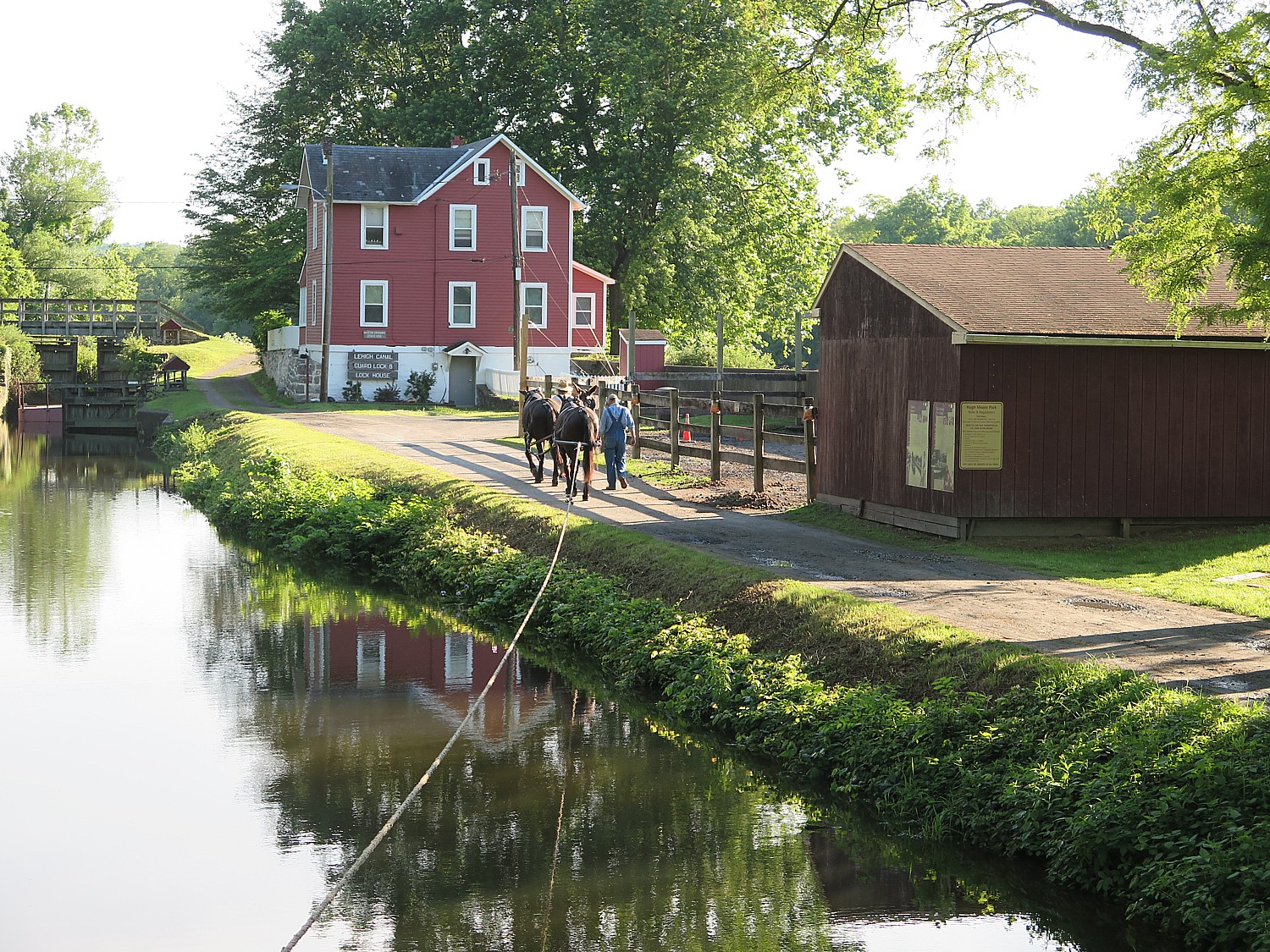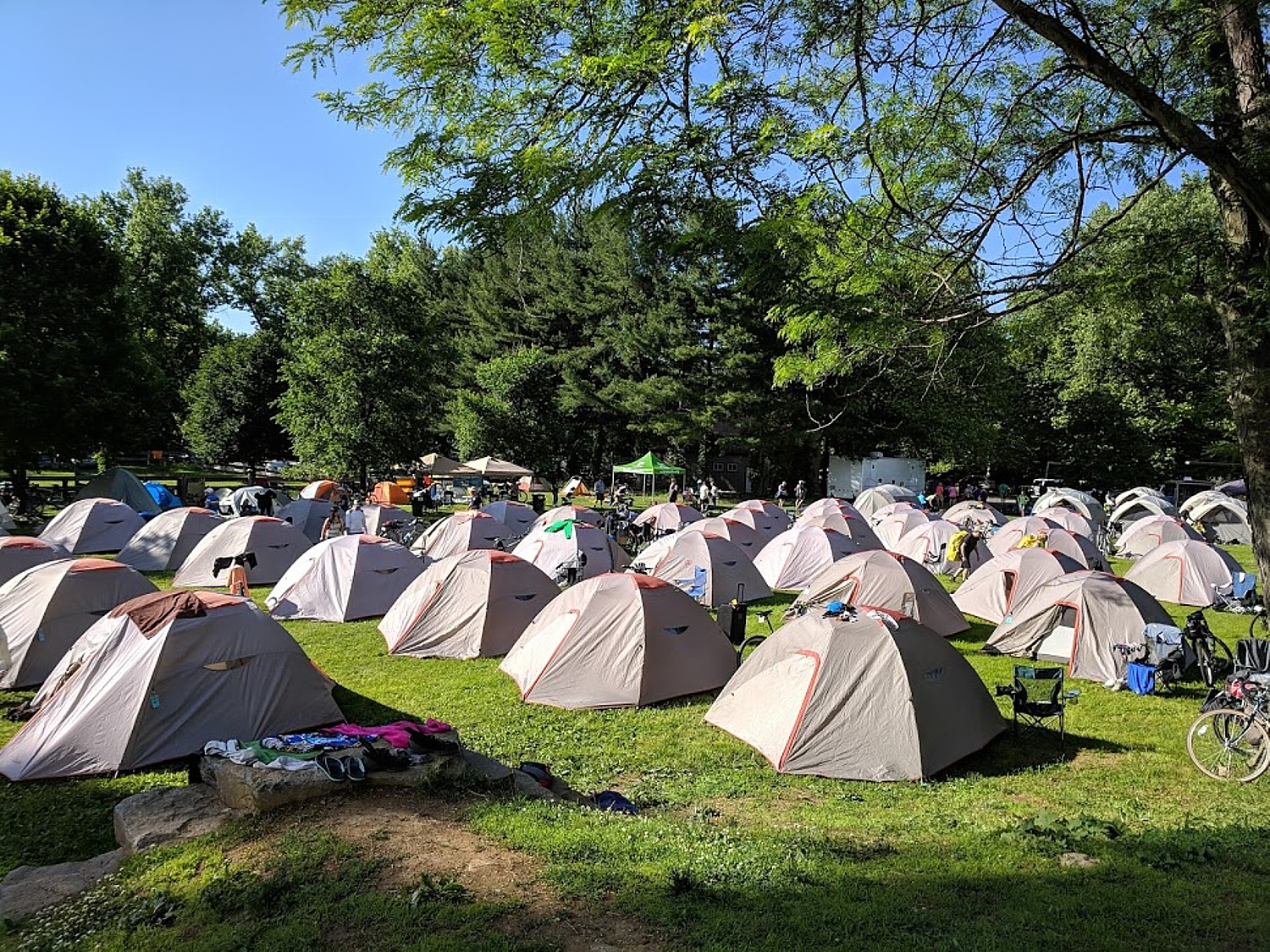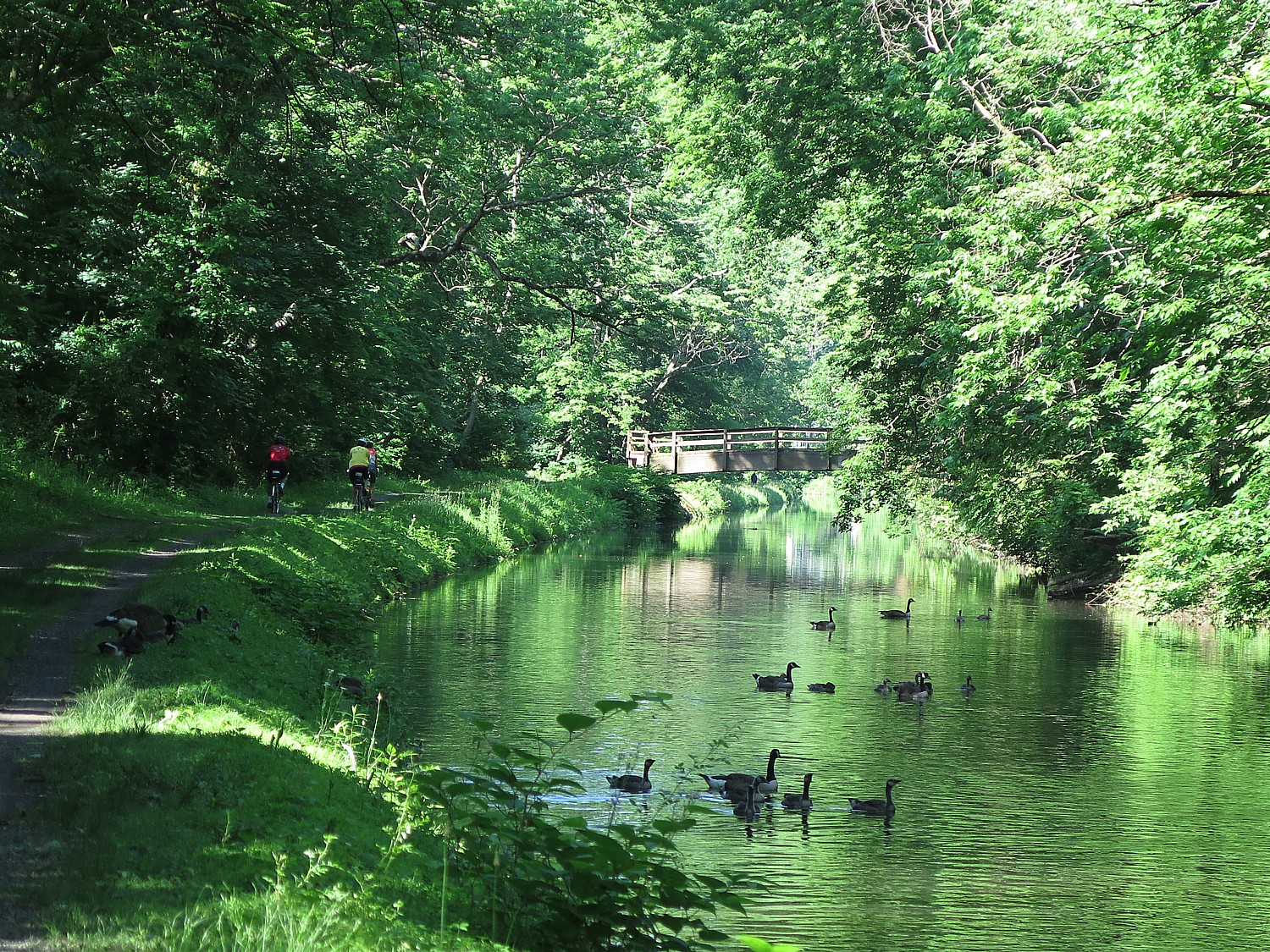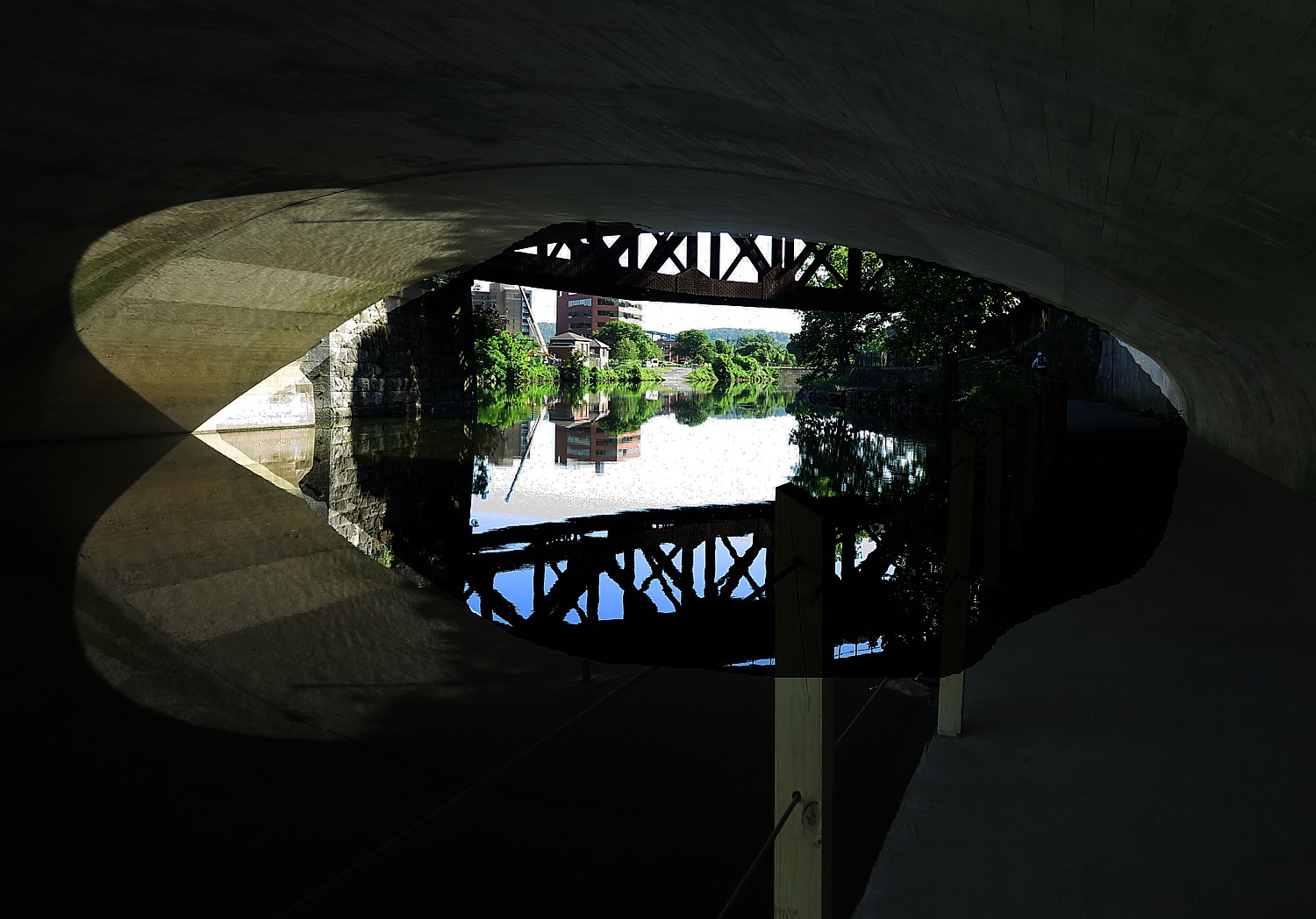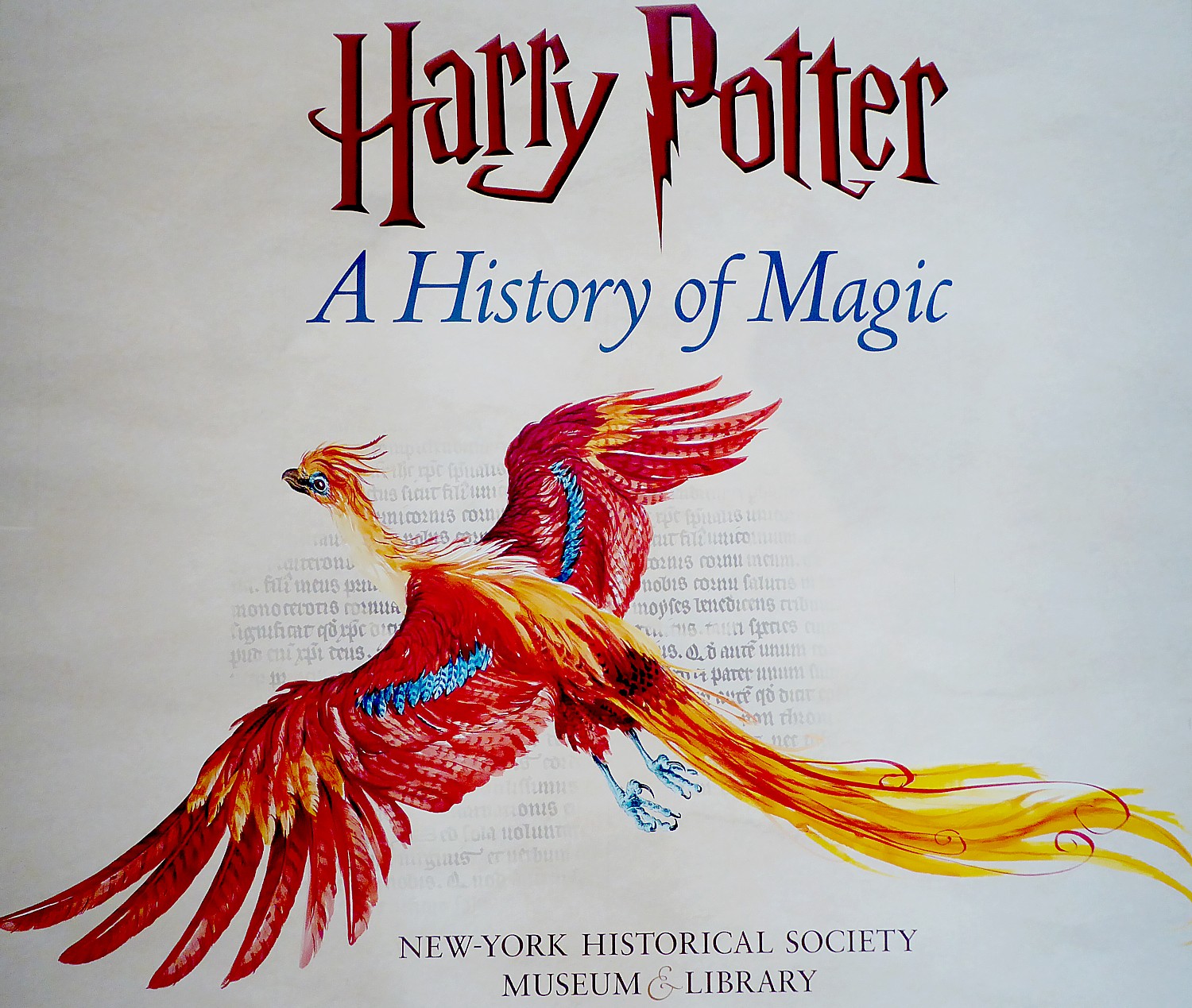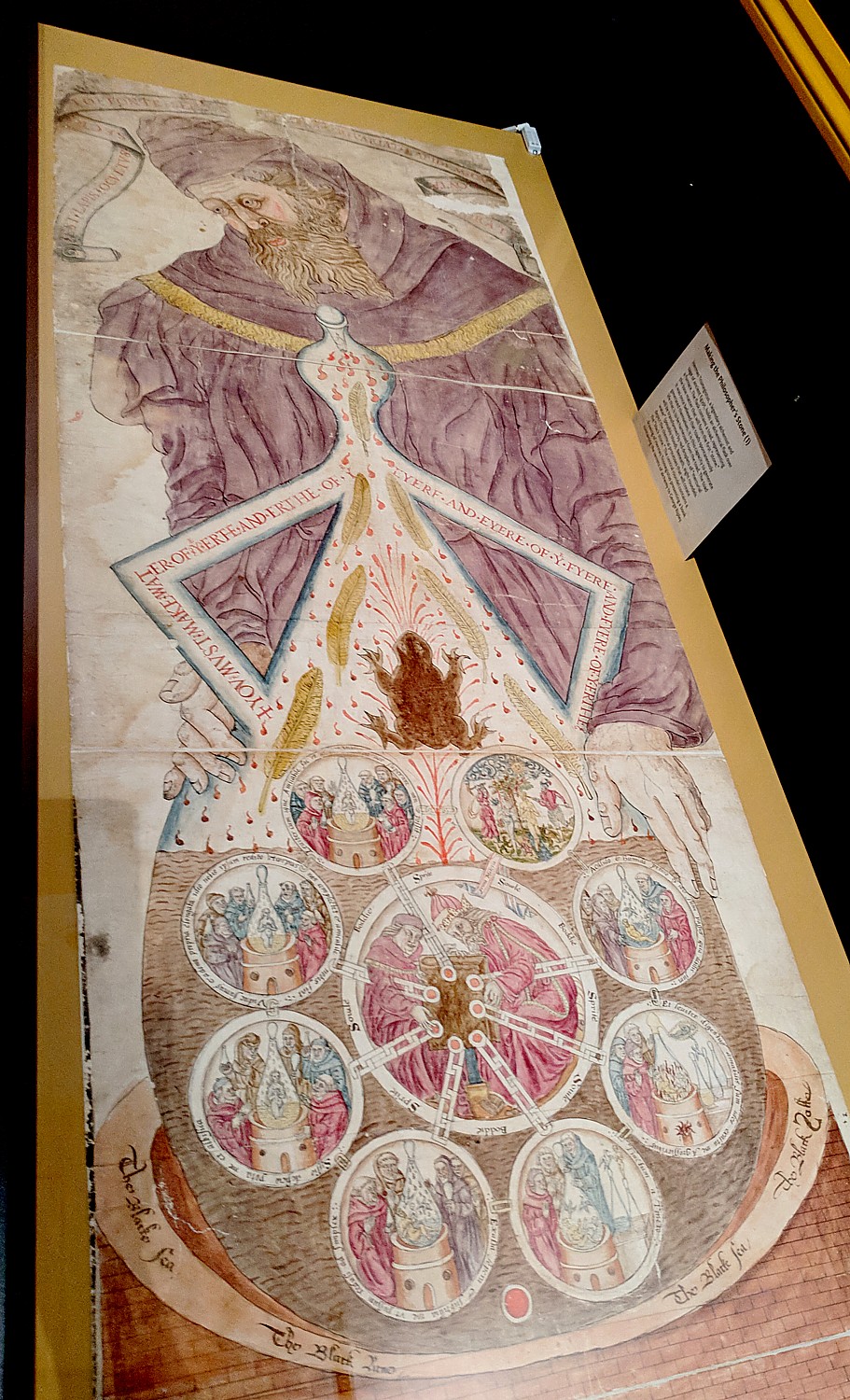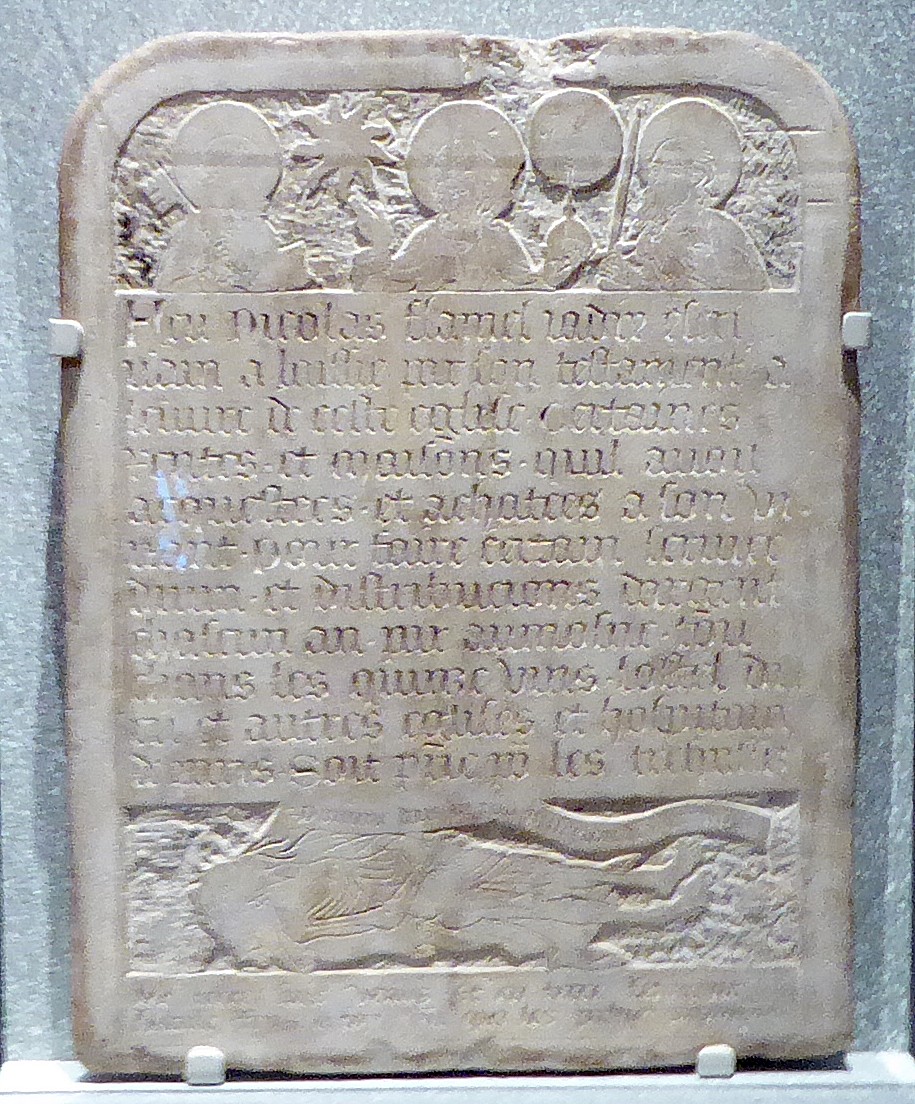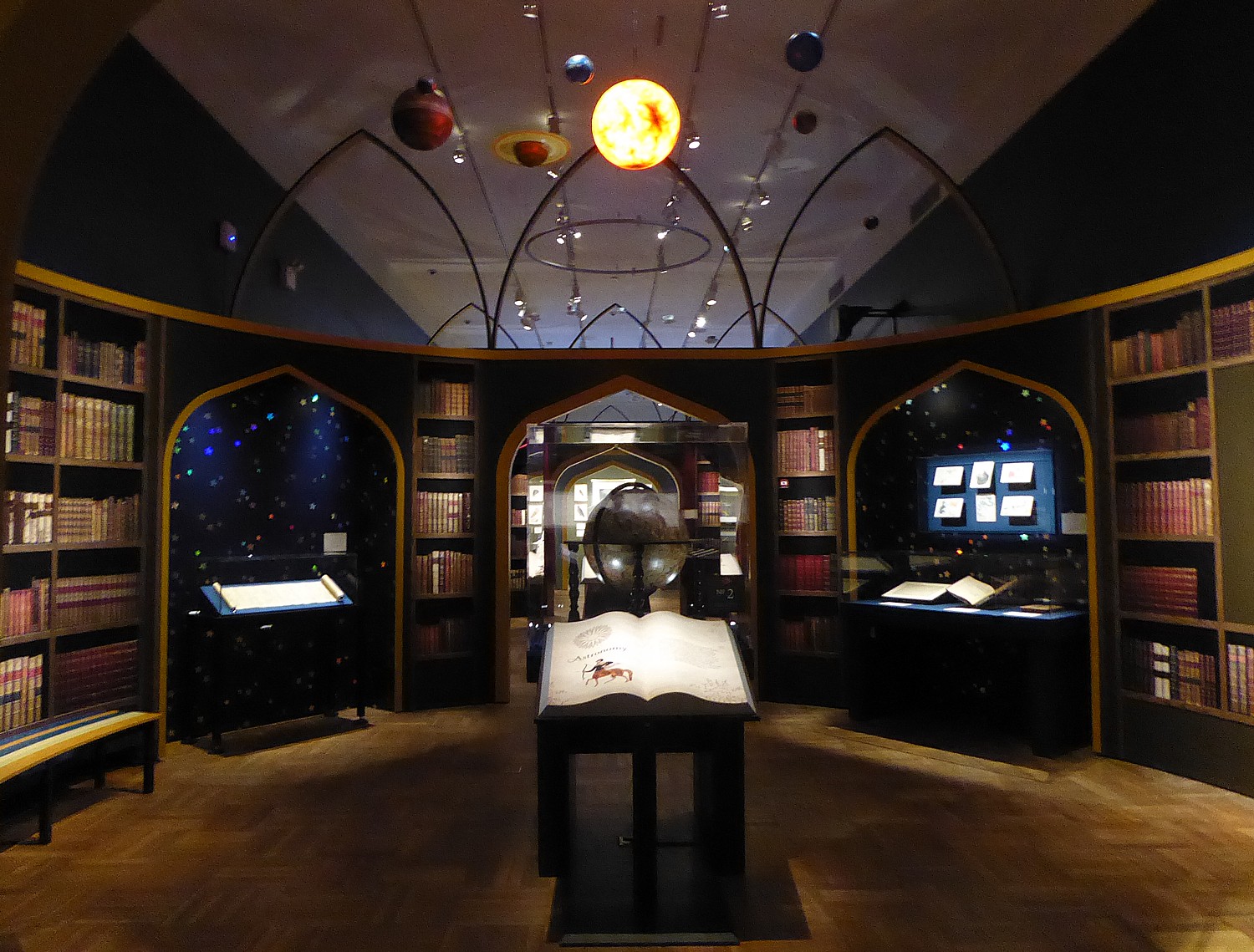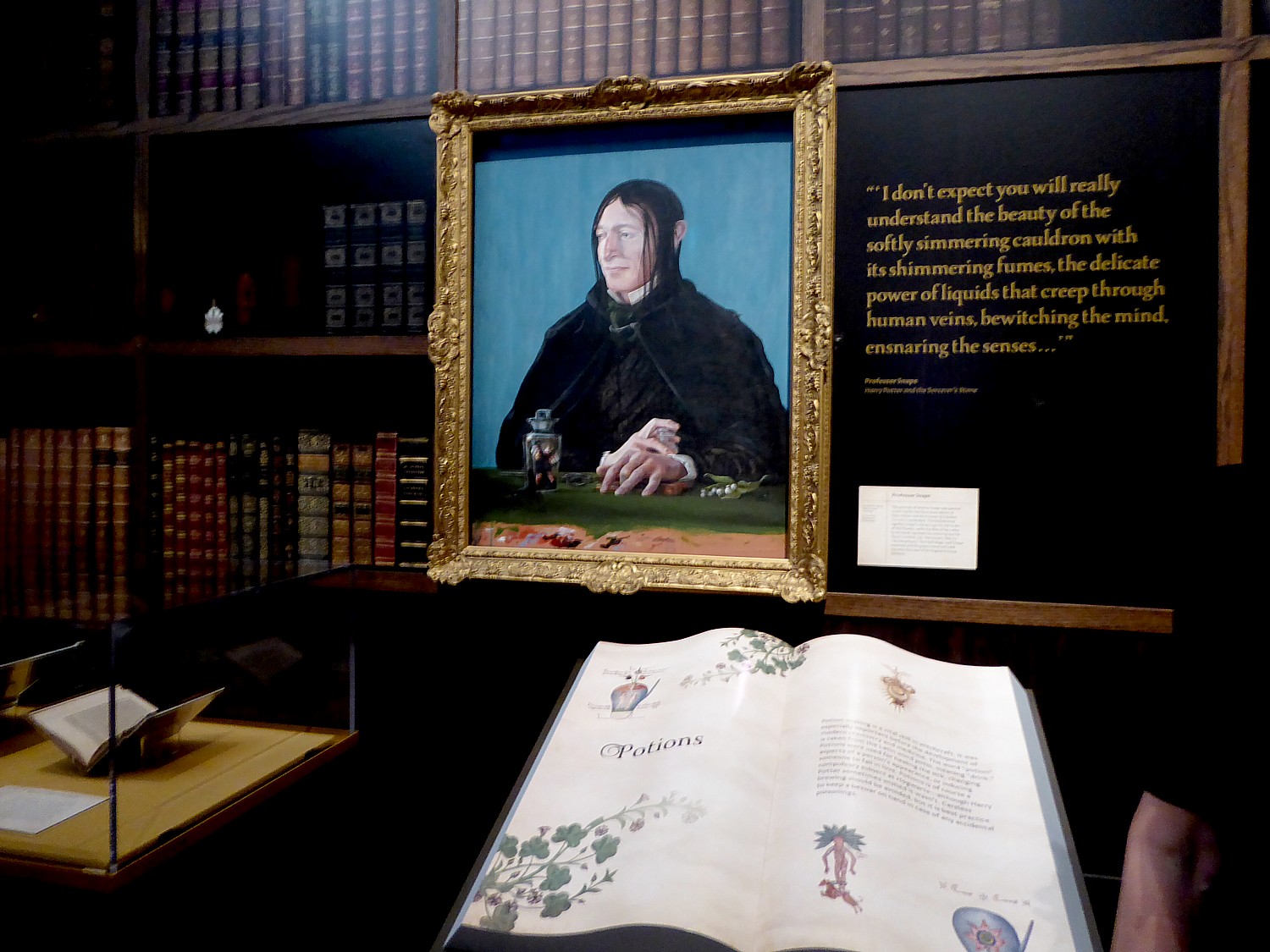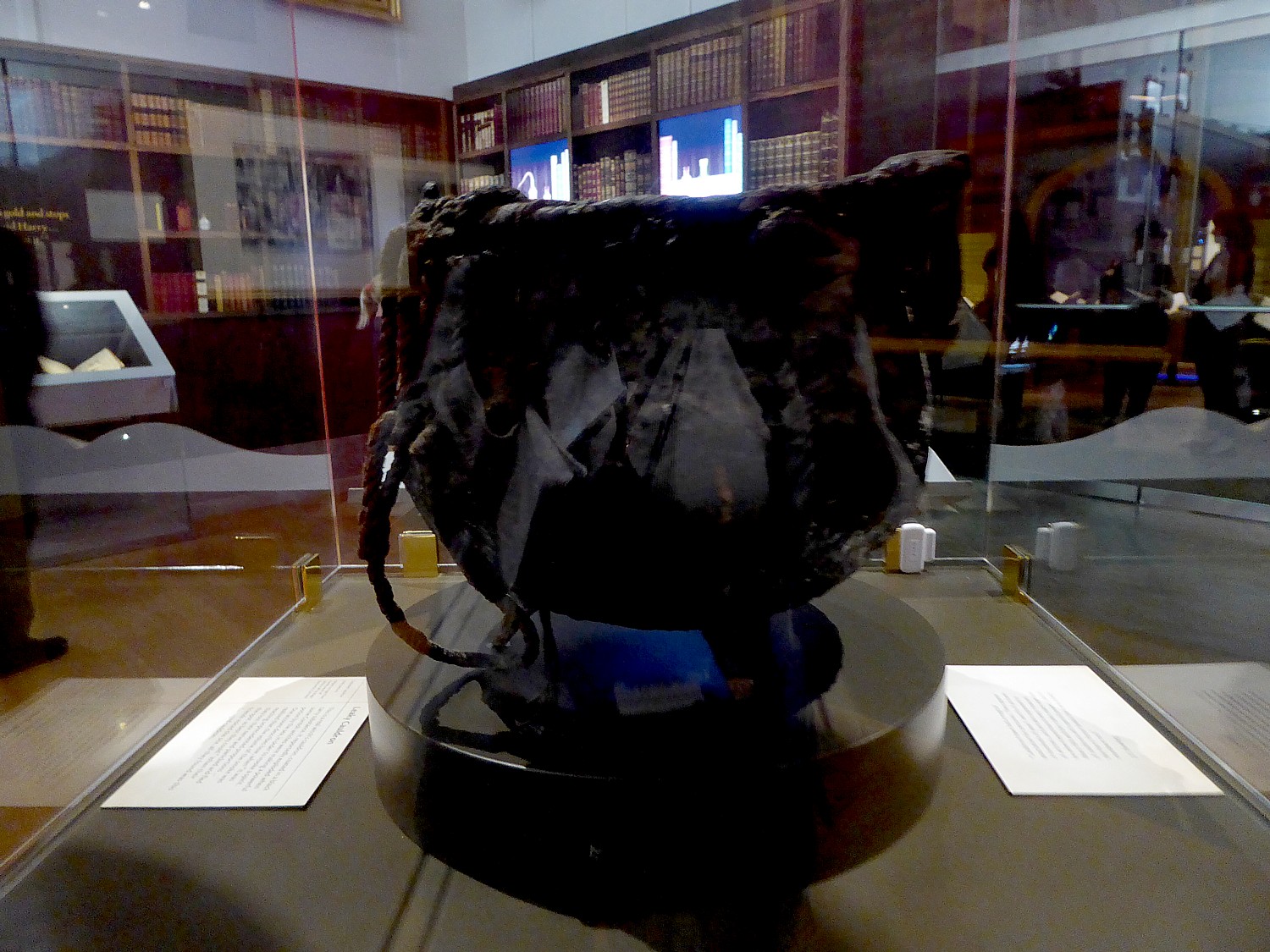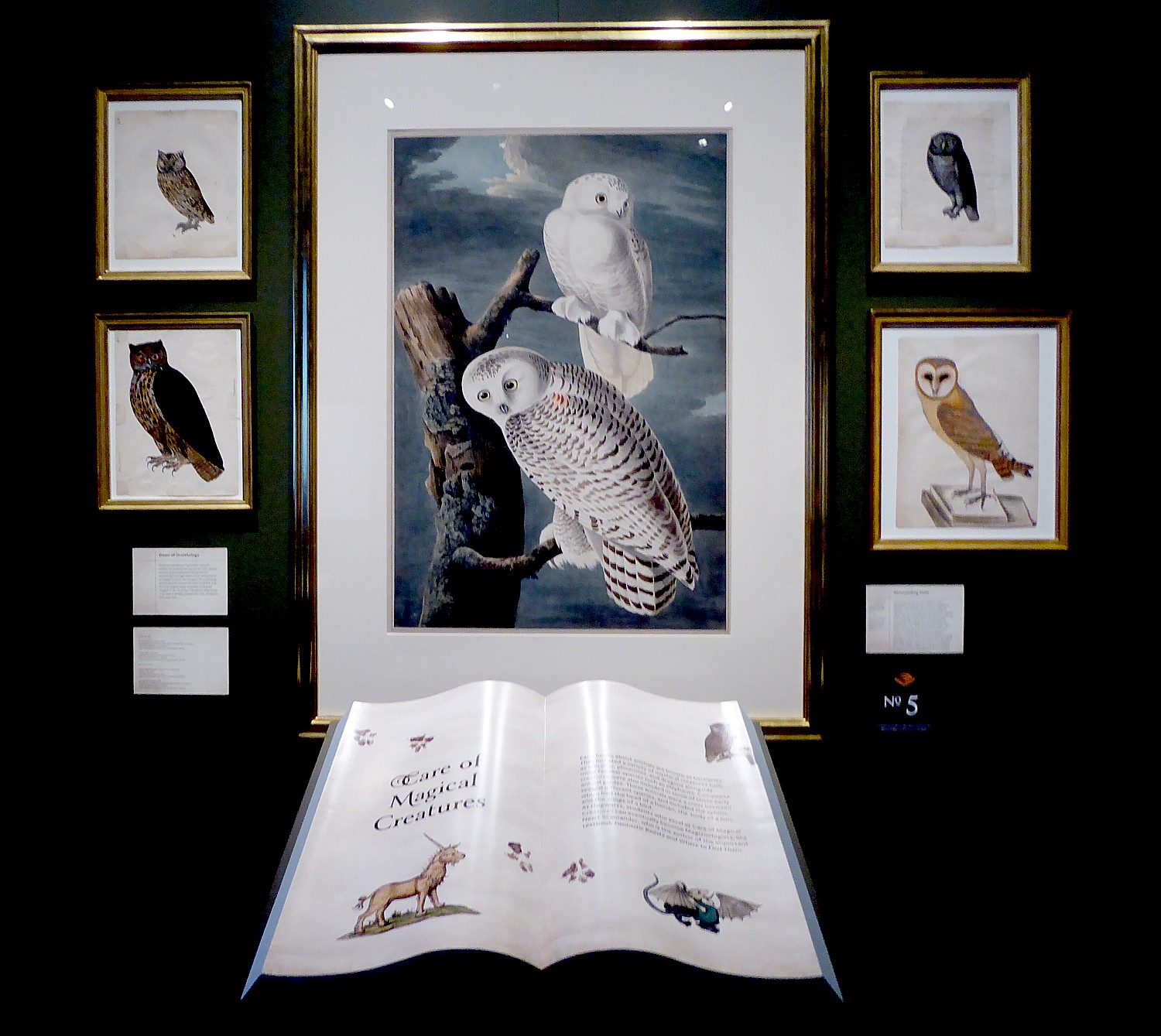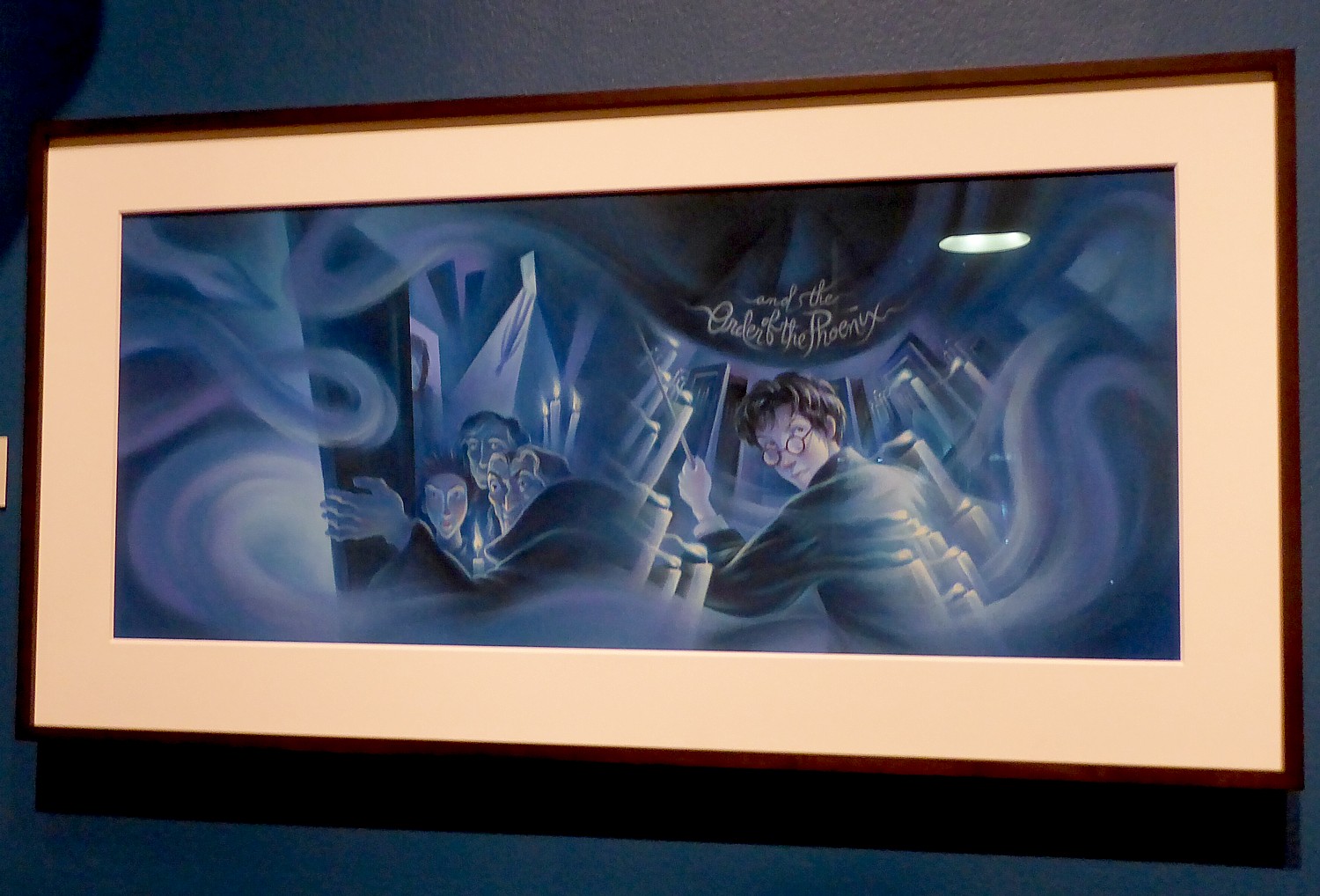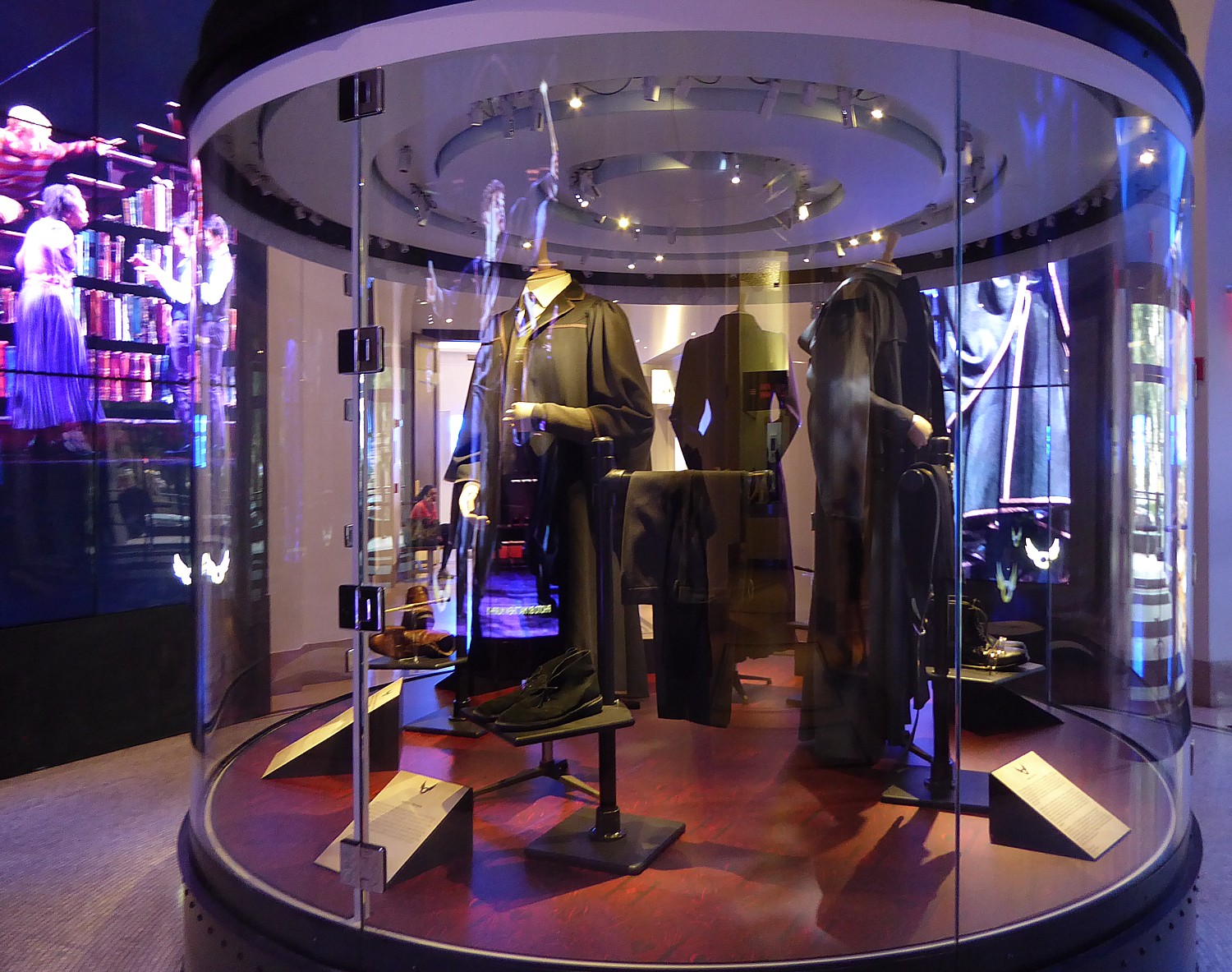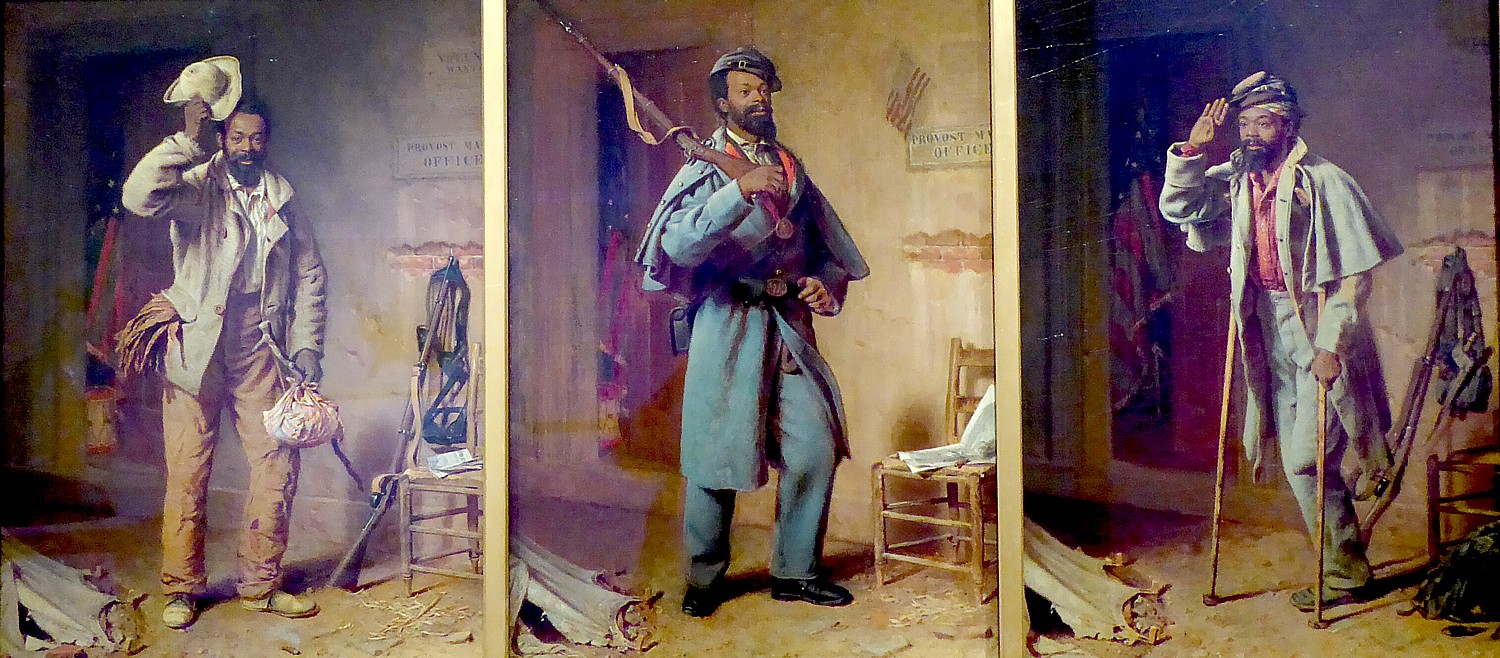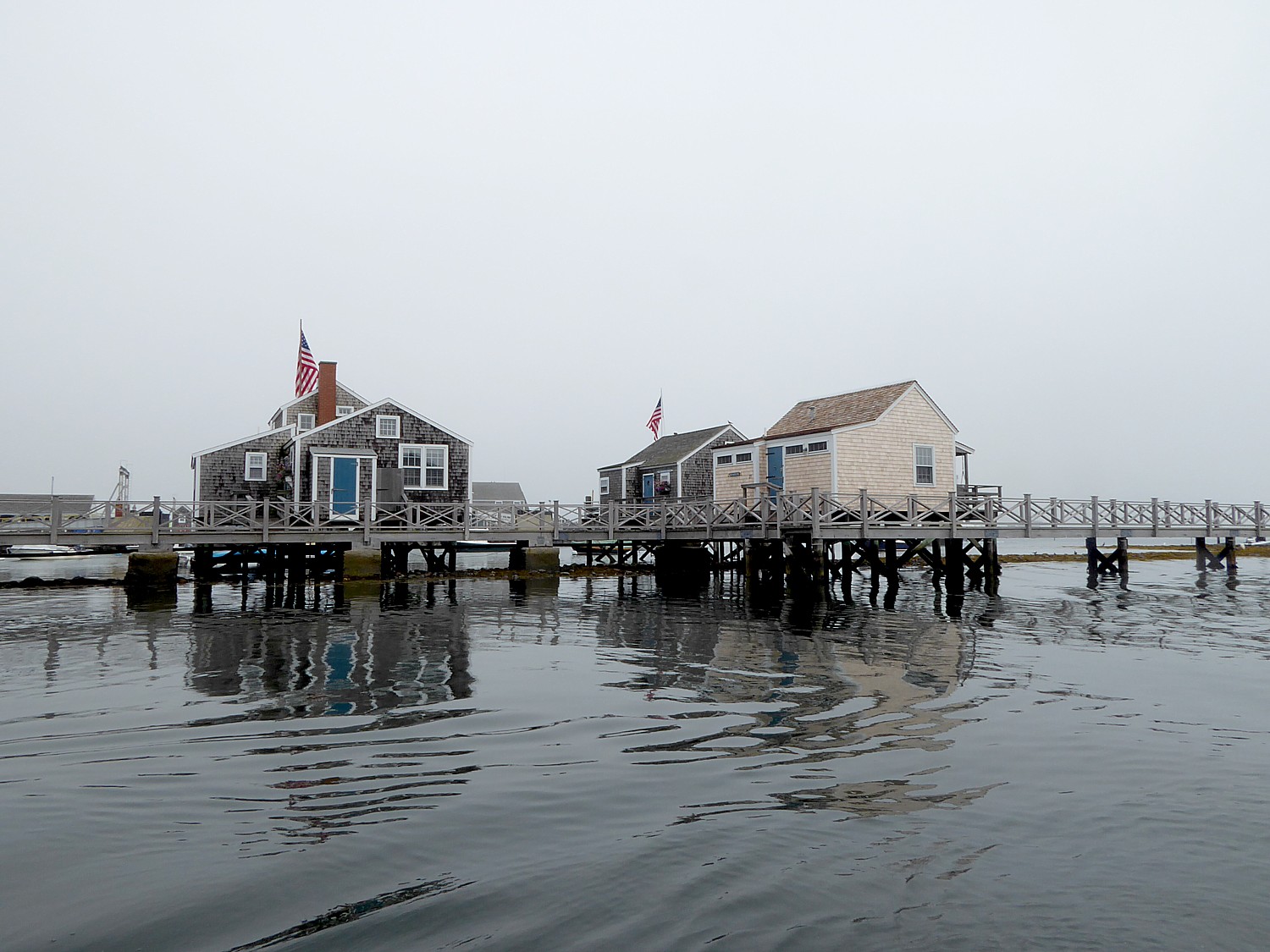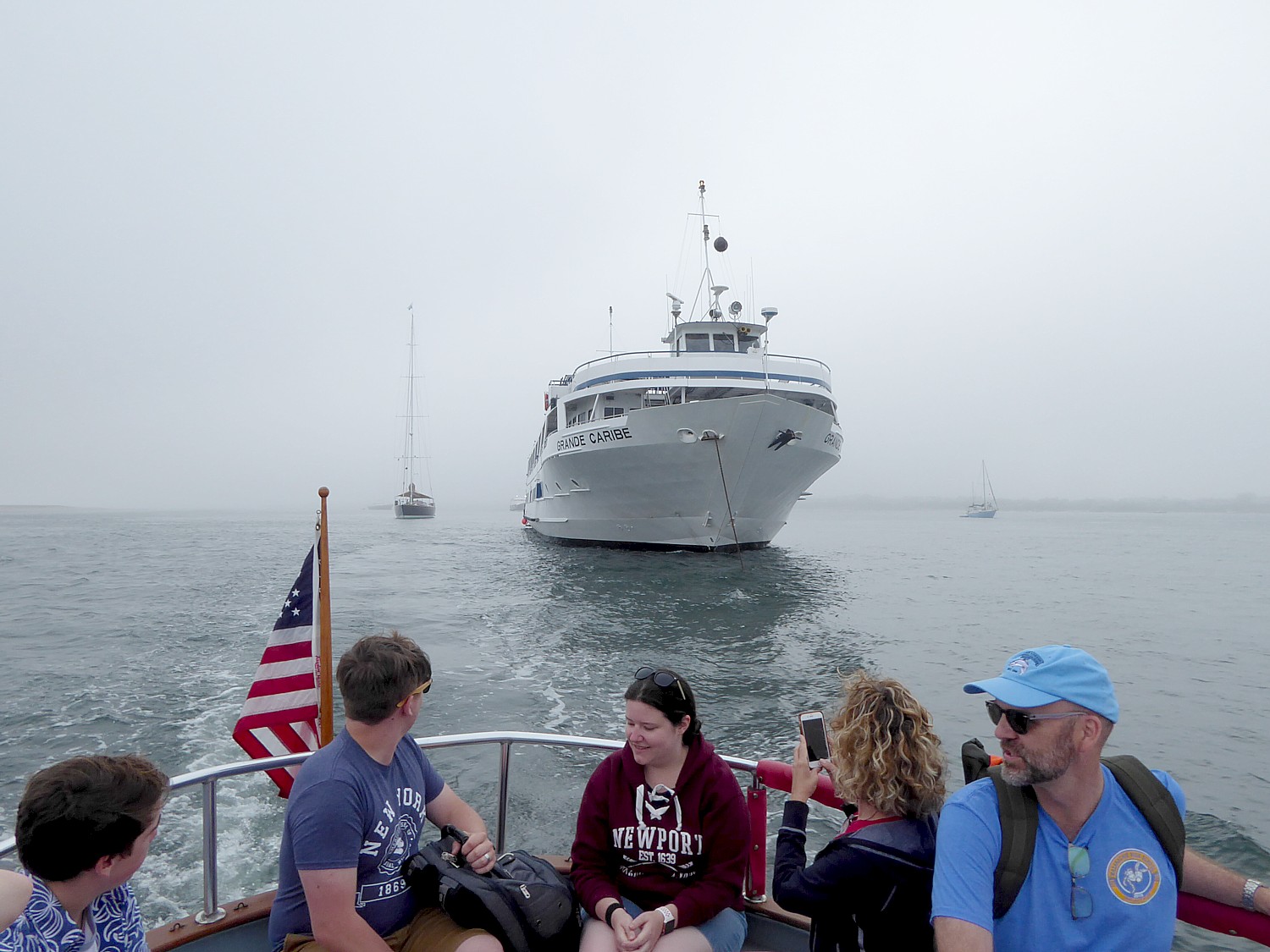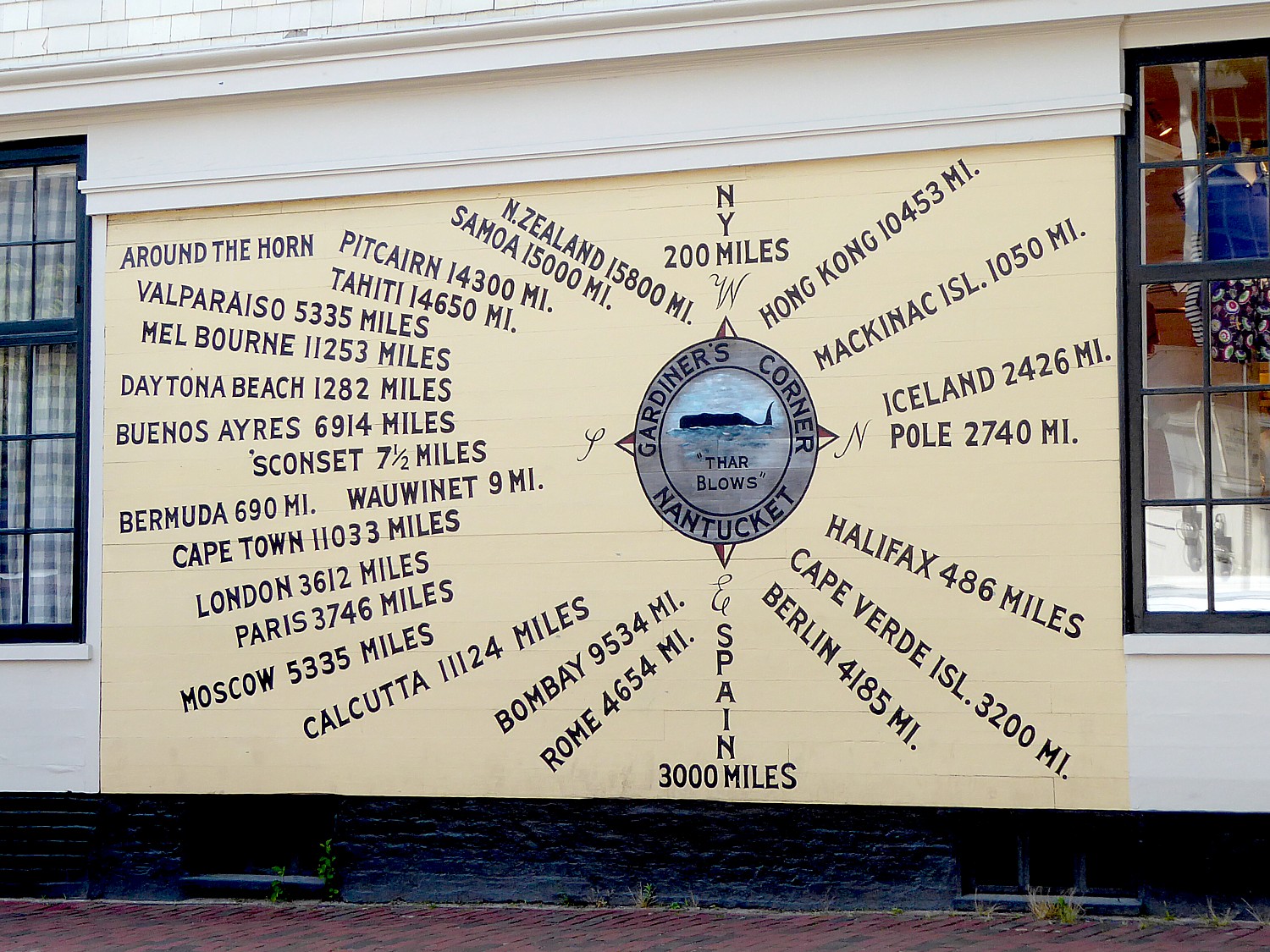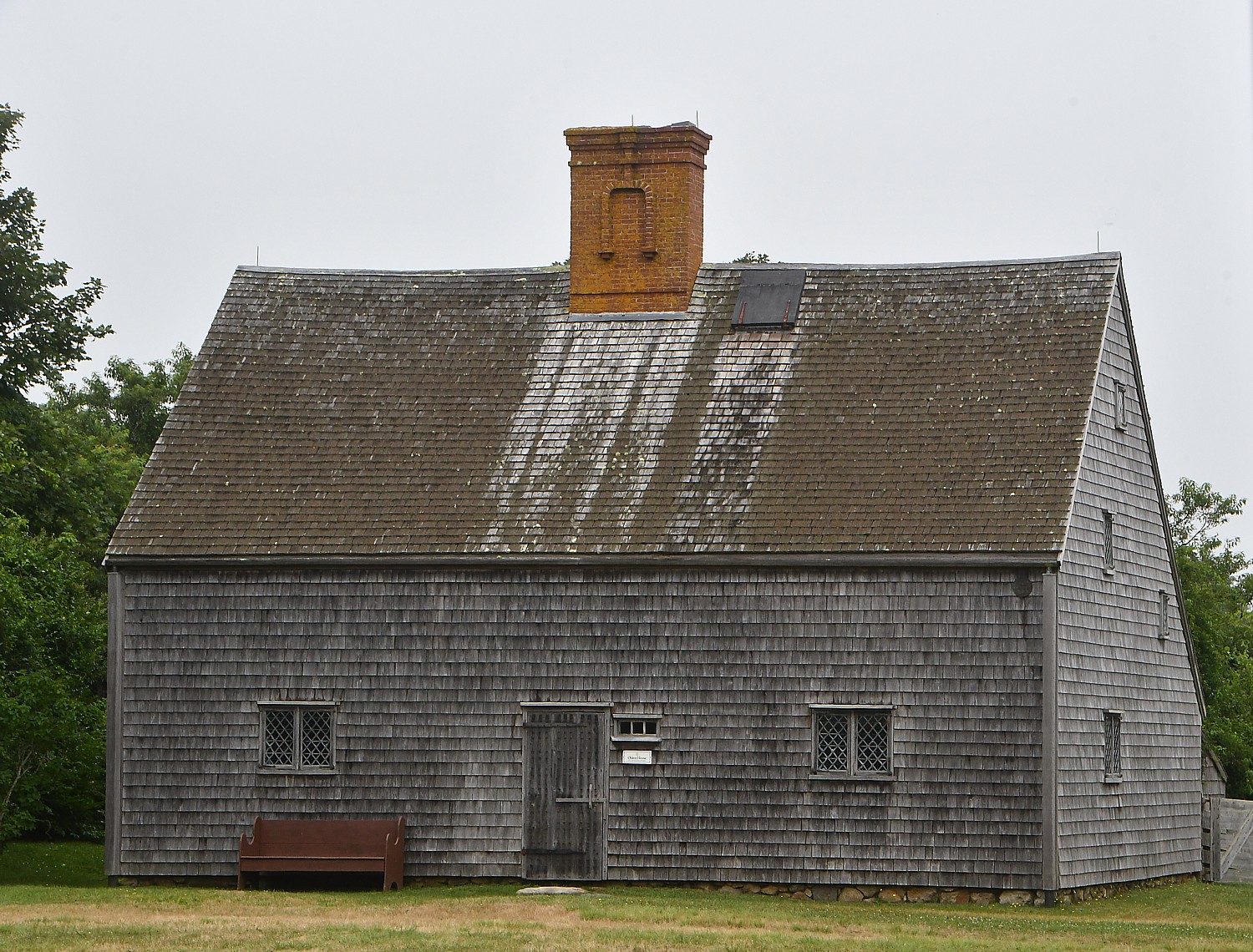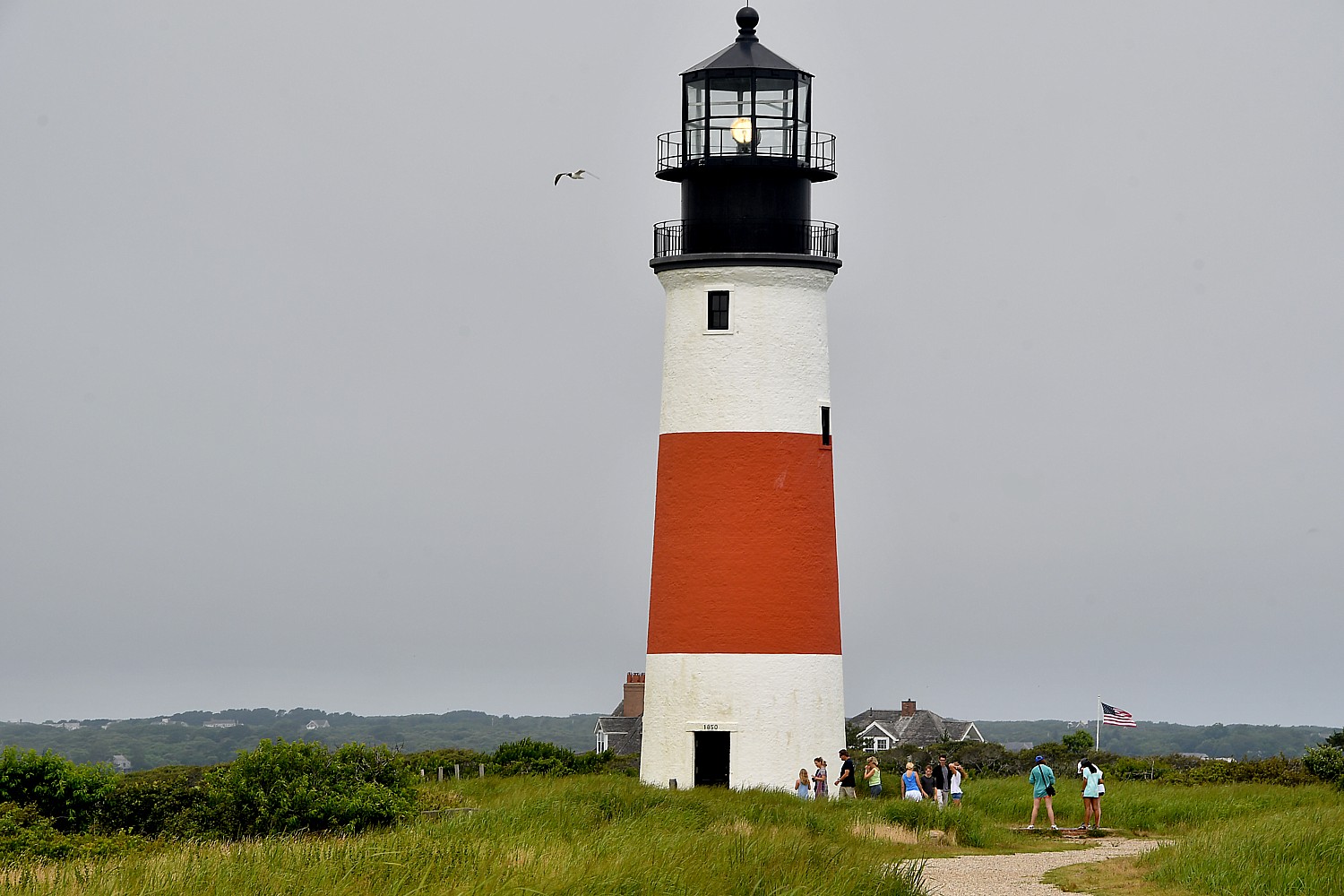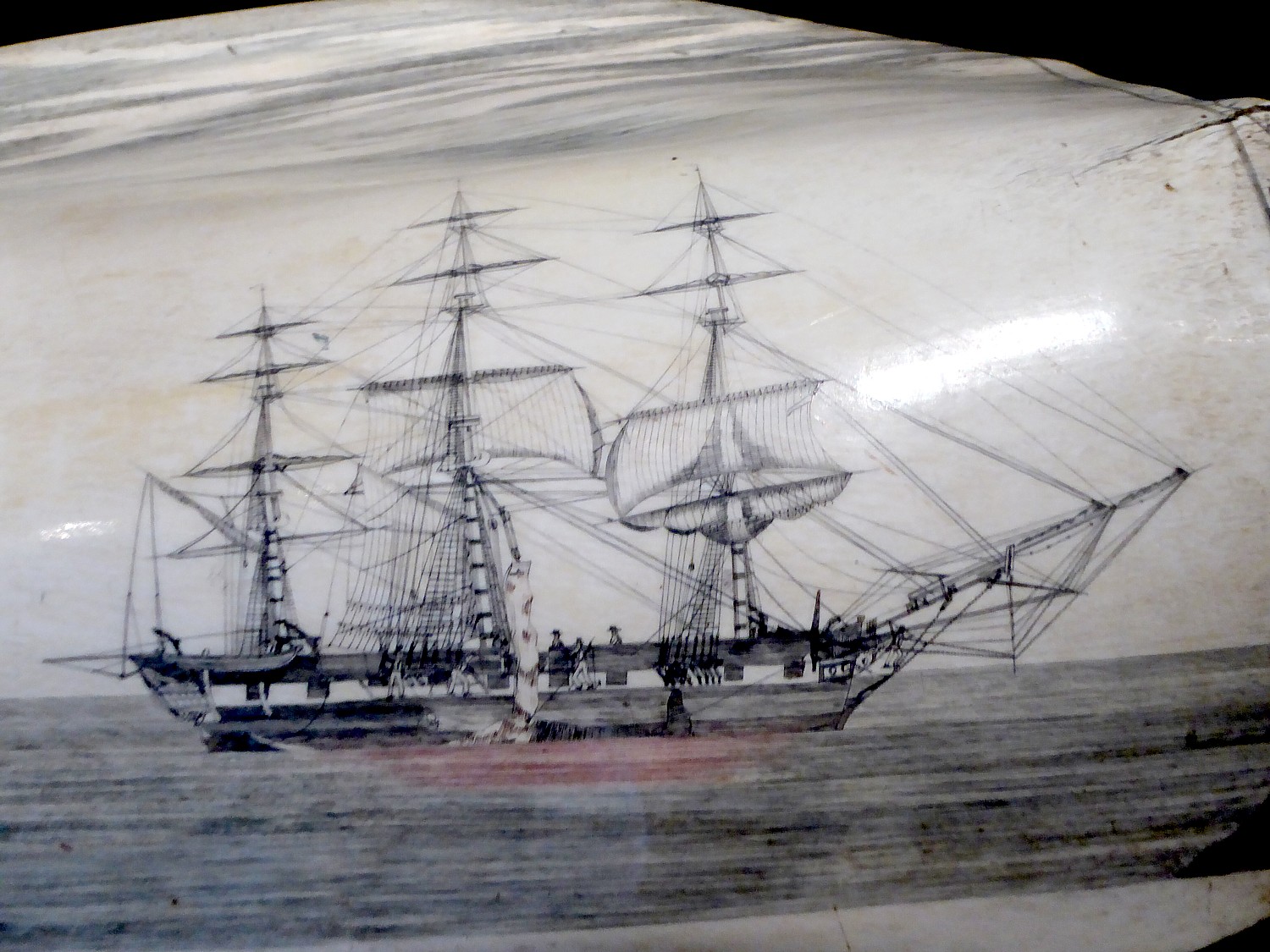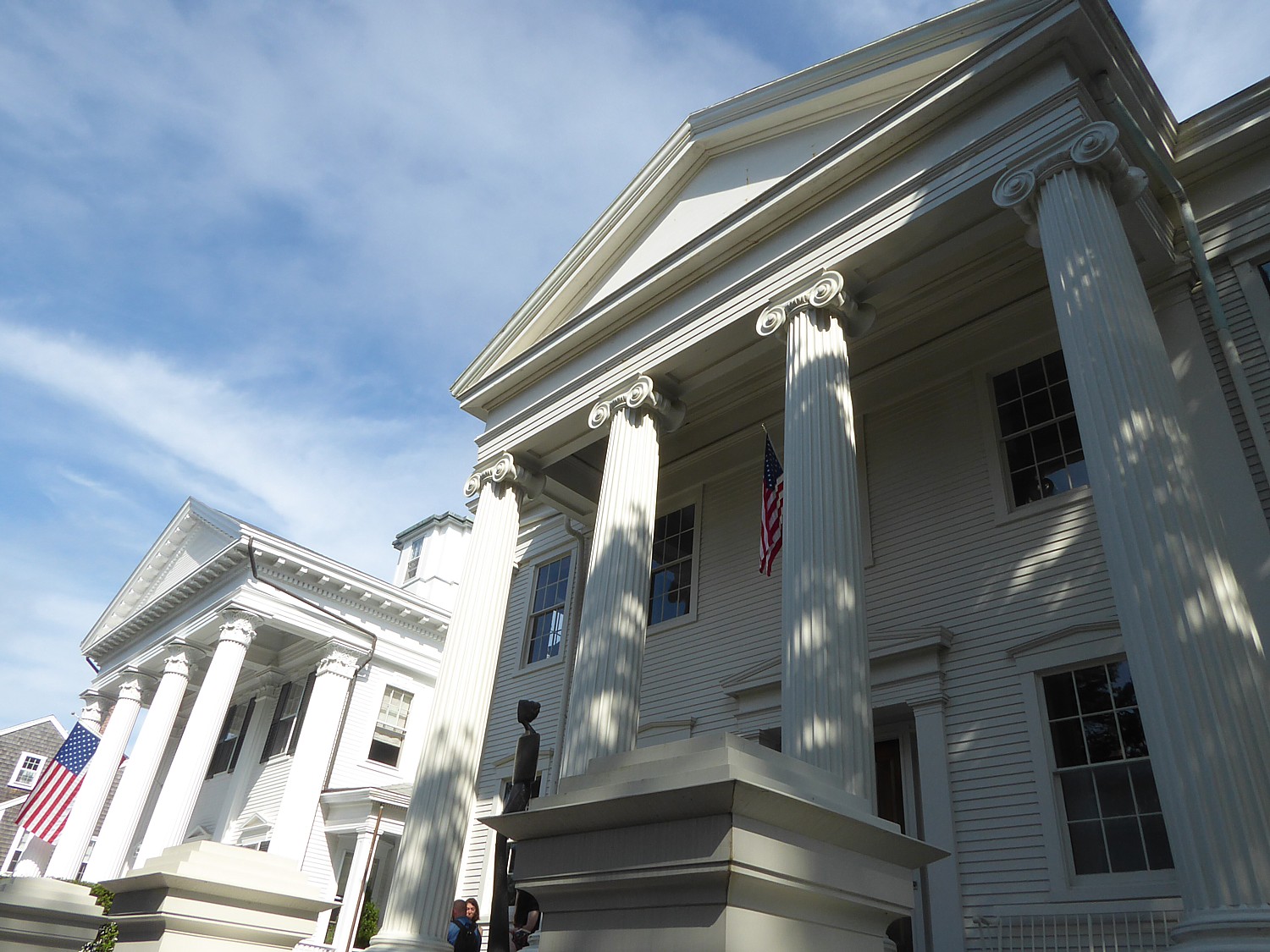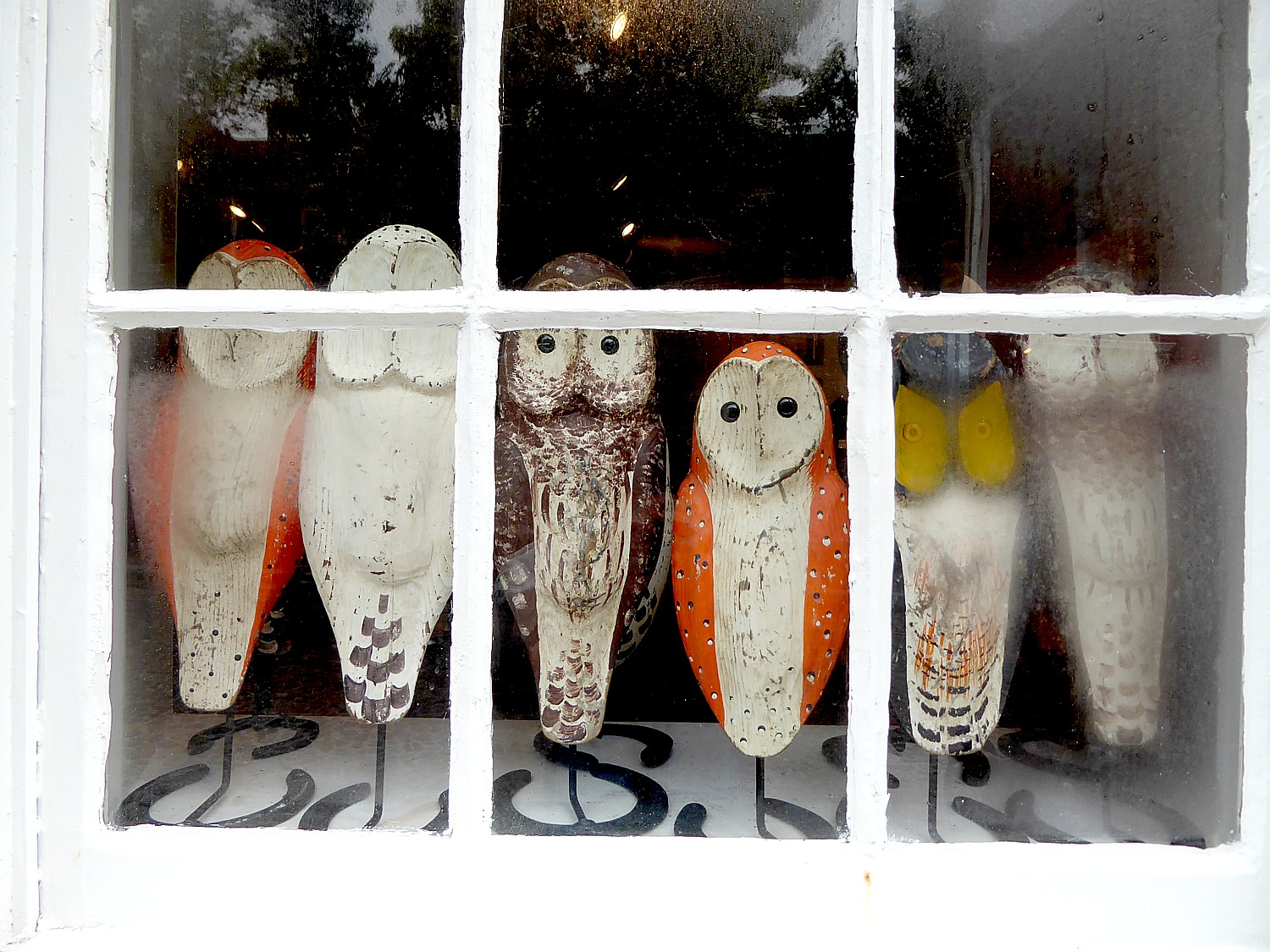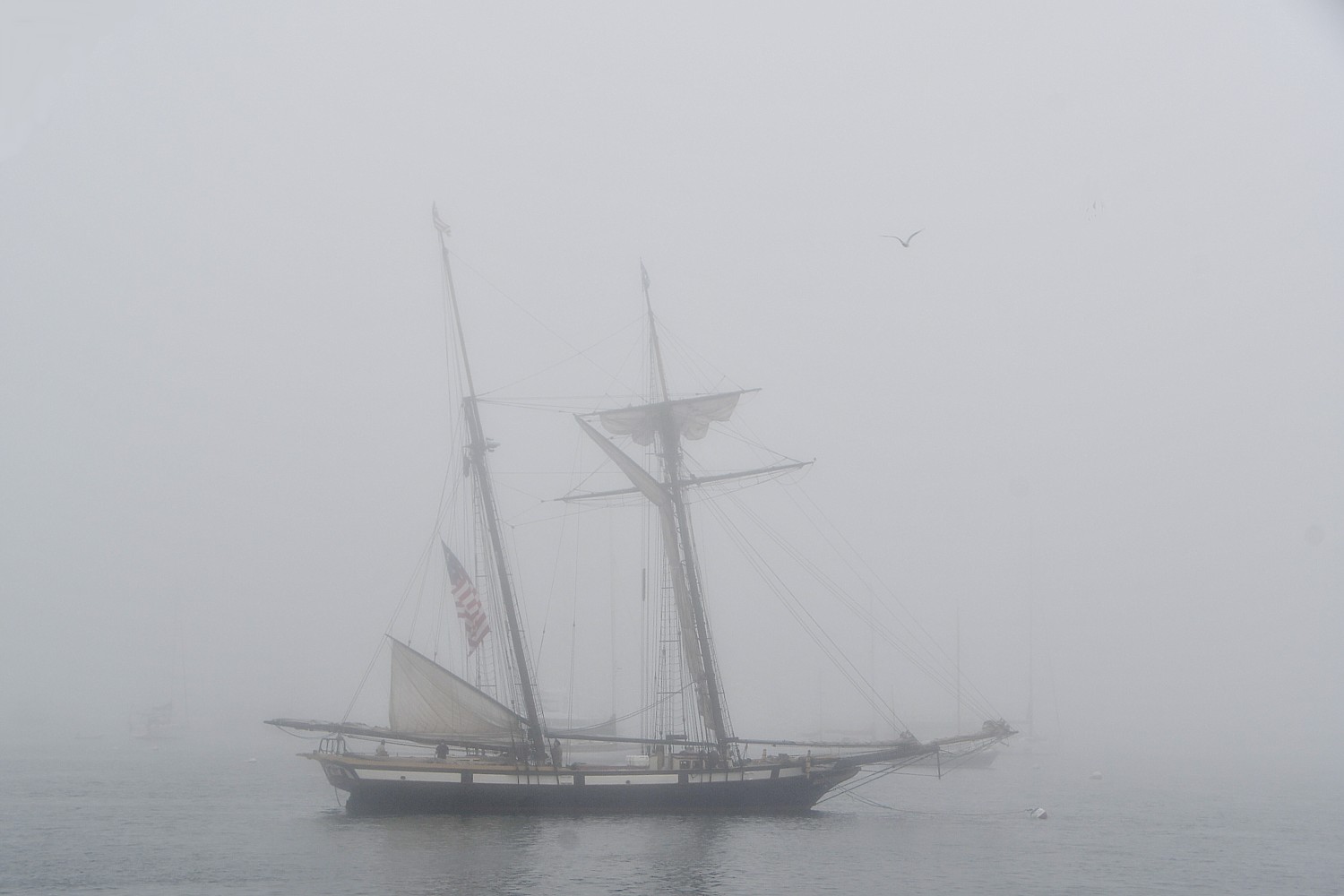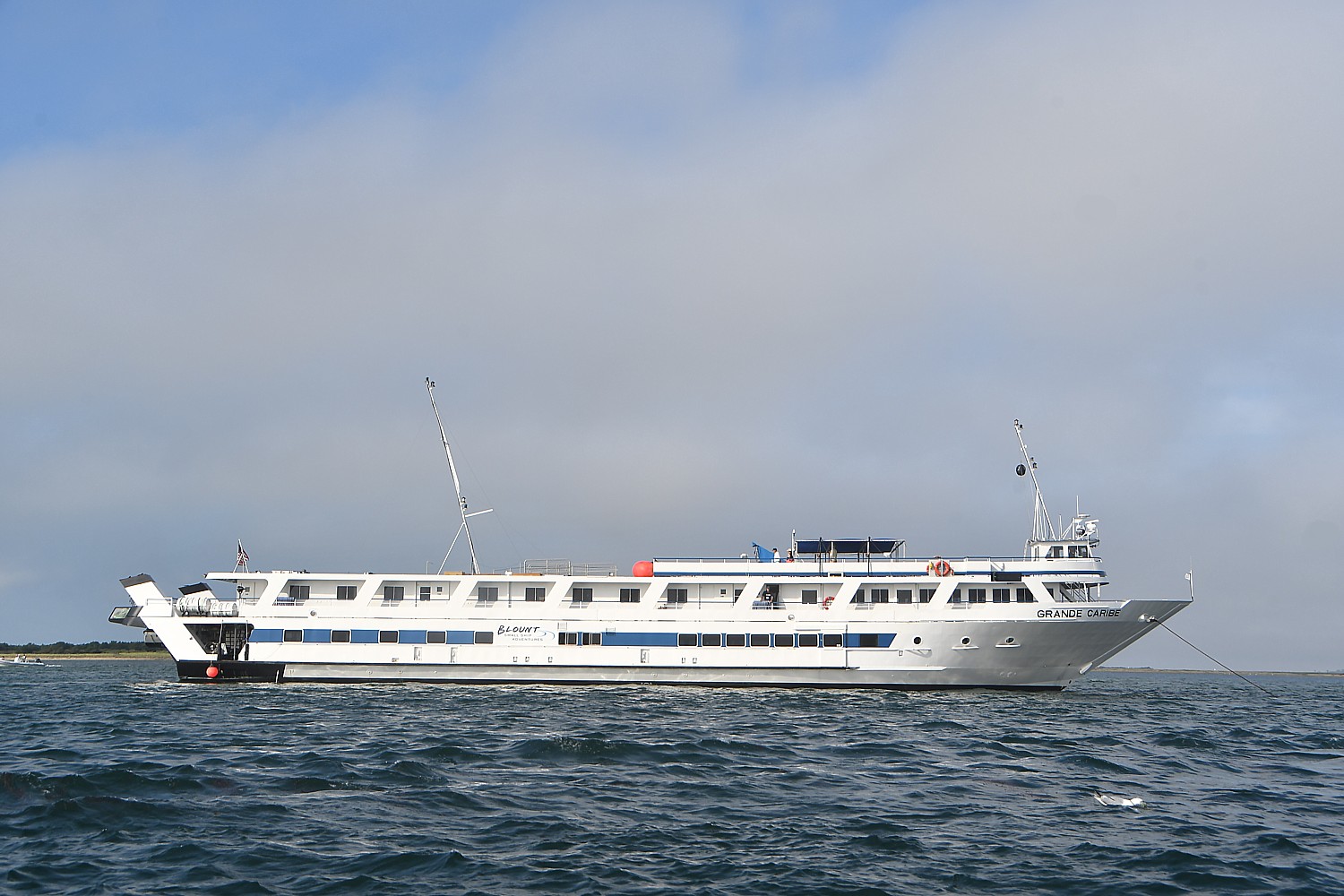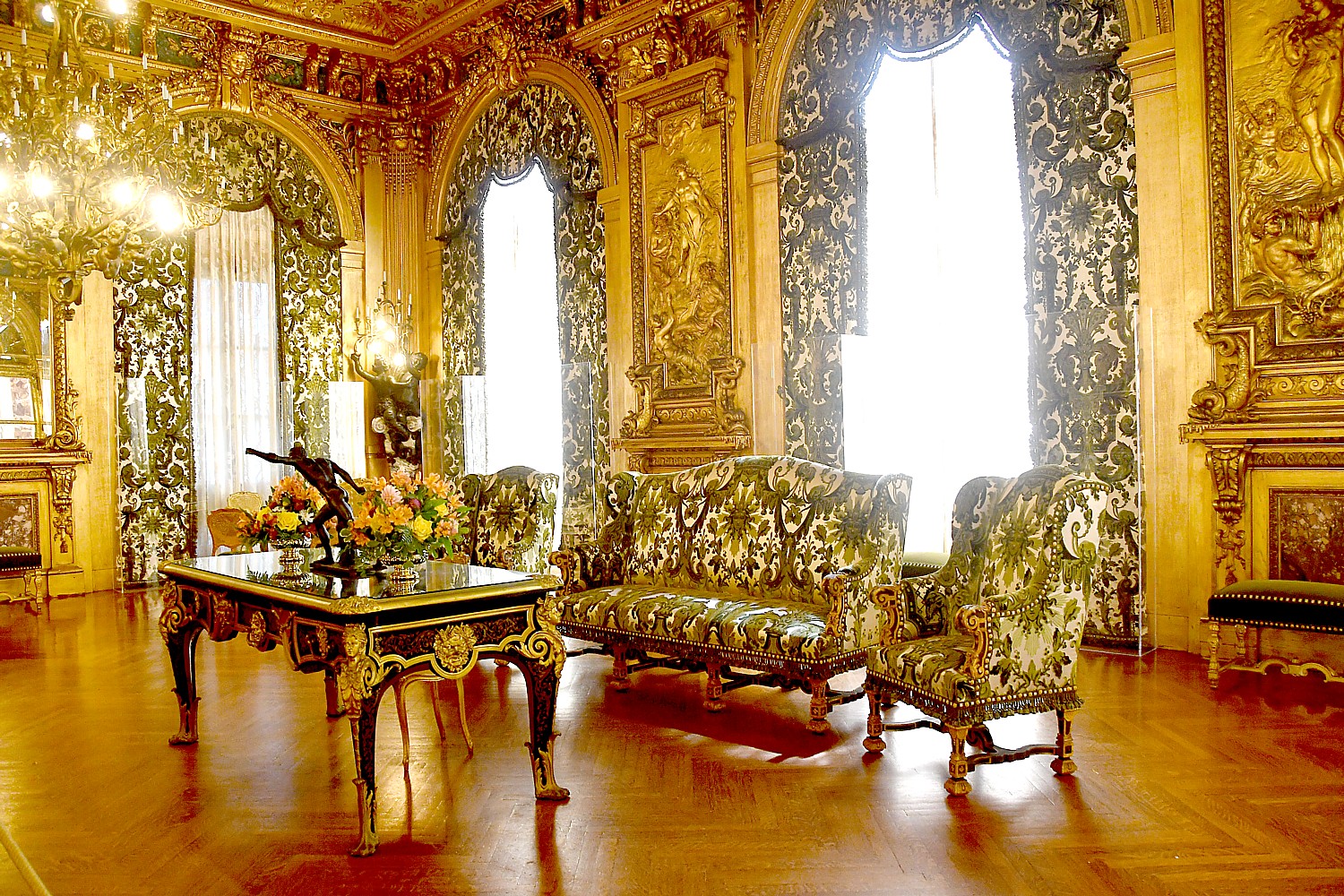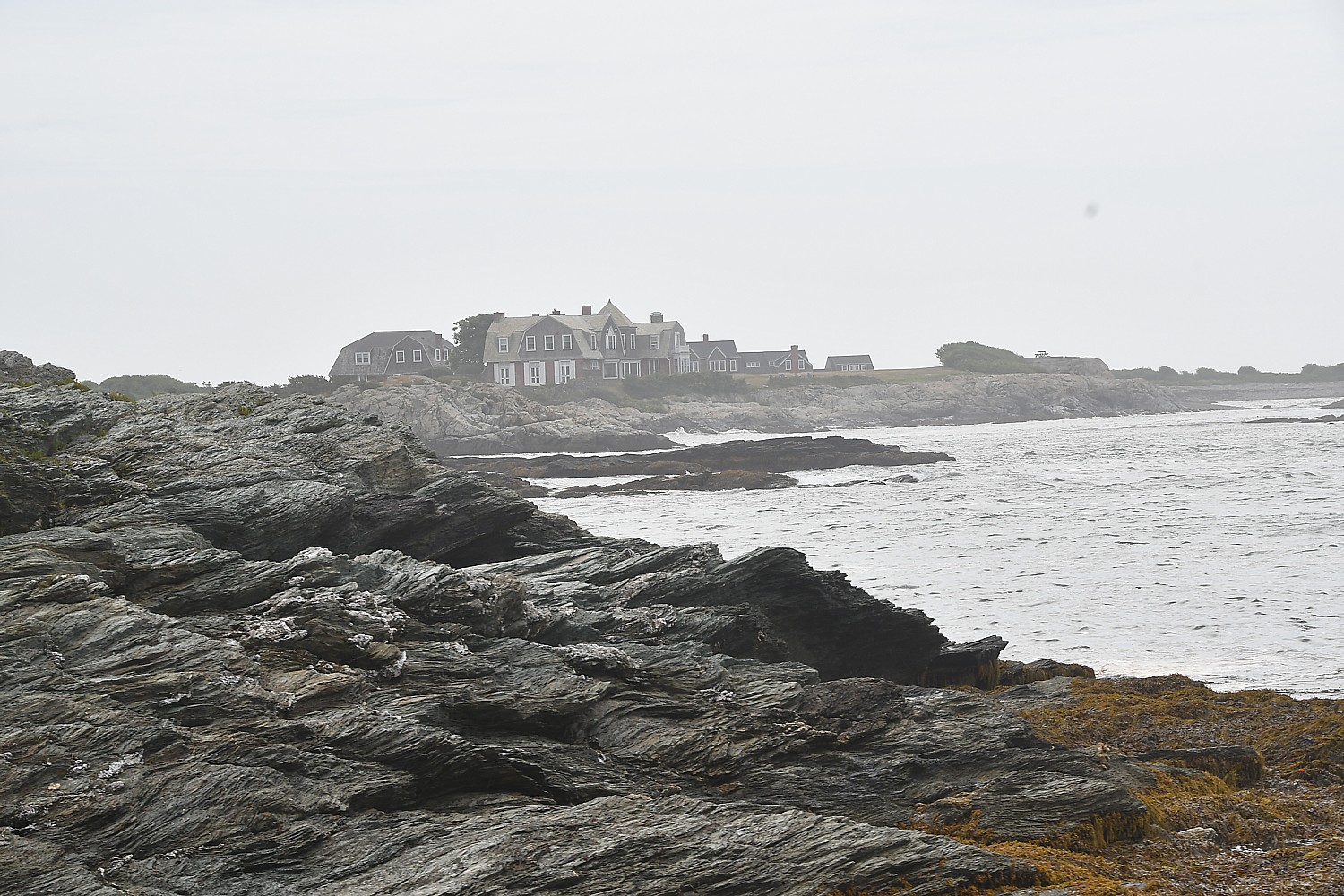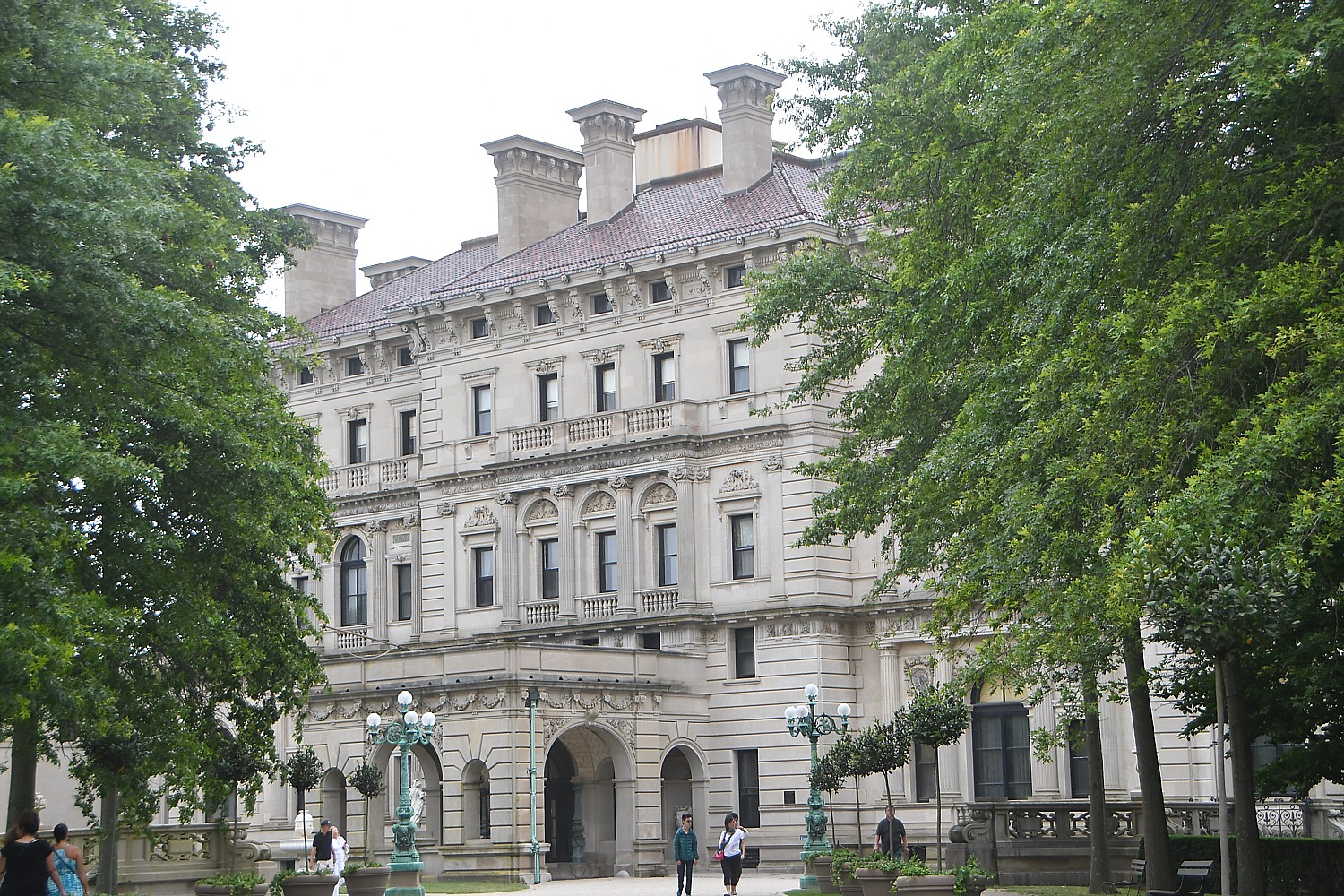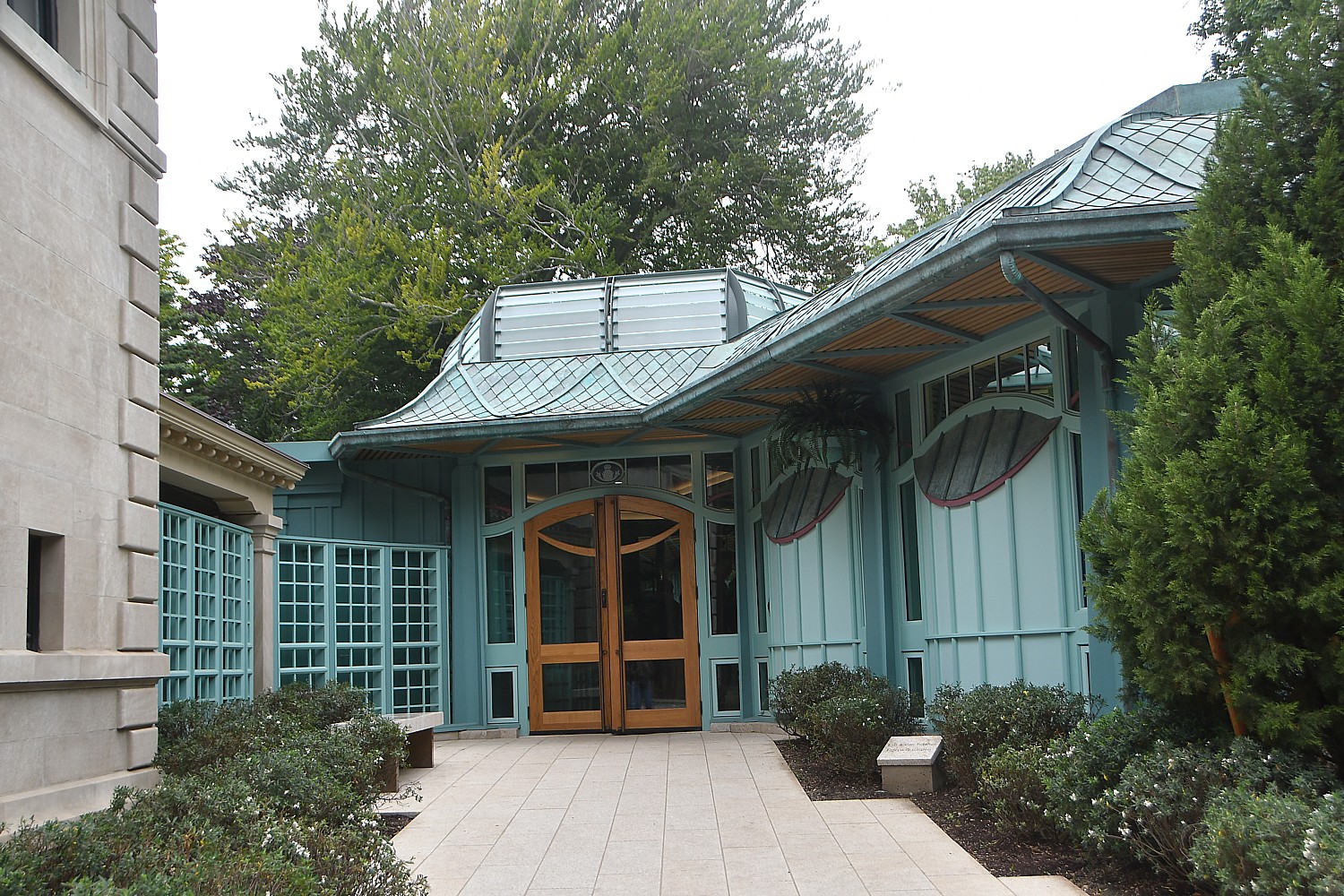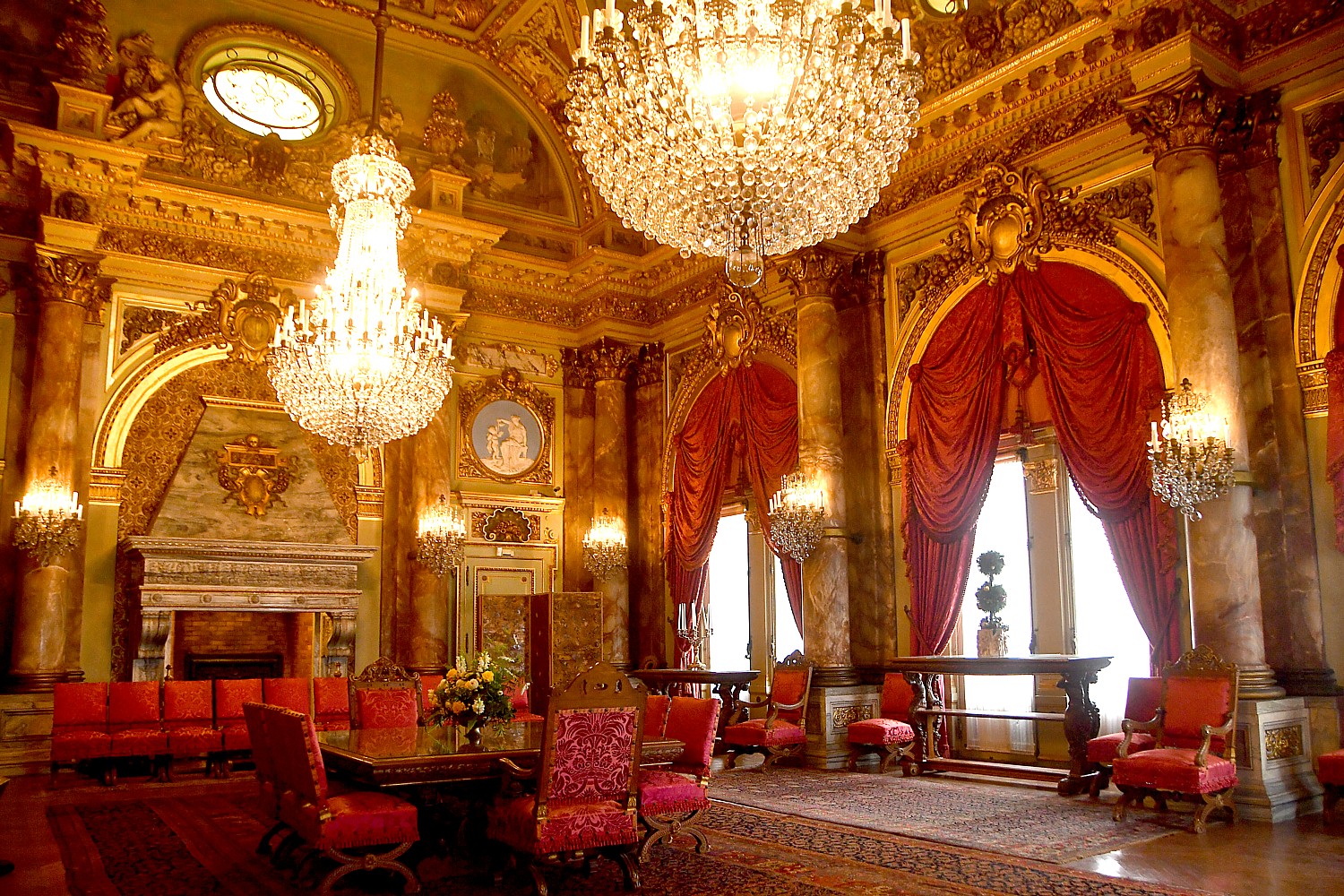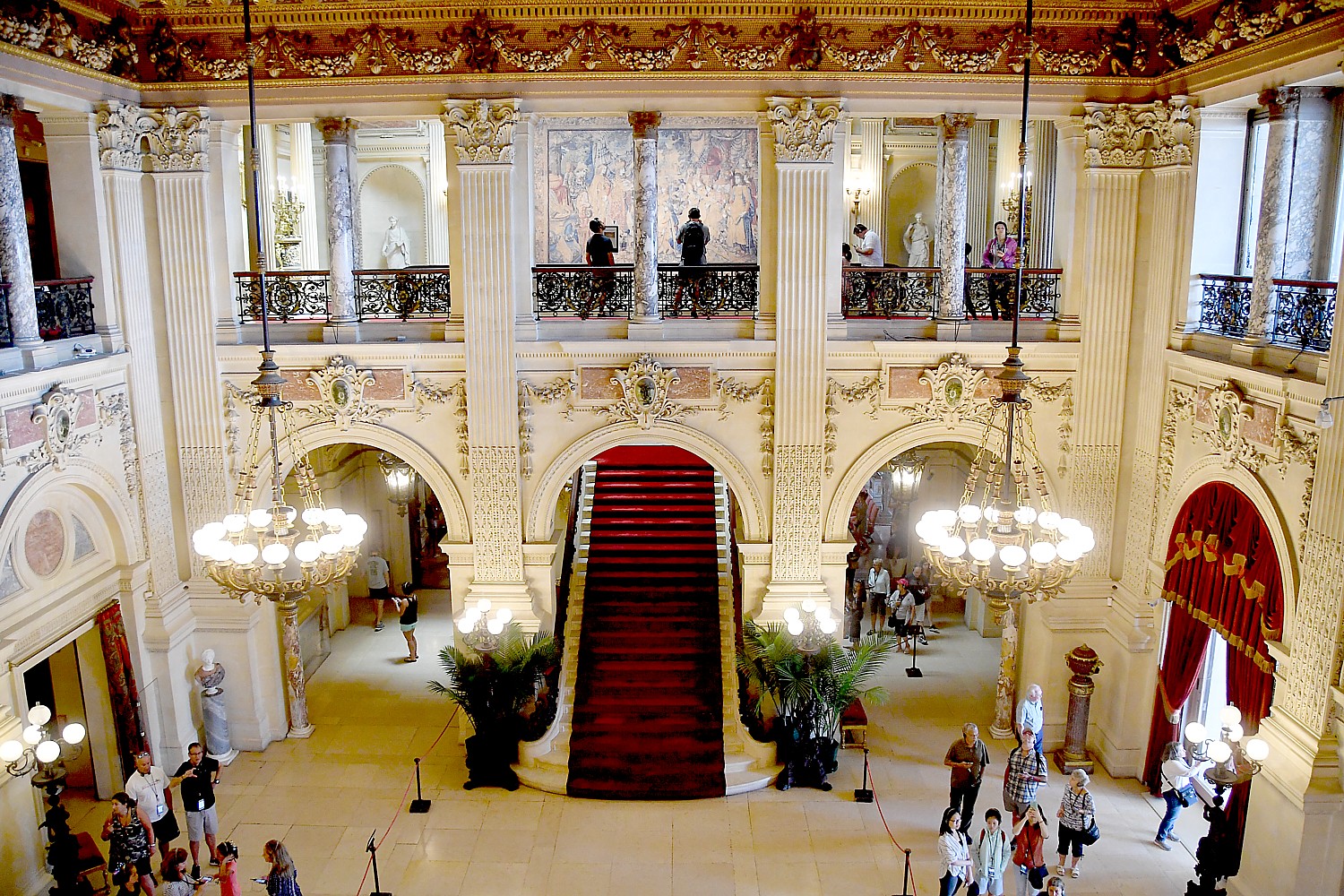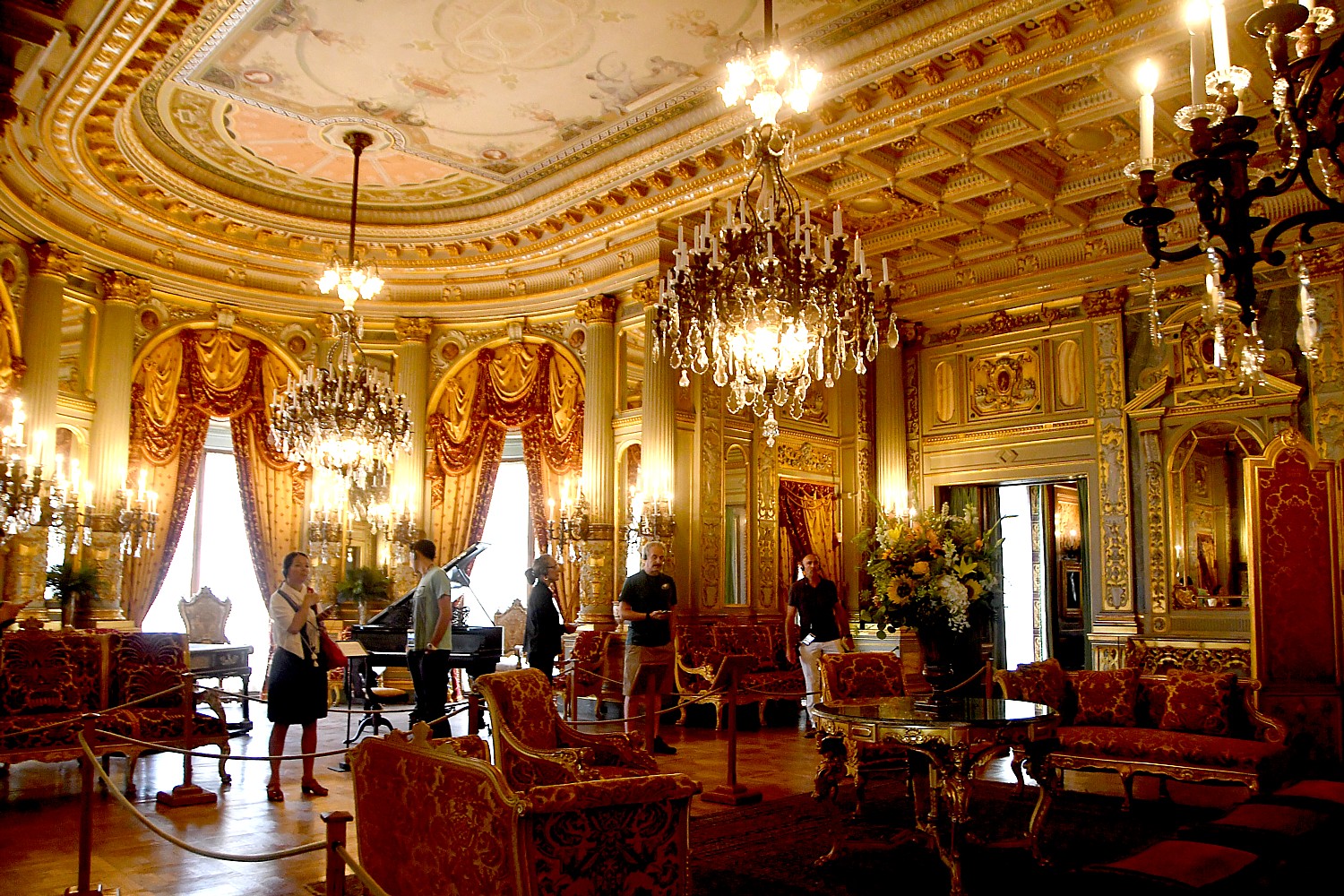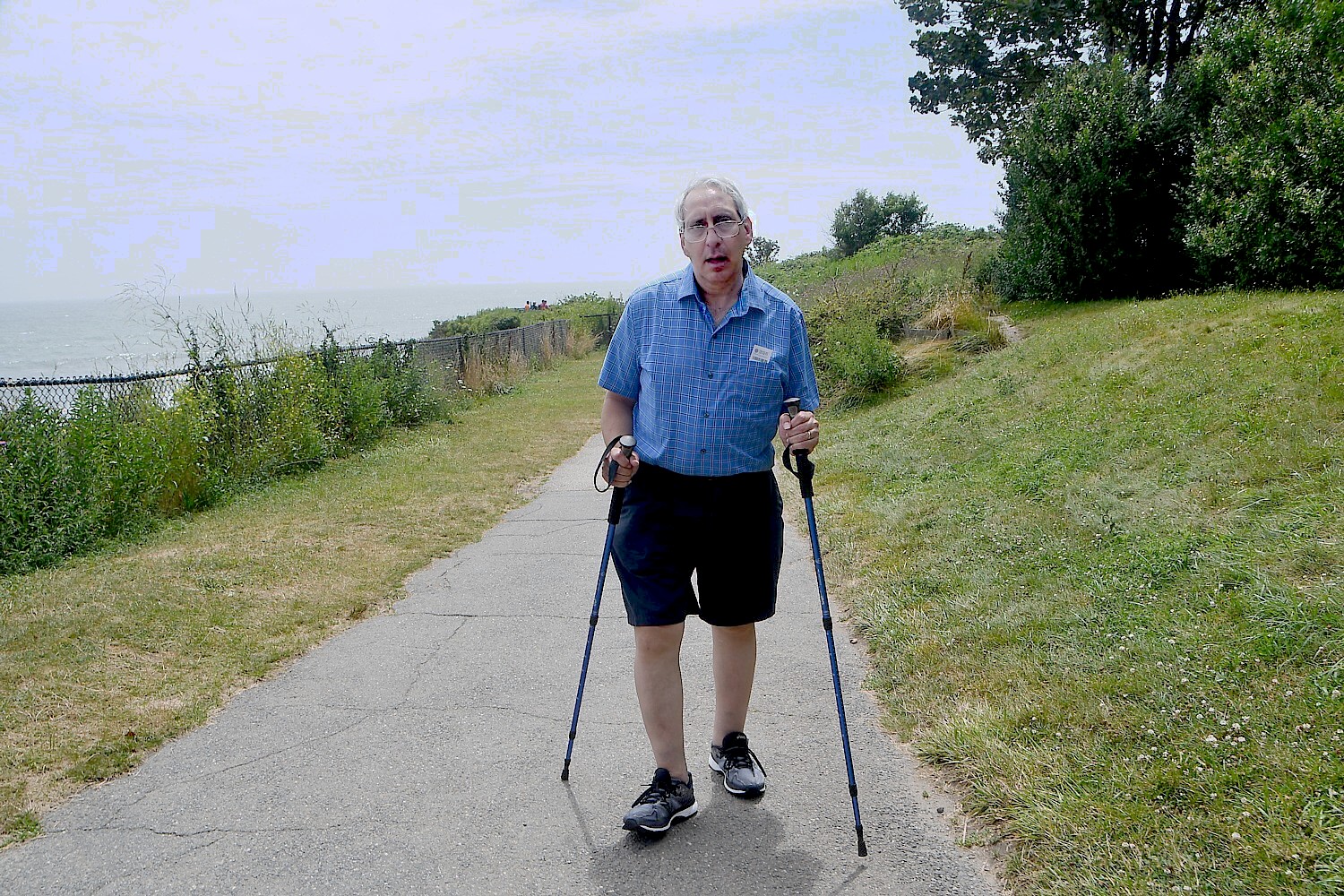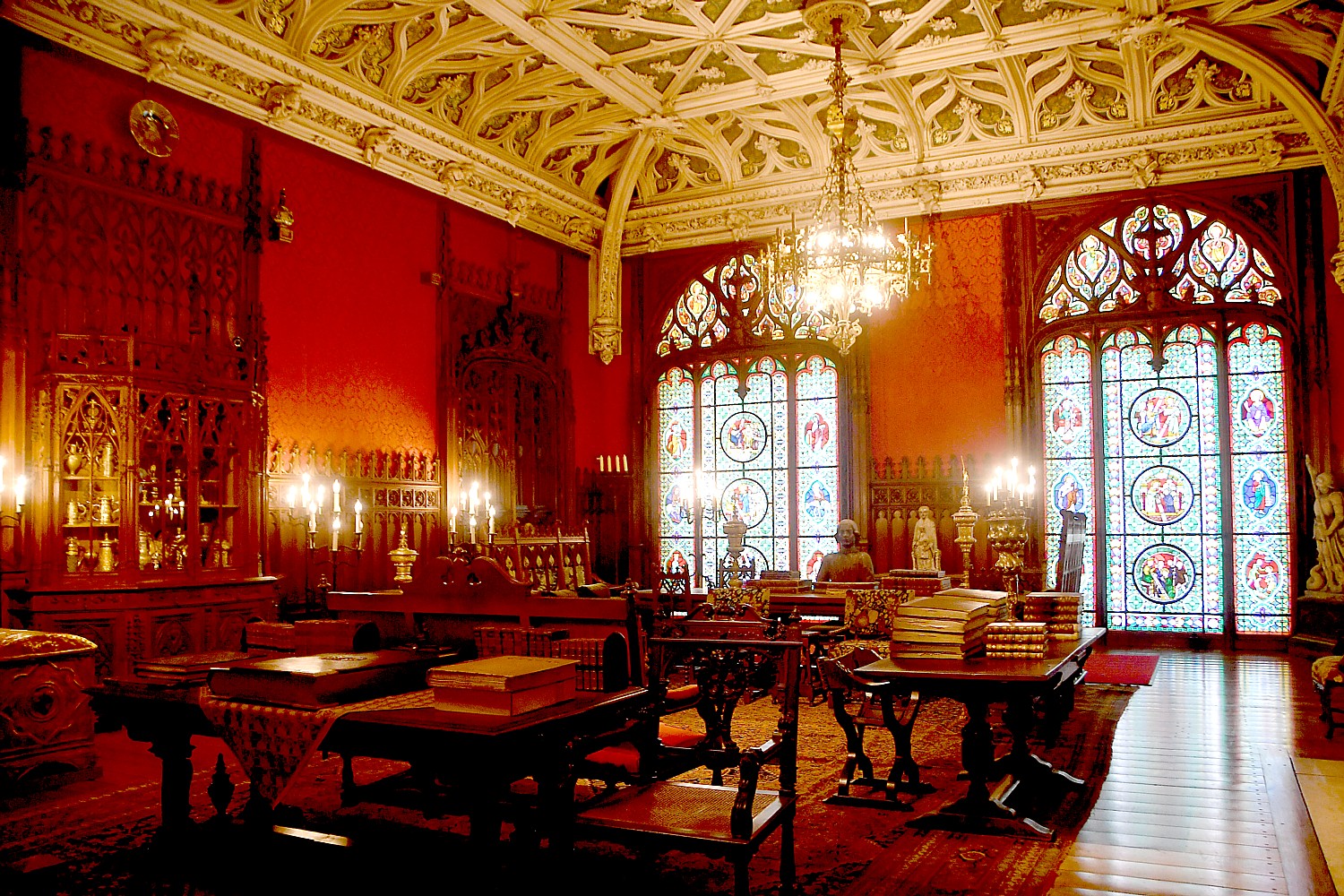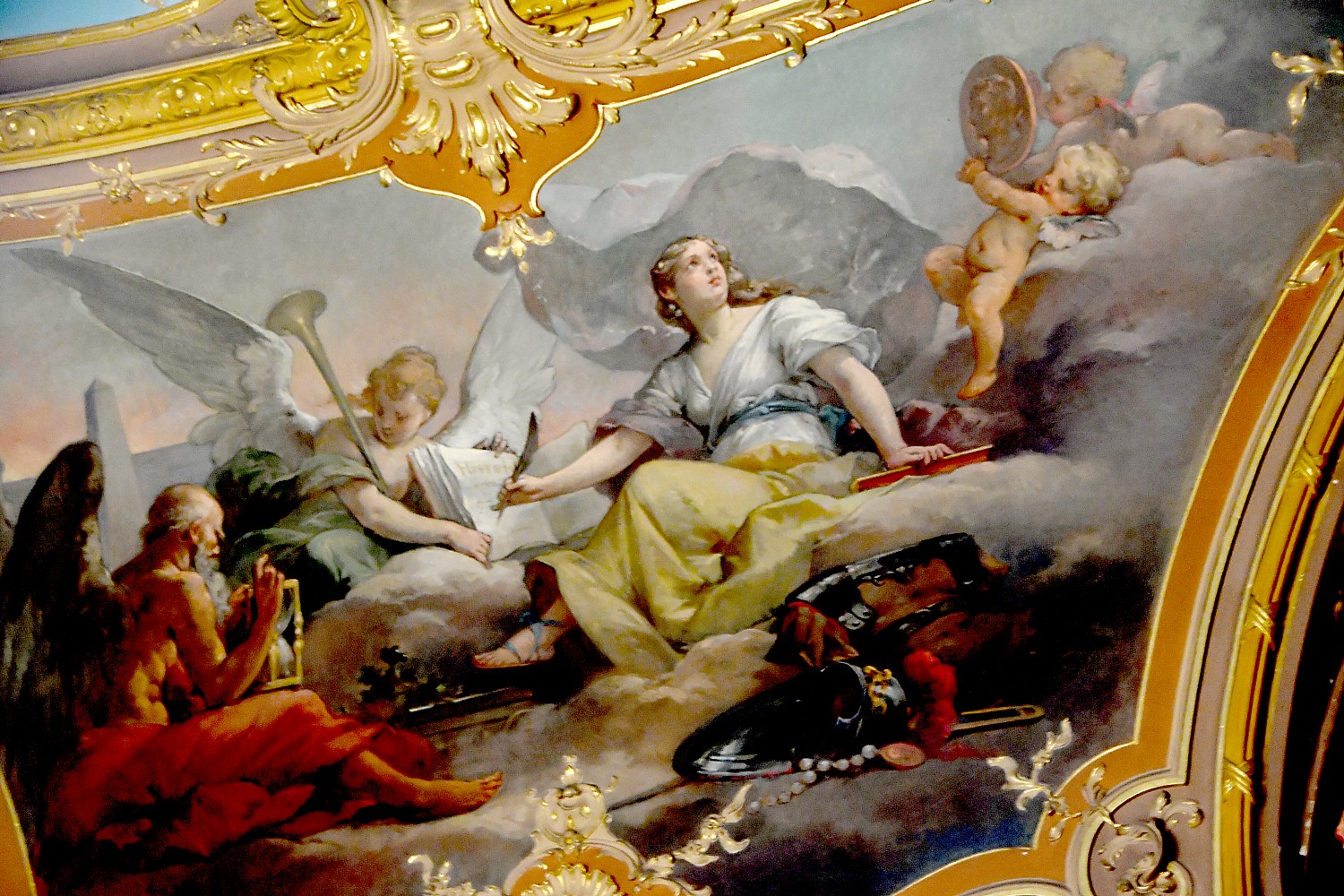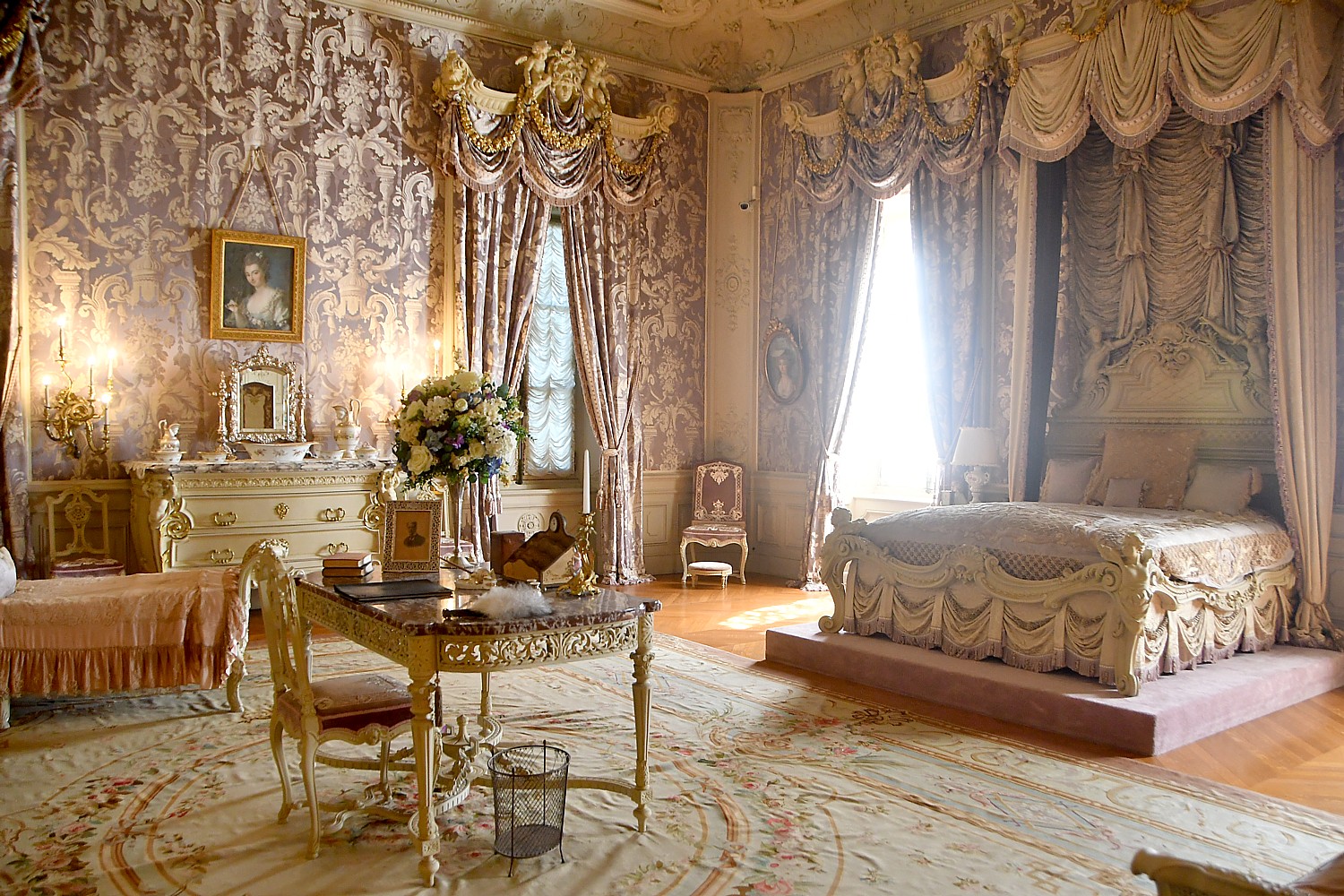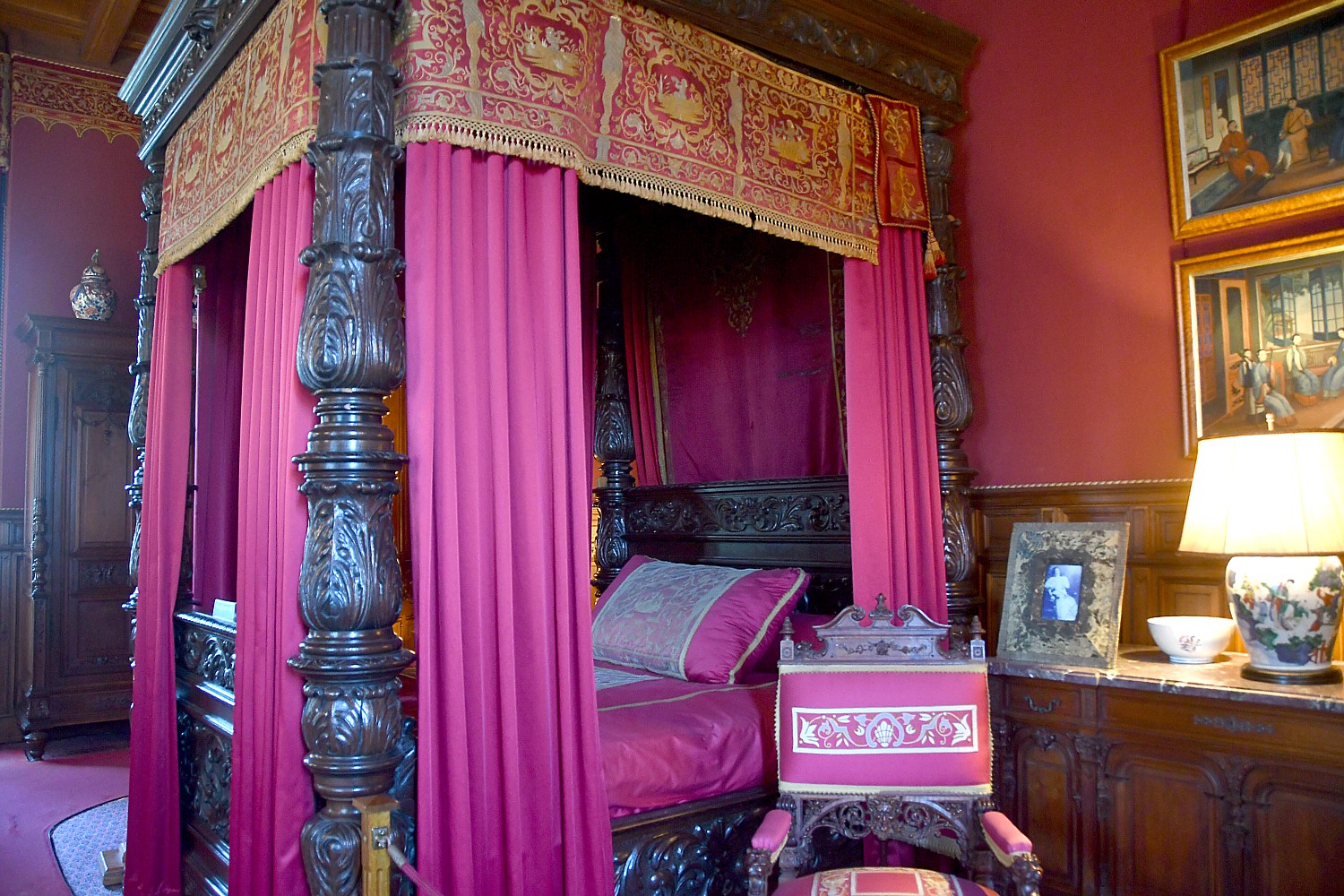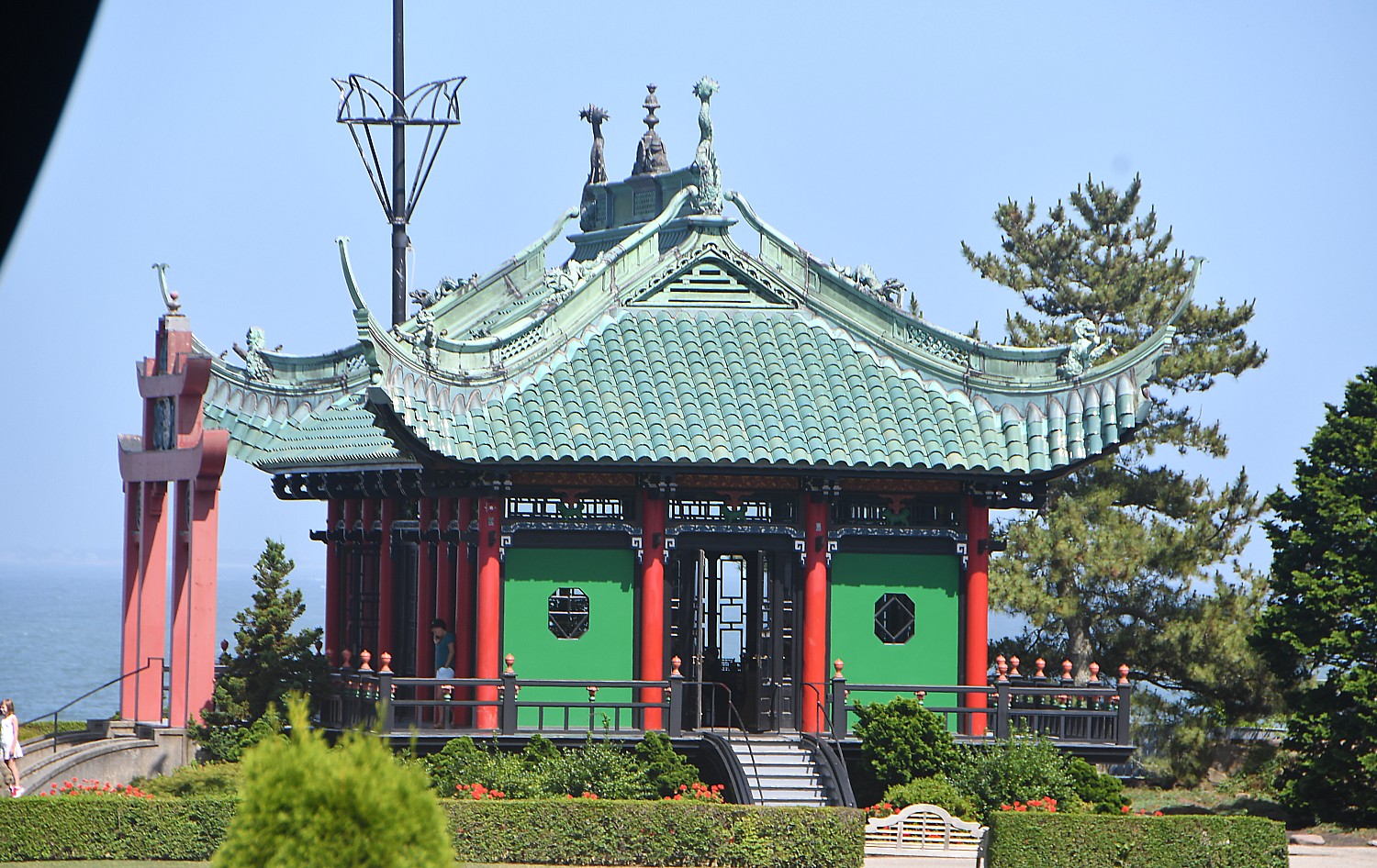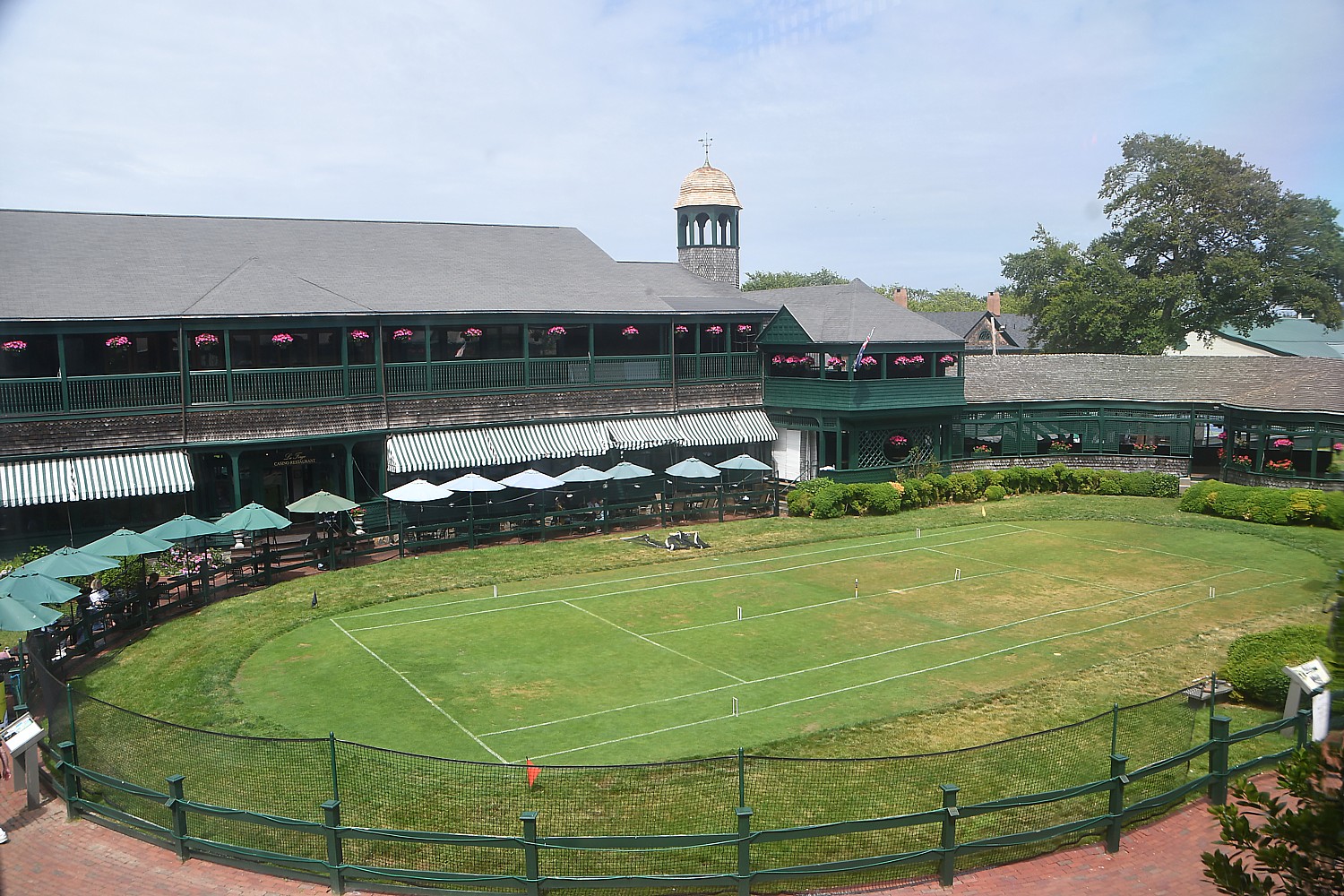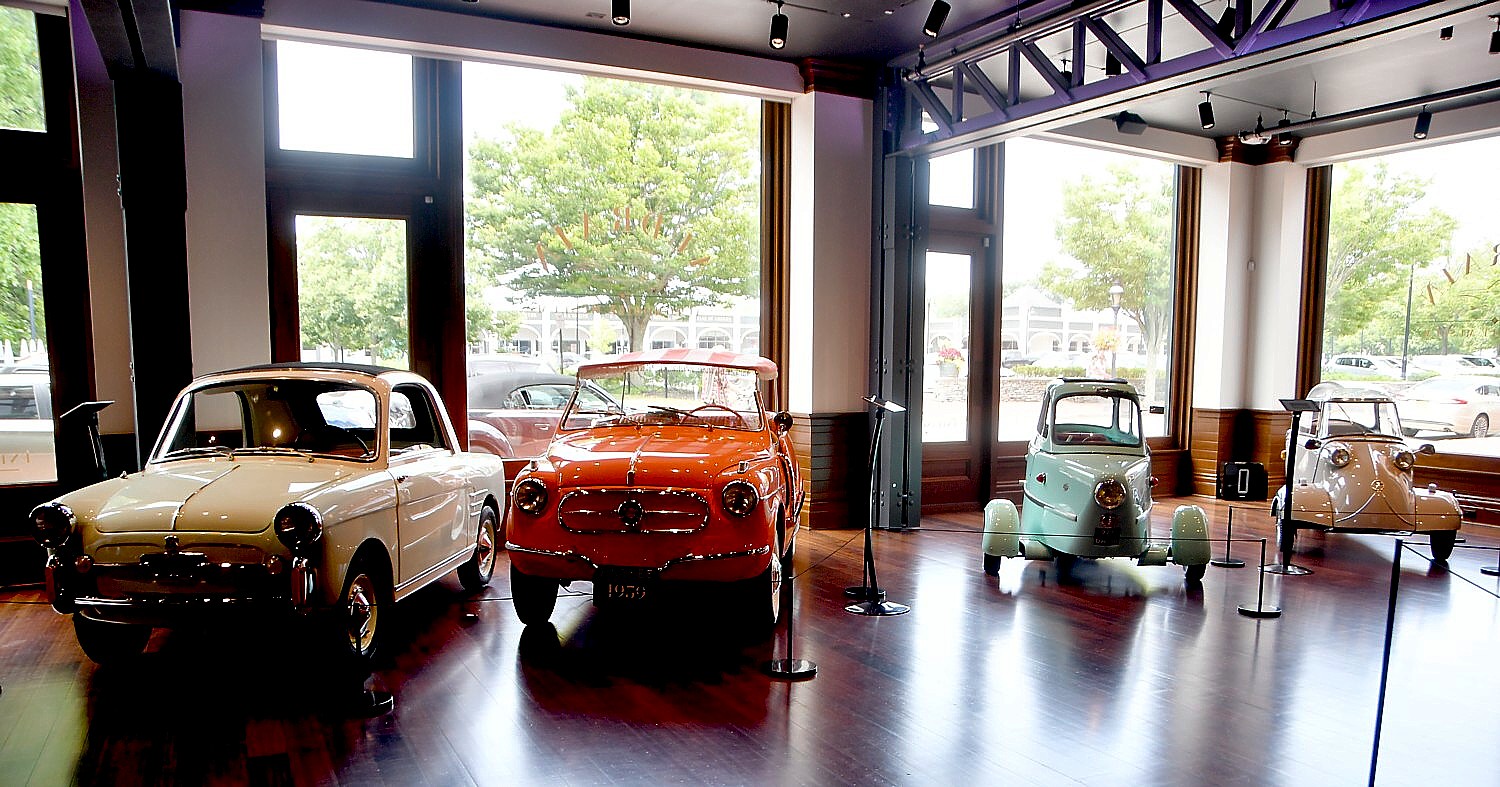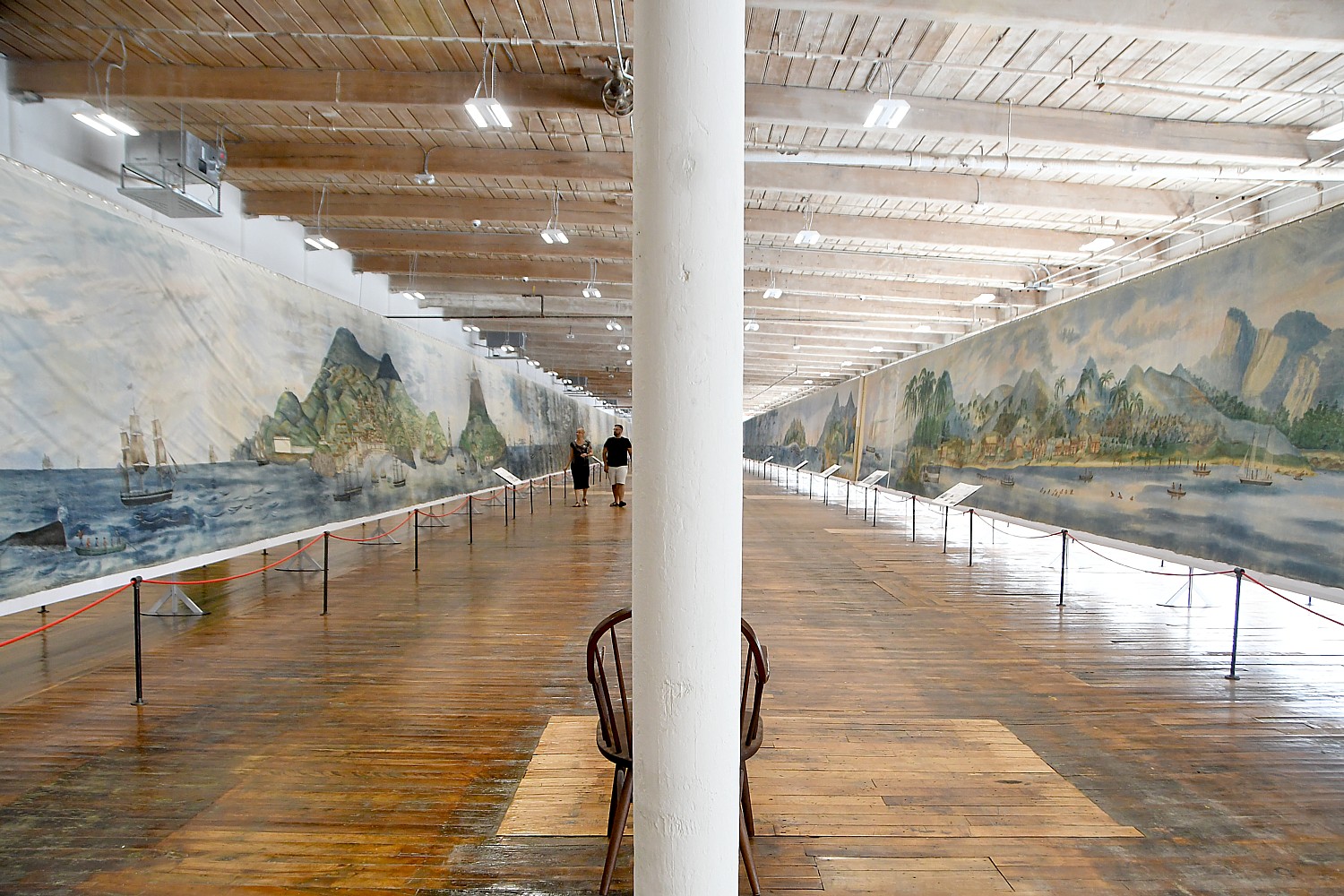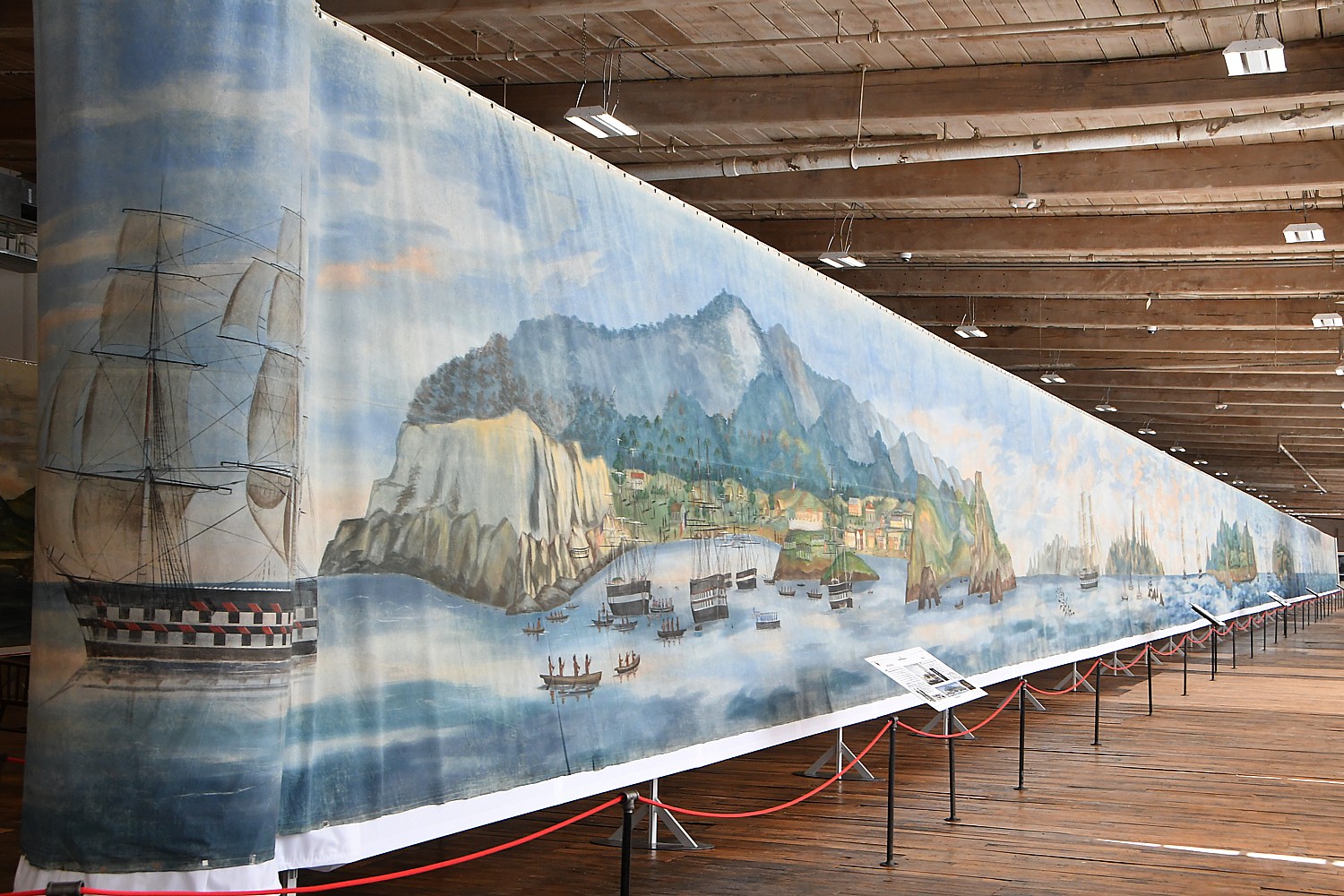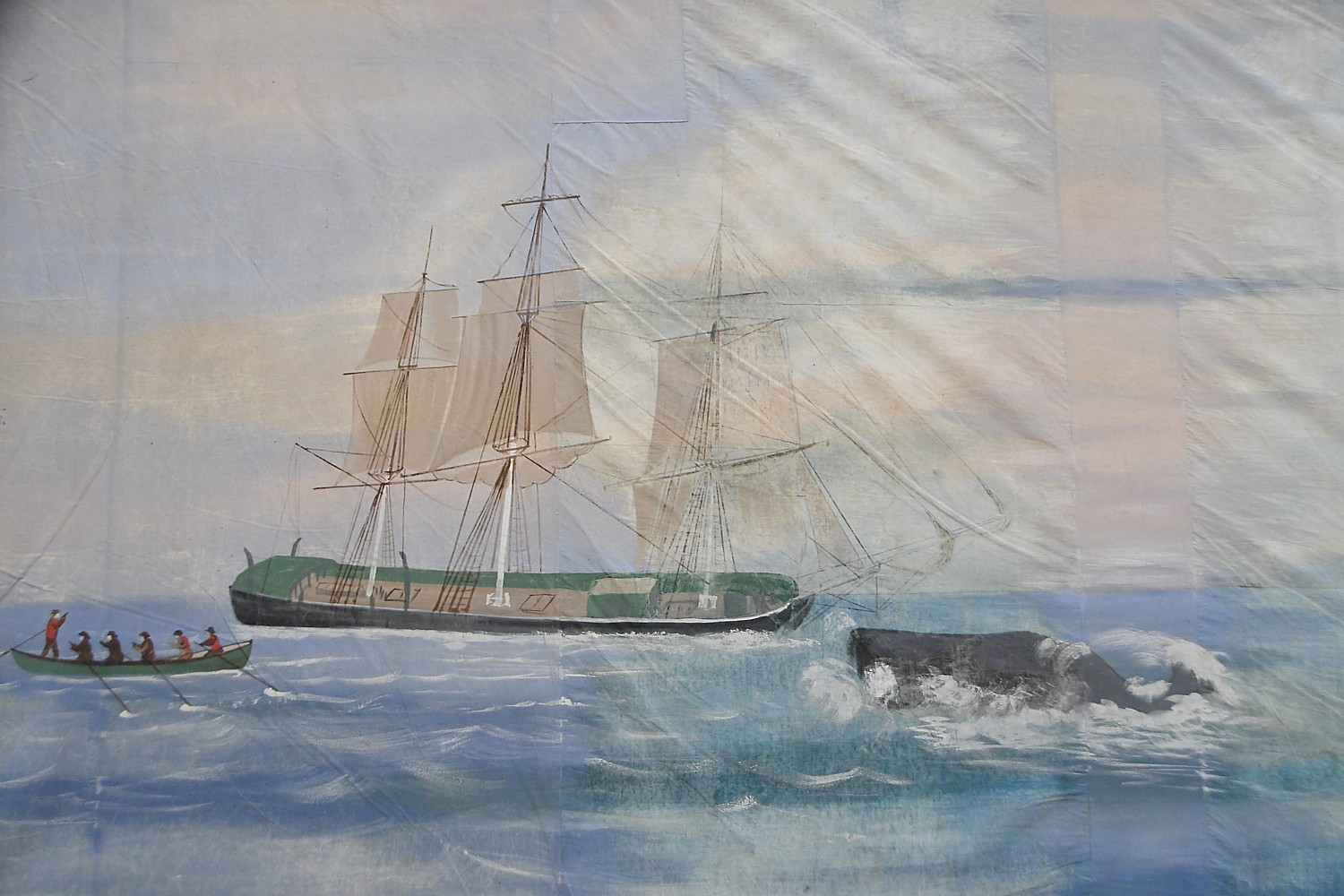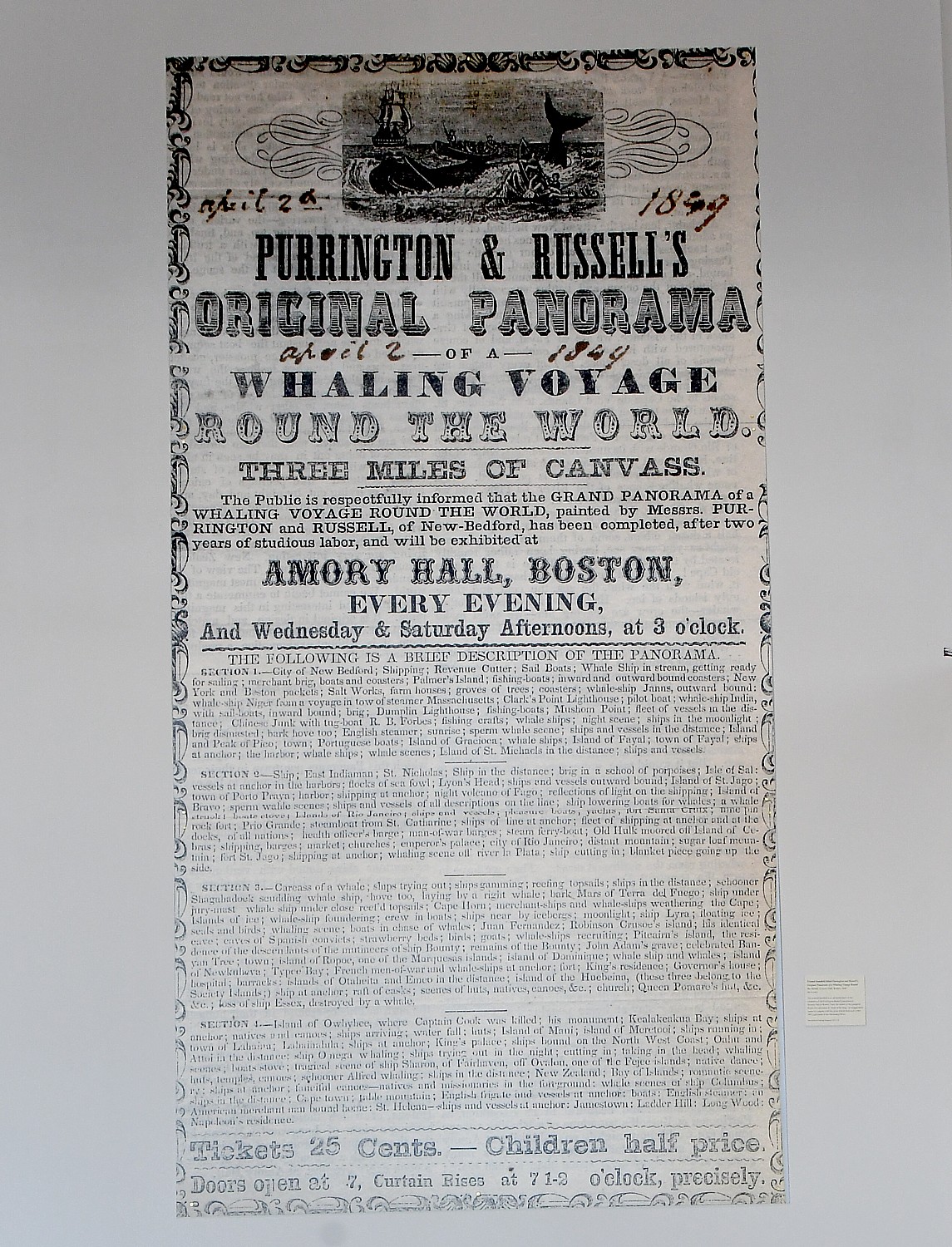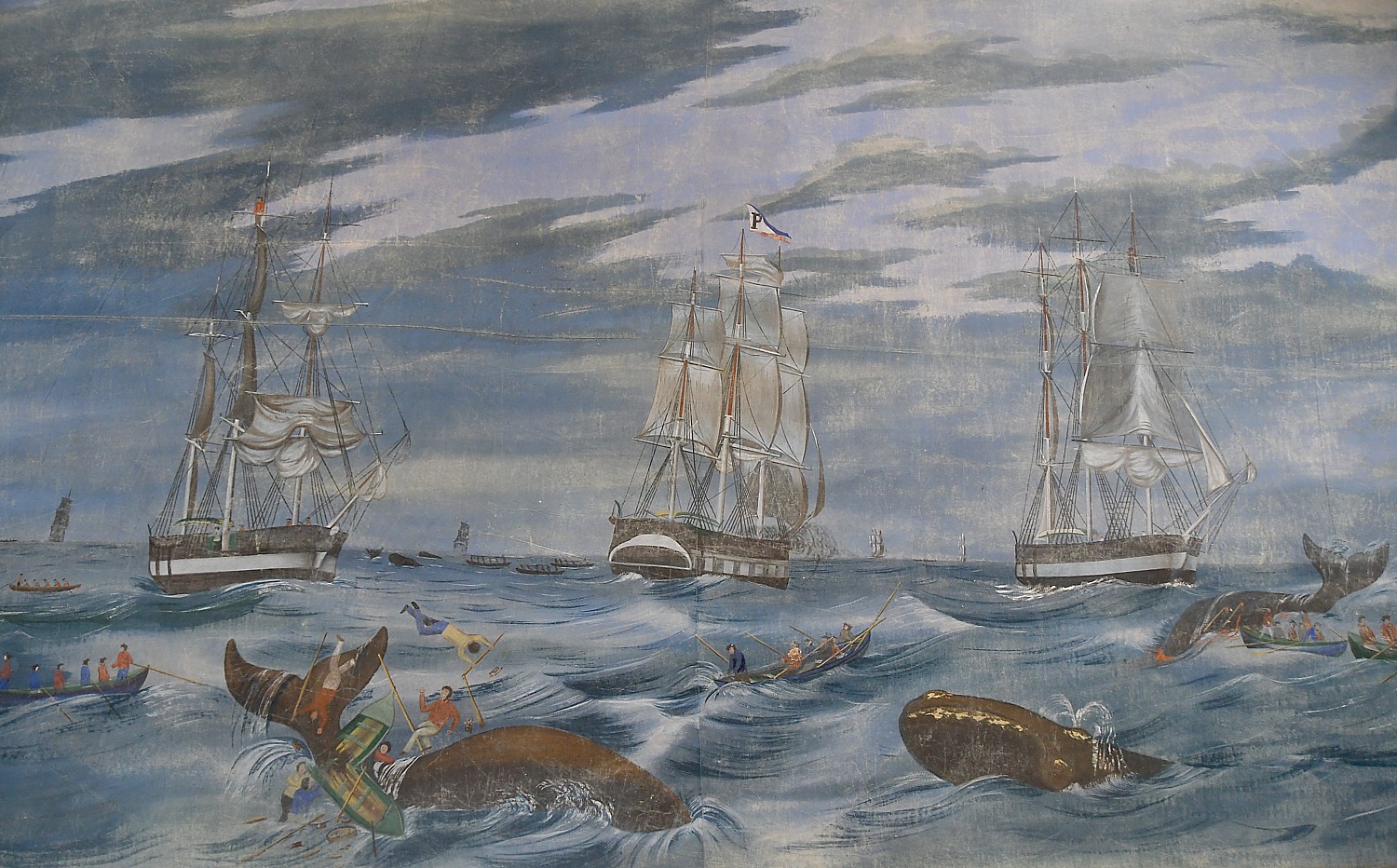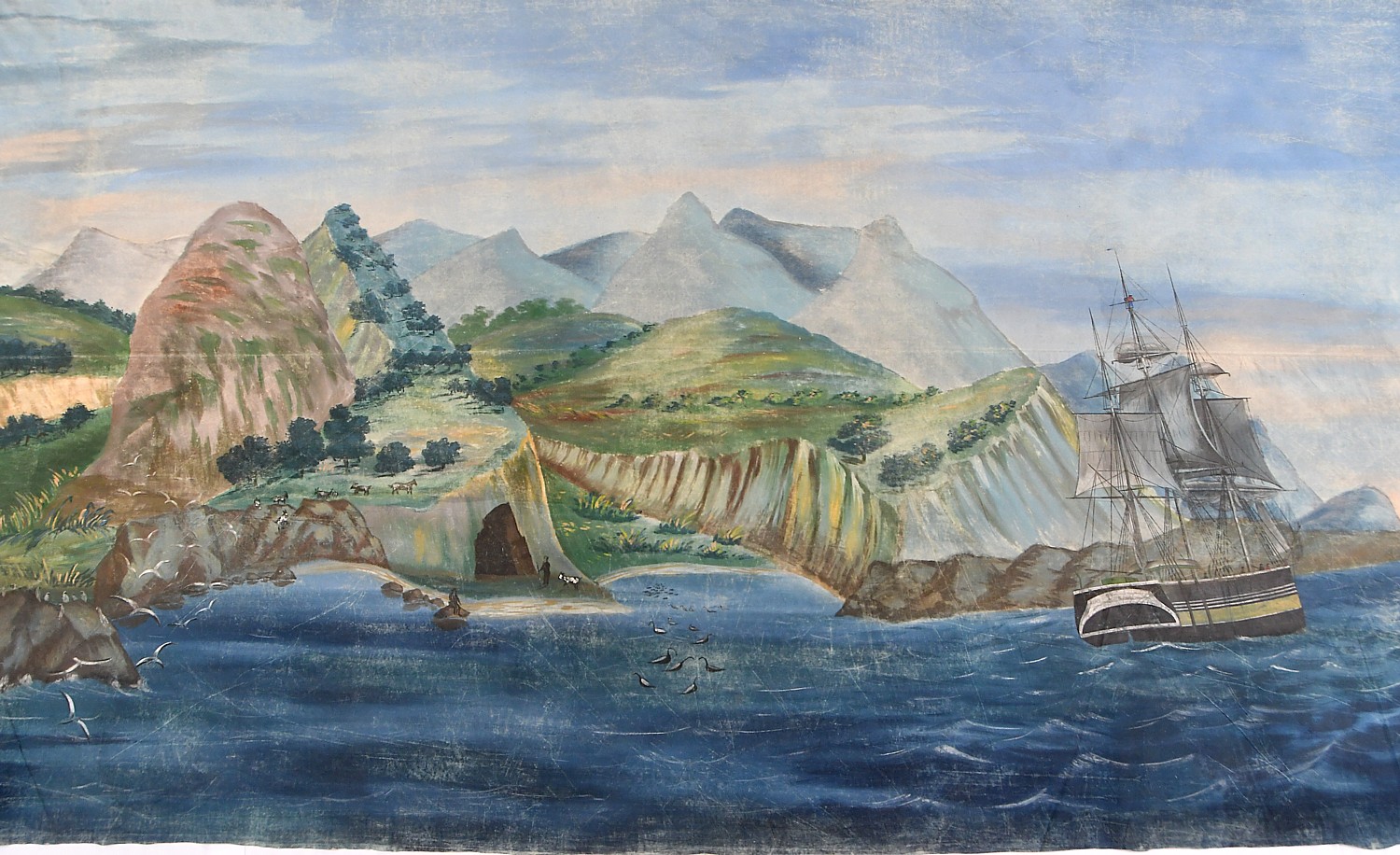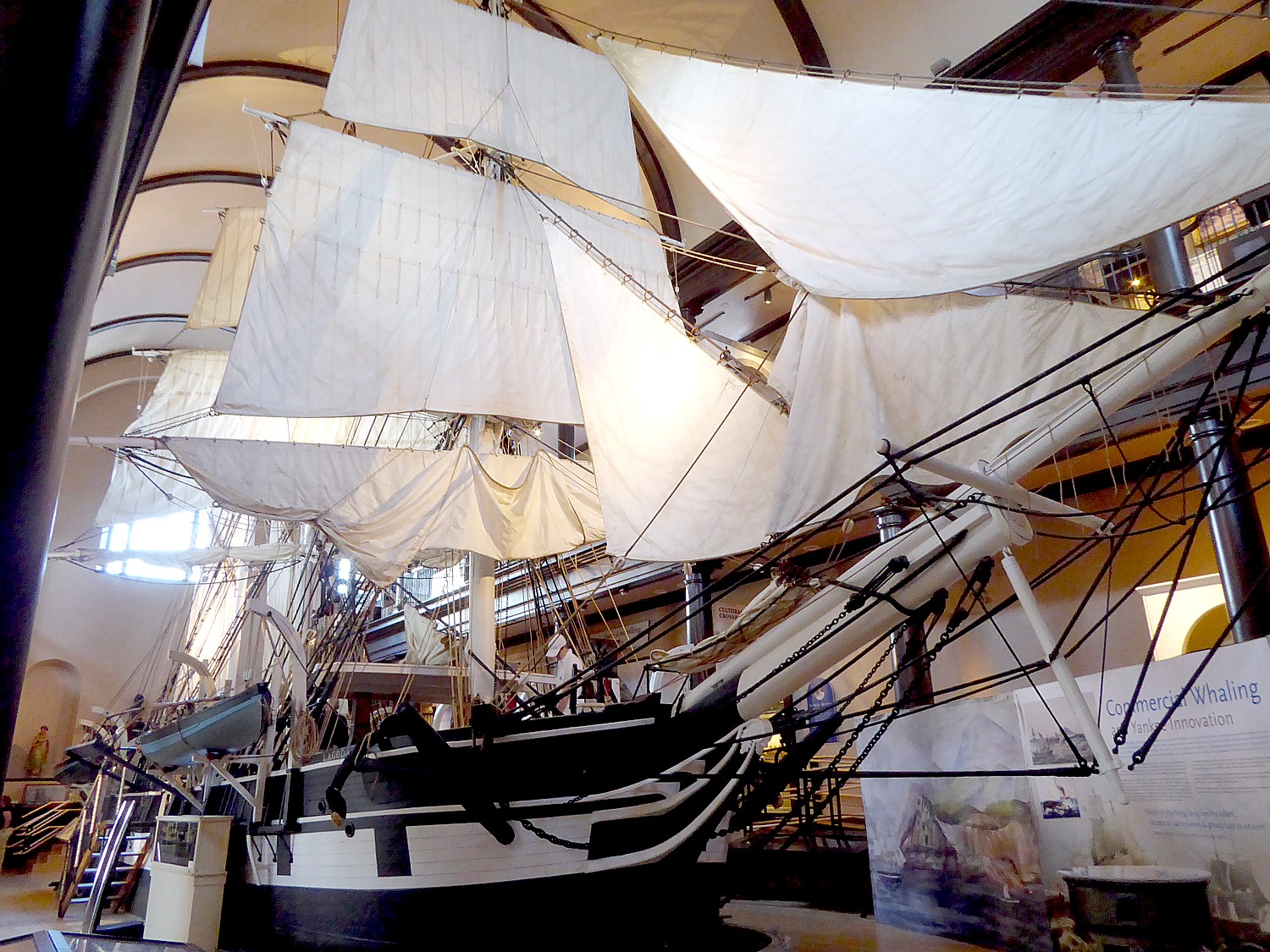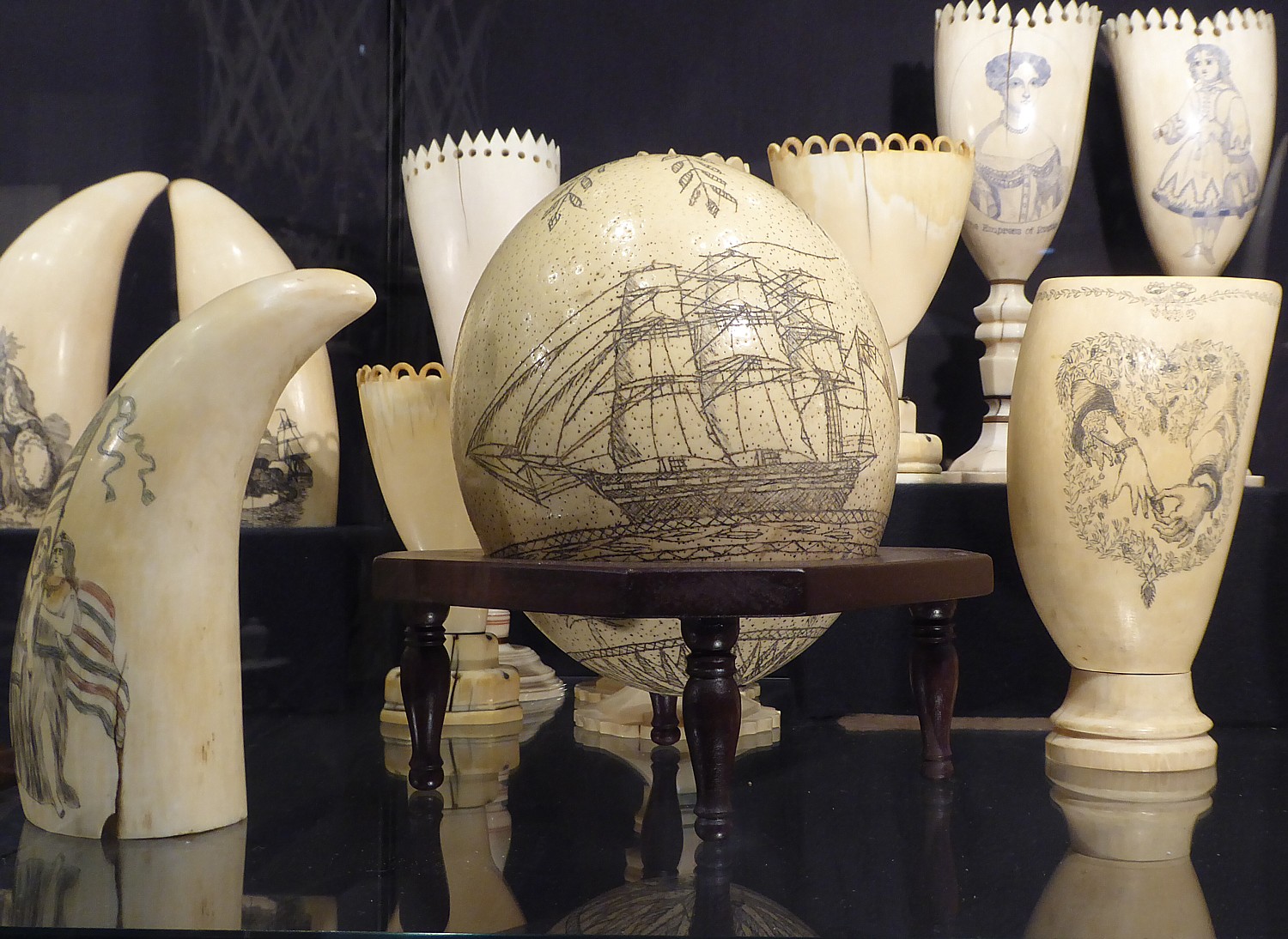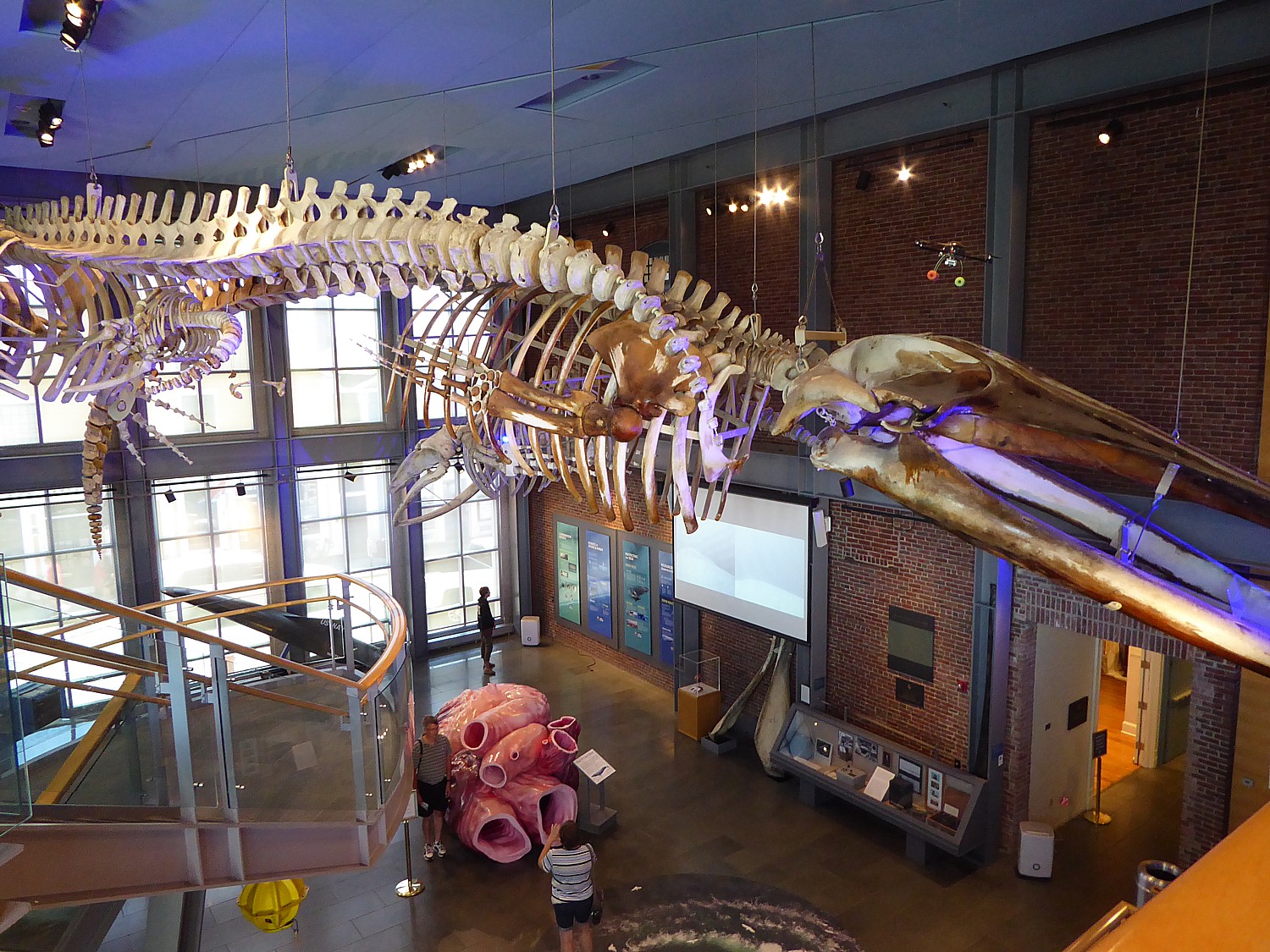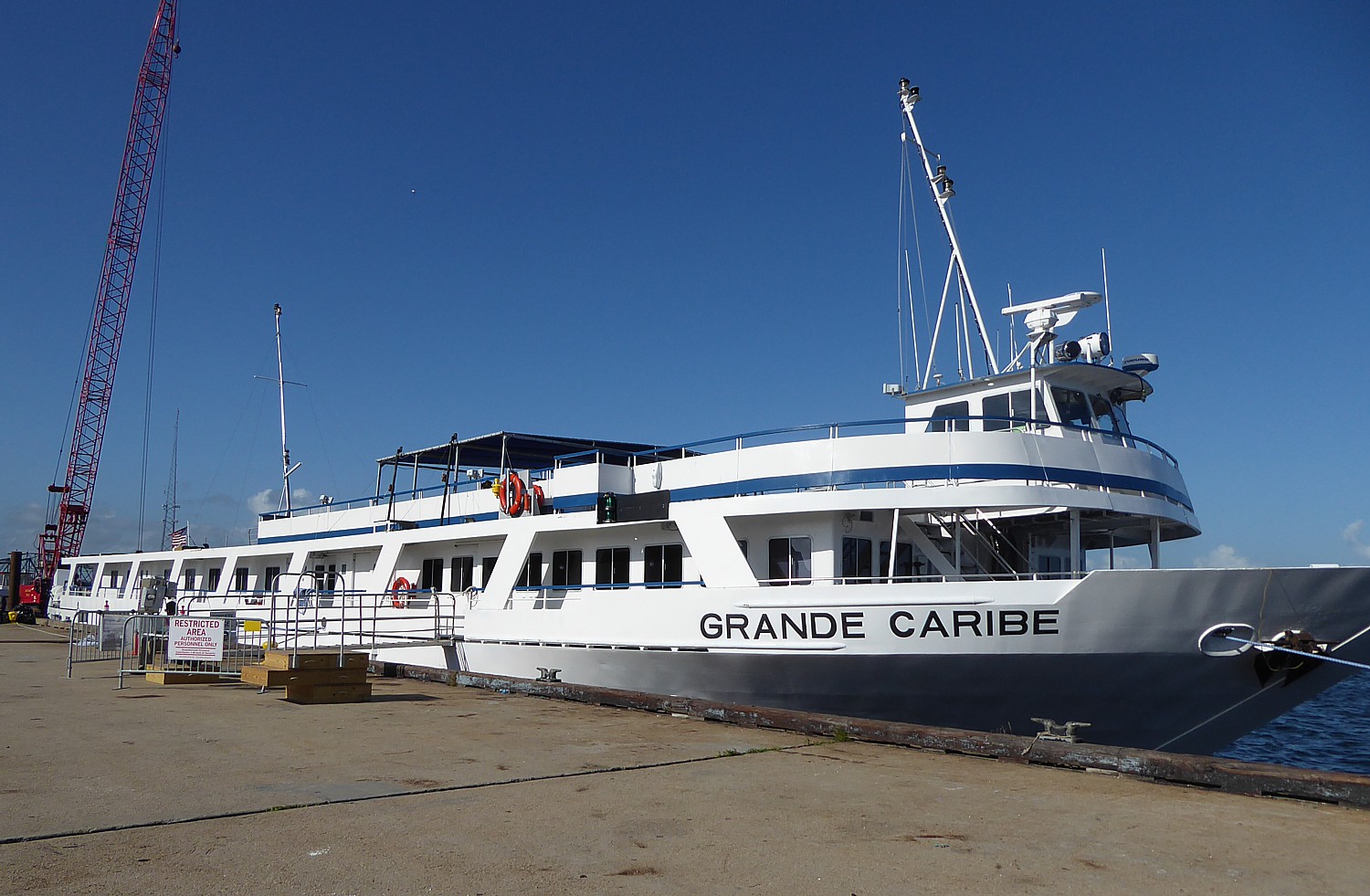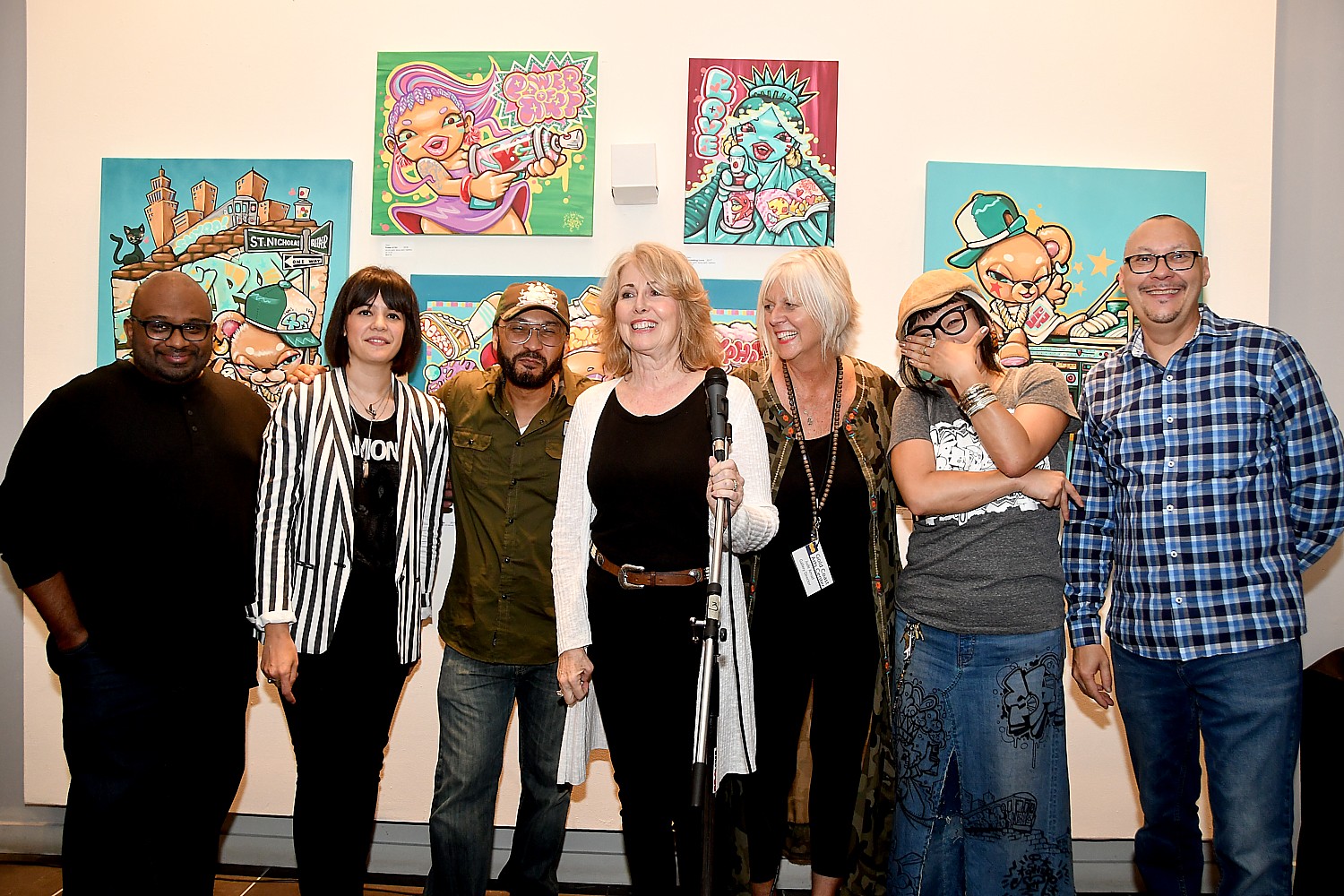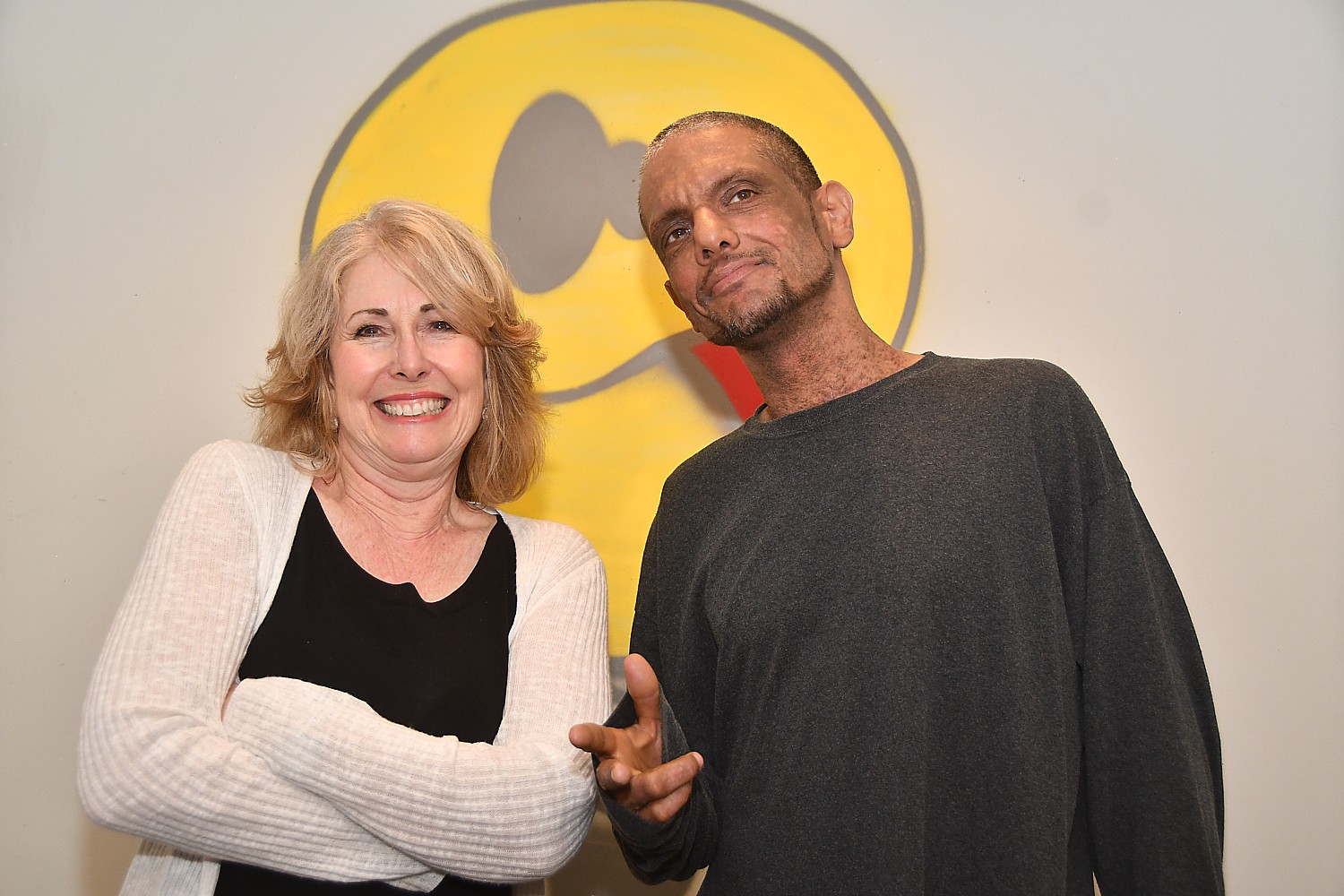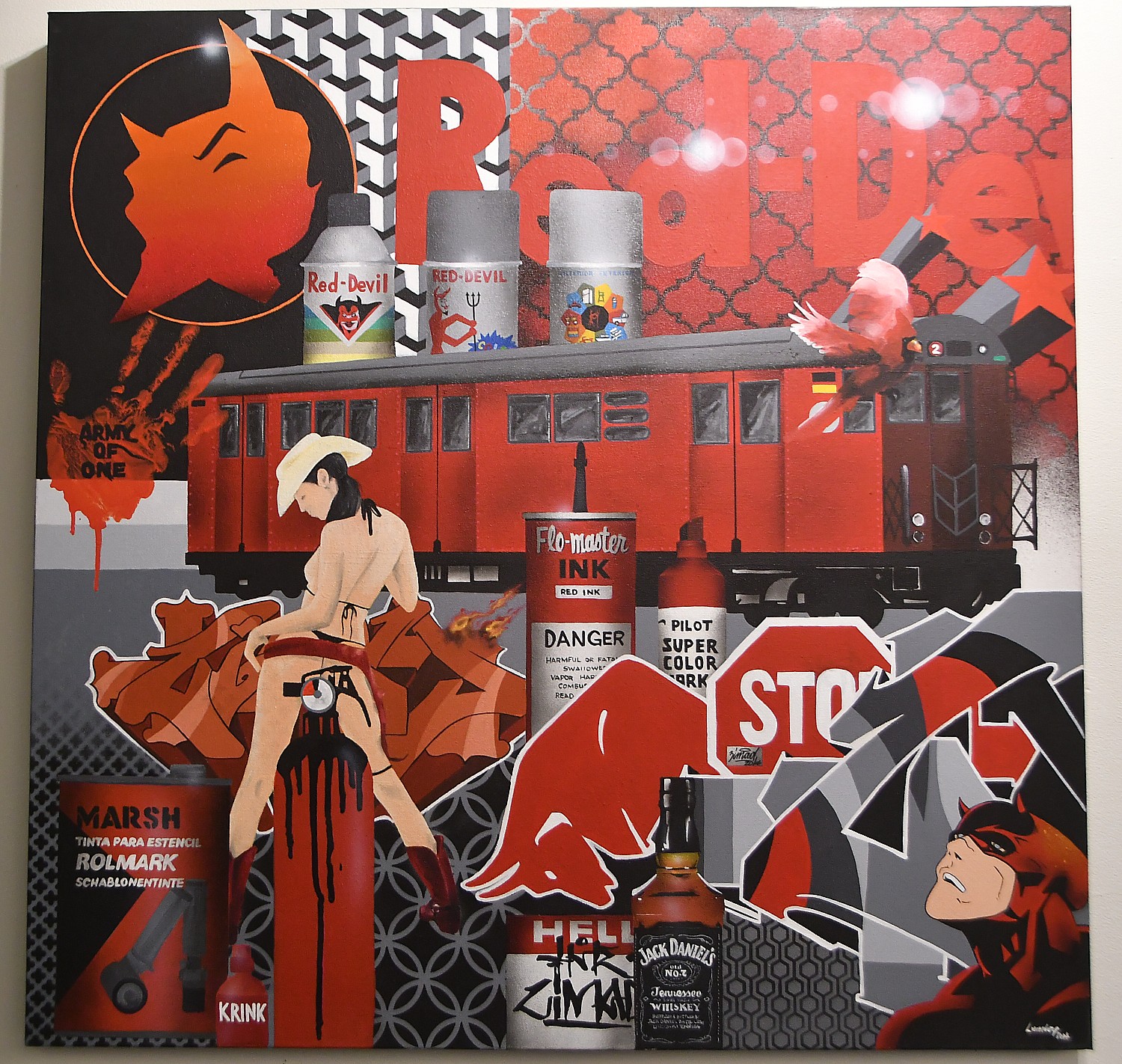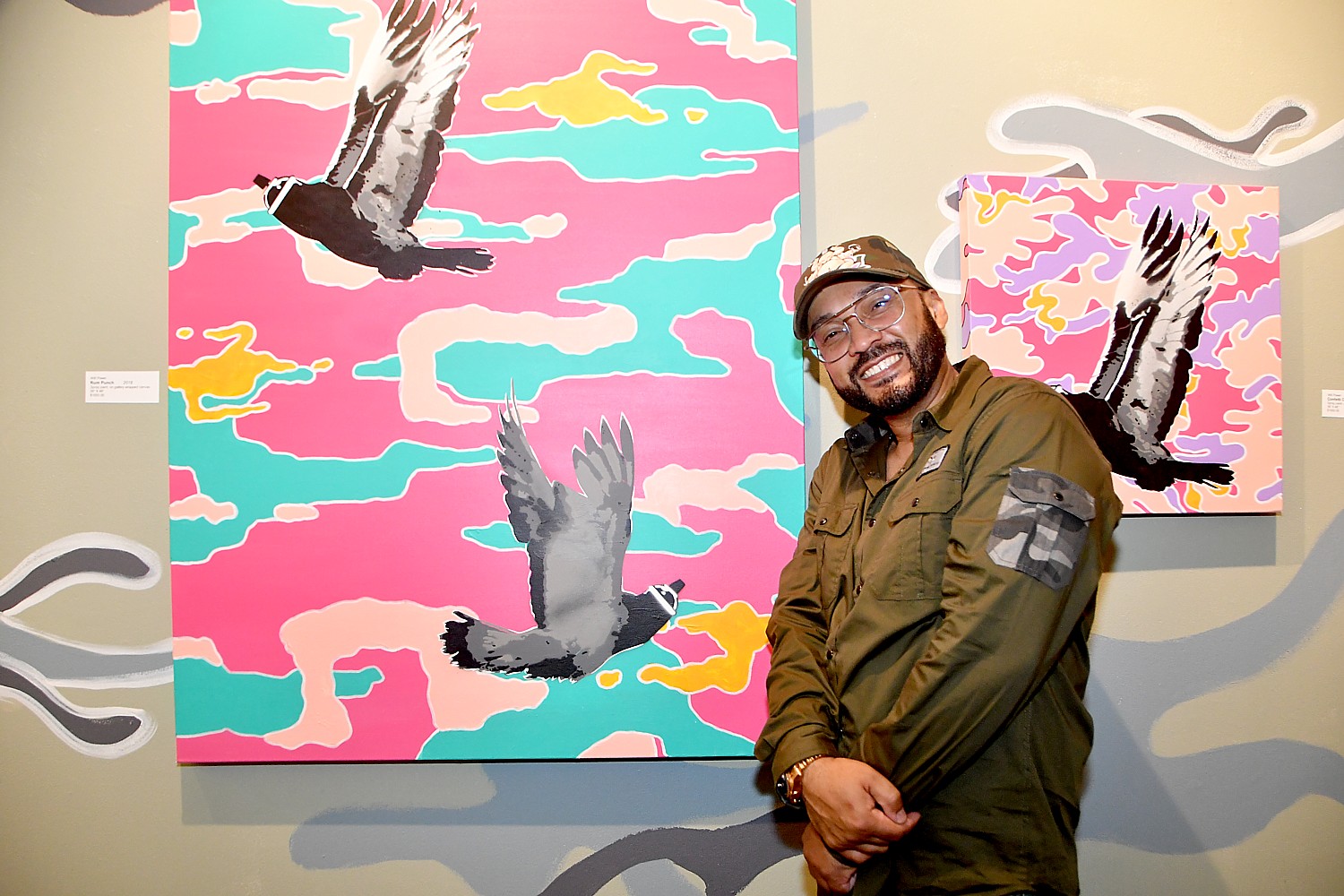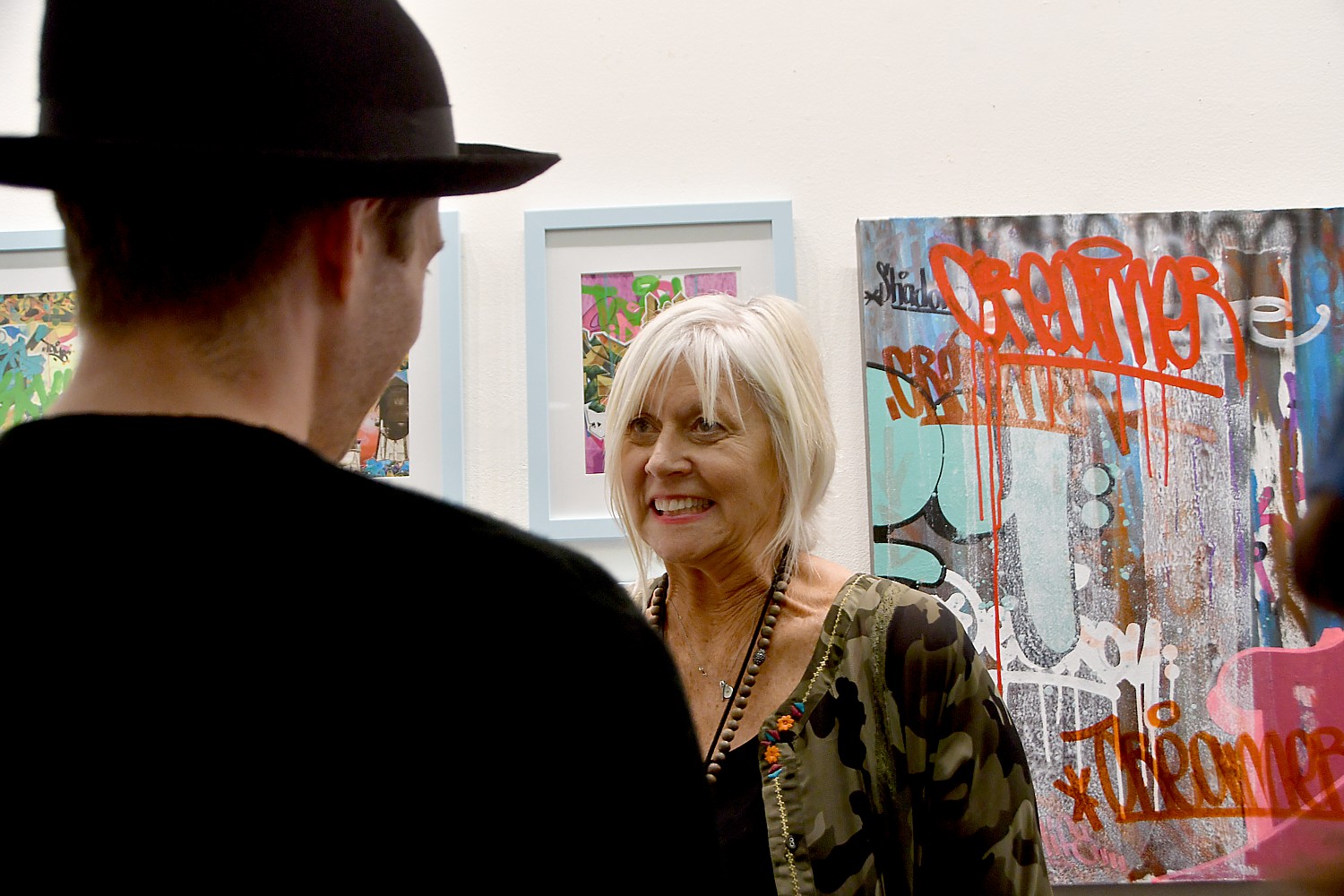
By Karen Rubin, Travel Features Syndicate, goingplacesfarandnear.com
Are you Bond or Bourne? Once you leave Spyscape, you will learn there are many more roles to play in the complex and ever more ubiquitous world of intelligence. After going through eight “tests” and many stations which do their best to insert you into the realm of espionage and profile you to figure out what job you are best suited to, I would make a sorry spy. I knew from the start I wasn’t either Bond or Bourne. But I found a new calling.
I was expecting a museum, even as museums have become more interactive and engaging and multimedia. But Spyscape, one of the newest attractions in New York City, is not a museum. It is an interactive experience more than anything else, designed to inform you, yes, about the world of espionage and surveillance which, it turns out, is ubiquitous today, but put you in the picture so that you see yourself in the complex enterprise that is intelligence.
Spyscape is modern, state of the art, interactive, pulse-pounding, engaging, immersive experience that lets you peek into the world of espionage, spycraft, intelligence and counterintelligence today from the inside.
You don’t just get taken on a journey through the history of espionage from World War II and on, but become immersed in up-to-the-minute, ripped from the headlines events. Edward Snowdon. Wikileaks. Stuxnet. Black hat hackers. Anonymous. “You might be persuaded not to vote.”
Pandora has truly been let out of her box.
There is a feeling of intensity from the moment you arrive – intended to give you that sense of tension and excitement that must be omnipresent in espionage, and visitors will enjoy as much as the adrenaline rush of skiing down a double-black trail. But is there a place for me?
I am risk adverse. I’m not a gamer. I don’t do puzzles. I’m frightened of going into small dark rooms when I don’t know what is there. I frighten easily.
As you arrive, you are given a bracelet that identifies you at scanning machines that basically track your progress as you go about the exhibit – you complete a series of tasks and quizzes and at the end, are assessed as to what role you might play in the spy apparatus – it turns out there are many, many different functions.
Your entrée into the world of spycraft is the largest passenger elevator in New York City, escorted by a very professional person with a clipboard – it turns out that the ride up is also a multi-media orientation (think “Mission Impossible”).
Your mission: What kind of spy will you be? Or put another way: Where do you fit in the pantheon that is the world of espionage.
The experience is constructed as if a job interview, to immerse you and personalize what would otherwise be technical machines and bios. But it turns out that not all spies work for governments – corporations engage in some of the same techniques, so do journalists, and so do hackers and criminals. And it turns out that the profile you wind up with at the end of all the tasks and quizzes is authentic and serious – not tongue-in-cheek or hokey. I can see some young people seeing new career paths in intelligence (most of the CIA are analysts, not cloak-and-dagger operatives) or even outside, since, as is noted, the skills of a spy are broadly applicable.
The layout (Spyscape takes up a massive amount of space) is purposefully cold, grey, institutional, with constant pulsing sounds – sometimes electronic music, sometimes sound effects, sometimes narration.
I am quite unprepared for the experience, expecting a more conventional exhibit, so am put off stride when all of a sudden confronted with quizzes and tasks. It would have been completely different if I were primed and in a game mode.
One of the tasks I find more engaging (once I got the hang of it), was in the room about coding/decoding, the German’s Enigma machine and the Bombe that British mathematician Alan Turing and colleagues at Benchley developed to break the Enigma code. Here the task is to organize a spy’s escape, but you only have 3 minutes before the Germans will cut off communication to her, and you have to convert a message to code and then decode the response. I do this for the “Limping Lady”, who turns out to be a real person (I later realize she is the spy Virginia Hall) and this was a real scenario.

You get personal insights into Alan Turing, the mathematician who developed a program to break the German “Enigma” machine code. (A fascinating artifact is a copy of Turing’s notes, as a teenager, summarizing Einstein’s Theory of Relativity as a gift for his mother). There is also a brief bio of Joan Clark, one of the Enigma codebreakers who rose to become Deputy Head of the Hut eight. You get to type code on a replica Enigma machine.
After one “test”, in which I fail to figure out patterns, I am given these words of encouragement: “You didn’t do too well today, but you are obviously better in other things.”
Another that is sure to delight is a room of laser beams where the timed task is to shut off lights without piercing the beams – very Oceans 11. (This task gauges your agility.)
All through, the exhibits personalize the serious issue being raised – the history, technology, impact on society – with real people, real events and real artifacts. This is serious business after all with real life and death consequences. Double agents have been exposed and executed; moles have exposed agents who were executed. Wars declared or averted, extended or curtailed, won or lost.
As you weave through, taking your own quizzes and tasks, the exhibits tell stories about real spies, double agents, like Robert Hansen and how he was discovered. Hansen’s treachery led to the unmasking of three soviets who spied for the US, two of whom were executed. – how he was discovered and trapped. Would you have detected Hansen’s deceit?
I have all sorts of trepidation about going into a small dark room which turned out to be the test of how well I could detect Deception (I think I do well at that one, probably by accident).
“Gadgets of defiance” describes the devices that British and American operatives used to carry out perilous missions in Nazi-occupied Europe – forged documents to support their cover identifies; one-time encryption pads and miniature radios to communicate with handlers. They supplied downed Allied pilots with escape maps and compasses and targeted the enemy with weapons and explosives.
I learn about Virginia Hall, an American special operations officer who, as a girl, had dreamed of joining the US foreign service and became fluent in foreign languages, but after she lost part of her left leg in an accident, her dream was cut off as well. When Hitler invaded Paris in 1940, Hall was working for a French ambulance service. She made her way to Britain and joined British special operations. She worked as a journalist for the New York Post in occupied France, and the Germans nicknamed Artemis;the Gestapo considered her “the most dangerous of all Allied spies”. Virginia Hall was the “Limping Lady” of the code scenario.

I learn about Oleg Penkovsky, known as “HERO” who was a Soviet military intelligence (GRU) colonel who was responsible for informing the United Kingdom about Soviet installing missiles in Cuba. The information he provided helped Kennedy through the Cuban Missile Crisis because he realized that a naval blockade could force the Soviet Union to stand down. Penkovsky, the highest ranking Soviet official to provide intelligence for the UK up until that time, is credited with altering the course of the Cold War. He was executed six months after being arrested.
I learn about the British couple, Ruari and Janet Chisholm, who were his handlers in Moscow. Ruari was Moscow Station Chief for M16, the British secret intelligence service. Janet collected much of Pankovsky’s intelligence. During one “brush contact” he walked casually over to her in a park and offered her children a tin of Vitamin C pills. Janet quickly swapped the tin which contained military secrets for another identical one hidden in her baby stroller. The thought of exposing children like that was chilling. (There’s a photo of Janet with her children on a park bench.)
We meet the real life “Q” gadget wizard, Charles Fraser Smith, who was Ian Fleming’s inspiration for the character he used in James Bond. The new multi-sensory James Bond experience explores the creative process behind the 007 movies while revealing the secrets of James Bond’s iconic Aston Martin DB5. You get to peek at gadgets in Q’s lab, examine original concept art in Oscar®-winning Production Designer Sir Ken Adam’s studio and look behind the scenes of Skyfall’s explosive finale.

At another section, you go through a dark curtain and find yourself in this dark round room, illuminated only by giant screens,that give you some sense of the state of surveillance (it is all around). This area showcases whistleblower Edward Snowden who exposed the NSA’s surveillance programs and the reporters who have unmasked government secrets – Laura Poitras and Glenn Greenwald, the journalists who exposed modern day slavery(old school pad and pen, videocamera and computer are the weapons of choice).
This is where you see the message blazing out of a giant screen: “You might be persuaded not to vote.” This is the brave new world of intelligence – not extracting secrets, but in distorting and implanting messages to shape, disrupt or derail society.

One of the last stations is actually the most chilling: Hacktivism discusses hacking, hackers – by anarchists, profiteers as well as nation states. Stuxnet, which was used to disrupt Iran’s nuclear program (a centrifuge is on view). After Iran realized what had been done, it called for the hackers to join in an army.
We learn that Stuxnet is now open source, sold on the blck market, and could be used by any number of actors to shut down electric grids, water systems or air traffic control or remotely give instructions to launch a nuclear attack. And no one knows who has it.

And now, I am really to go into my “debrief – encryption, deception, surveillance, special ops, brainpower (7/18), which comes up with my spy role: Agent Handler (I suspect they give that one to all those who don’t measure up as real spies).
But it isn’t done flippantly or tongue-in-cheek. The authentic personal spy profile is based on psychologists and a former Head of Training at British Intelligence, and sounds pretty authentic (as were the short tests for which I was totally unprepared):
“Your Spy Profile is your unique (and ever evolving) combination of attributes. When compared to others, it allows us to determine the Spy Role you are best suited to.”
My profile – “empathetic, inquisitive, composed” – turns out to be fairly accurate and also serious, developed with real psychologists.

Later in the day, I am sent a comprehensive profile to my email and a Welcome letter. “Your Spy Skills can be valuable in everyday life. We’ve evaluated your Core Attributes and Spy Skills to determine your Spy Profile. Top psychologists and spymasters helped us build our Spy Profile system. We hope the self-knowledge in your Spy Profile will empower you, and inspire you to further develop your Spy Skills.”
The missive gives me more detail about my role as Agent Handler: A manager of agents who provide secret intelligence or operational support, and an insider view from General David Petreus.
In the real life example, I am given the bio of the agent handler for my new spy hero, Oleg Penkovsky (his code name was Hero) and the background that I found so compelling in the exhibit, about his handler, Ruari Chisholm, and an example of a typical operation, procuring cover material for an agent in the Iranian government who wants to provide info on Iran’s potential to develop nuclear weapons.
(This makes me think of important omissions in Spyscape: Valerie Plame, the CIA undercover agent who was infiltrating the Iran nuclear program until Plame’s identity as covert officer of the CIA working in counter proliferation was leaked to the press by members of George W Bush administration and subsequently made public as retribution for her husband, Ambassador Joseph Wilson’s reveal about the false information that led to the US invasion of Iraq; she also had knowledge to disprove Bush’s contention that the aluminum tubes that Iraq had could be used as centrifuges for nuclear material. Also, how Andrew McCabe, the foremost counter-intelligence expert on Russia, was drummed out of the FBI by Trump to short-circuit the investigation into Russian collusion with the Trump campaign and the 2016 election).
Spyscape will excite and thrill as it informs and intrigues. It helps to be prepared in advance for what you will encounter – I think I would have done considerably better and had better attitude.
And like skiing, it is an experience that adults and older children will relish doing together.
There is a continuing relationship – they send you the profile, and follow up with articles, stories, spy challenges, sharing news about factual and fictional worlds of spying and hacking “and helping you develop your own spy skills. We will be adding content from top hackers and spies to spyscape.com/academy so check in regularly to see what’s new.”
I think I’m being groomed. I’m definitely intrigued.
From Spyscape, I walk down to the KGB Museum in Chelsea. It is an interesting Spy v Spy counterpoint that enhances the experience of each one separately.
Visiting: SPYSCAPE is optimized for adults and teens, but children are welcome. Bringing pre-school-age kids is not recommended. You need about two hours. There is a pleasant café and the gift shop is loaded with spy-related merch. Open Monday-Friday, 10 am-9 pm and Saturday-Sunday, 9am-9 pm, last entry at 7:30 pm. (Adult, $39; child 3-12 $32).
Spyscape, 928 8th Avenue (entrance on SE corner of 55th Street), 646-585-7012, spyscape.com
Next: Spy v Spy in New York City: New KGB Spy Museum is Window into How Spies Impact World Affairs
_____________________________
© 2019 Travel Features Syndicate, a division of Workstyles, Inc. All rights reserved. Visit goingplacesfarandnear.com, www.huffingtonpost.com/author/karen-rubin, and travelwritersmagazine.com/TravelFeaturesSyndicate/. Blogging at goingplacesnearandfar.wordpress.com and moralcompasstravel.info. Send comments or questions to [email protected]. Tweet @TravelFeatures. ‘Like’ us at facebook.com/NewsPhotoFeatures


